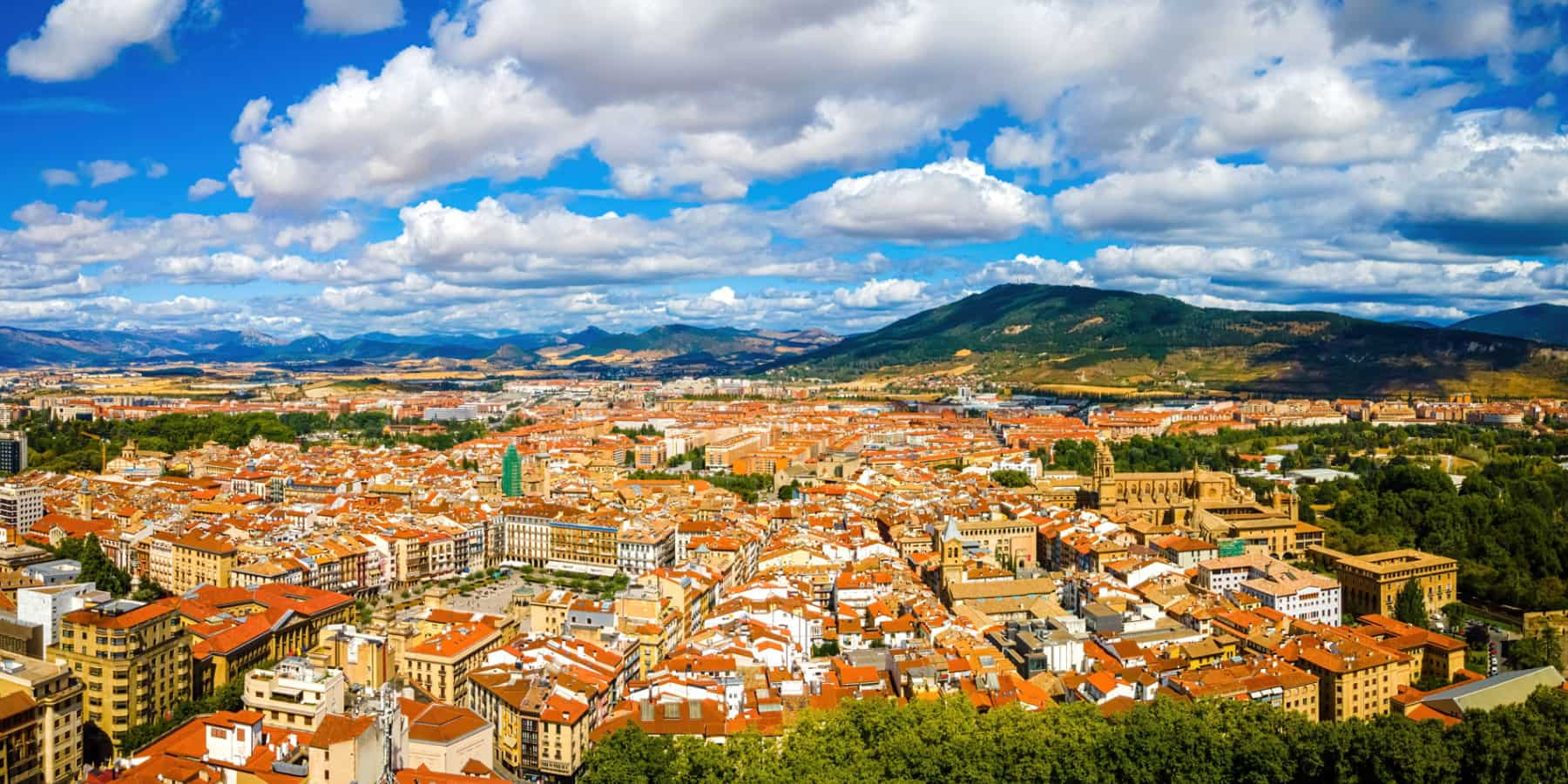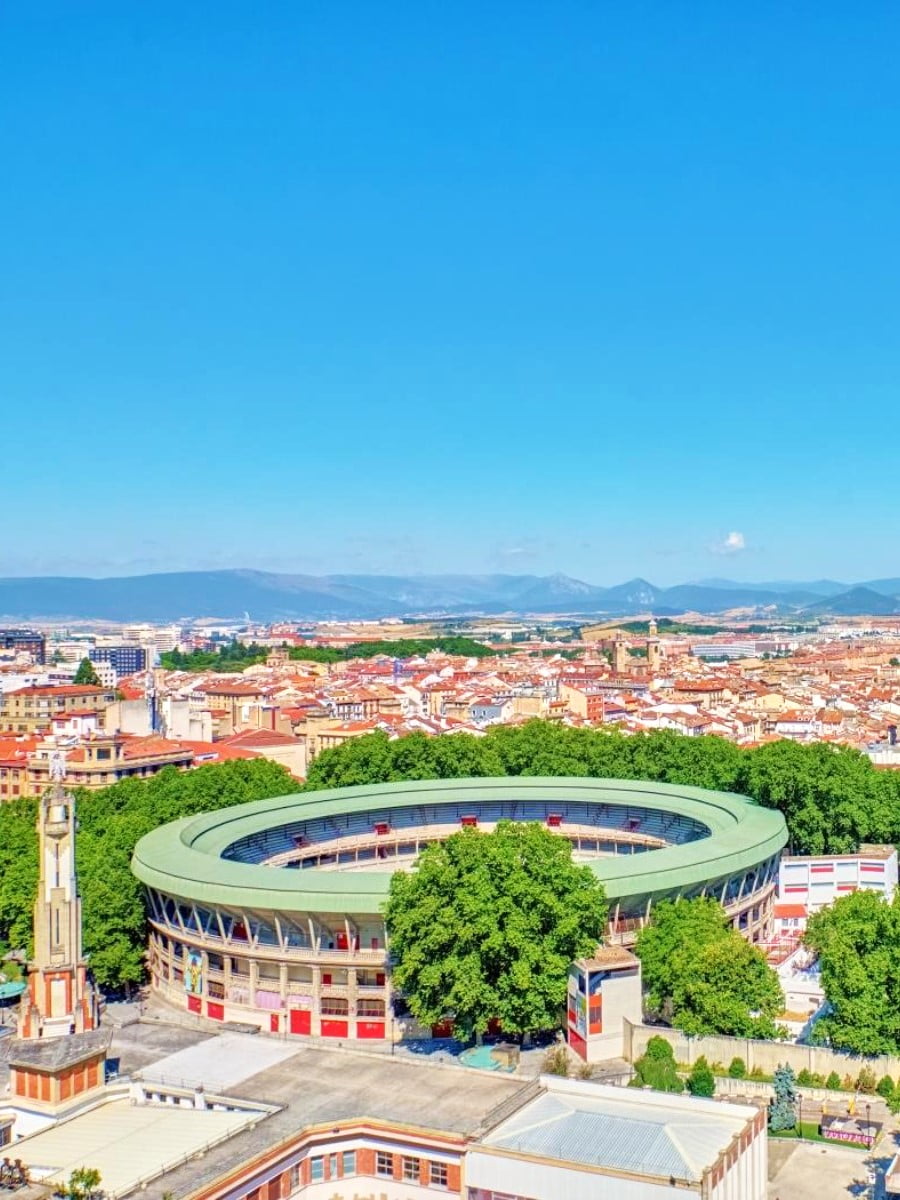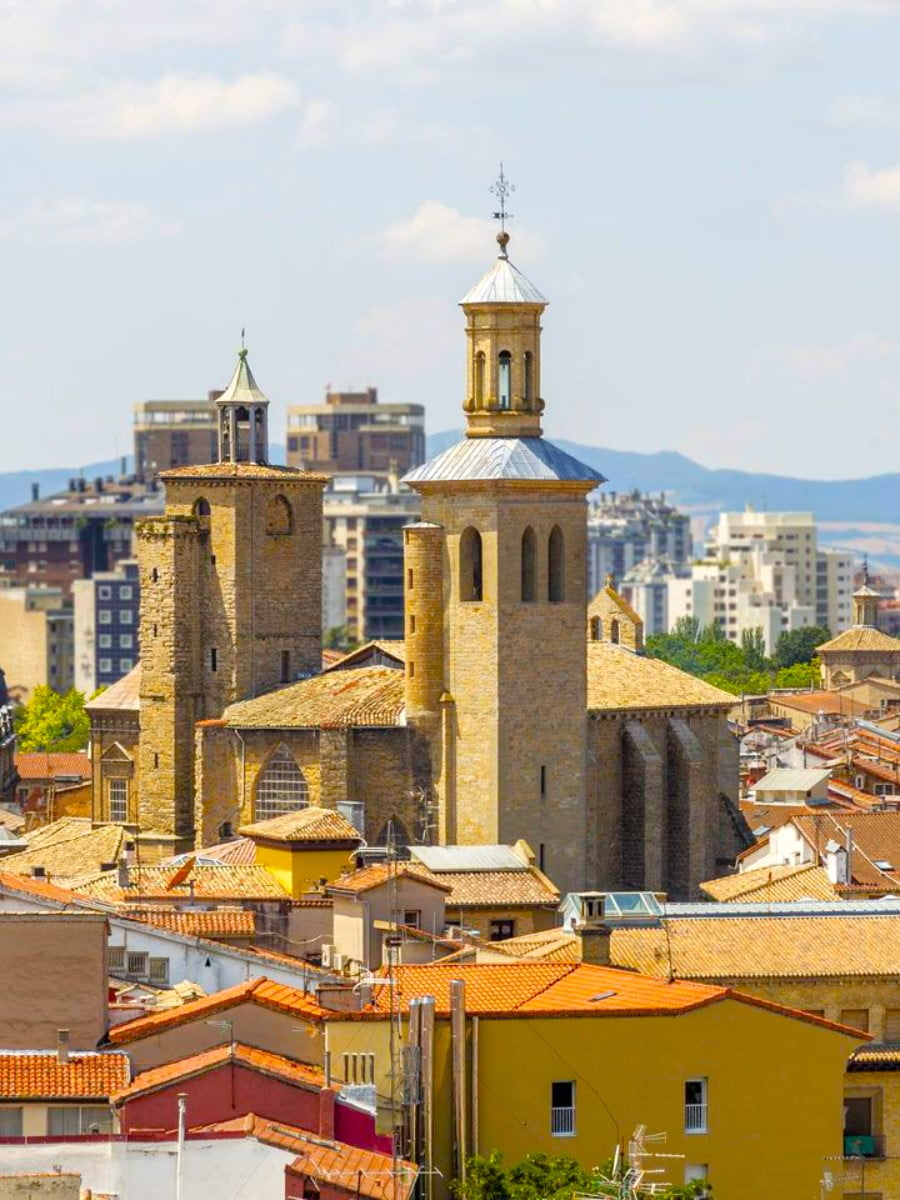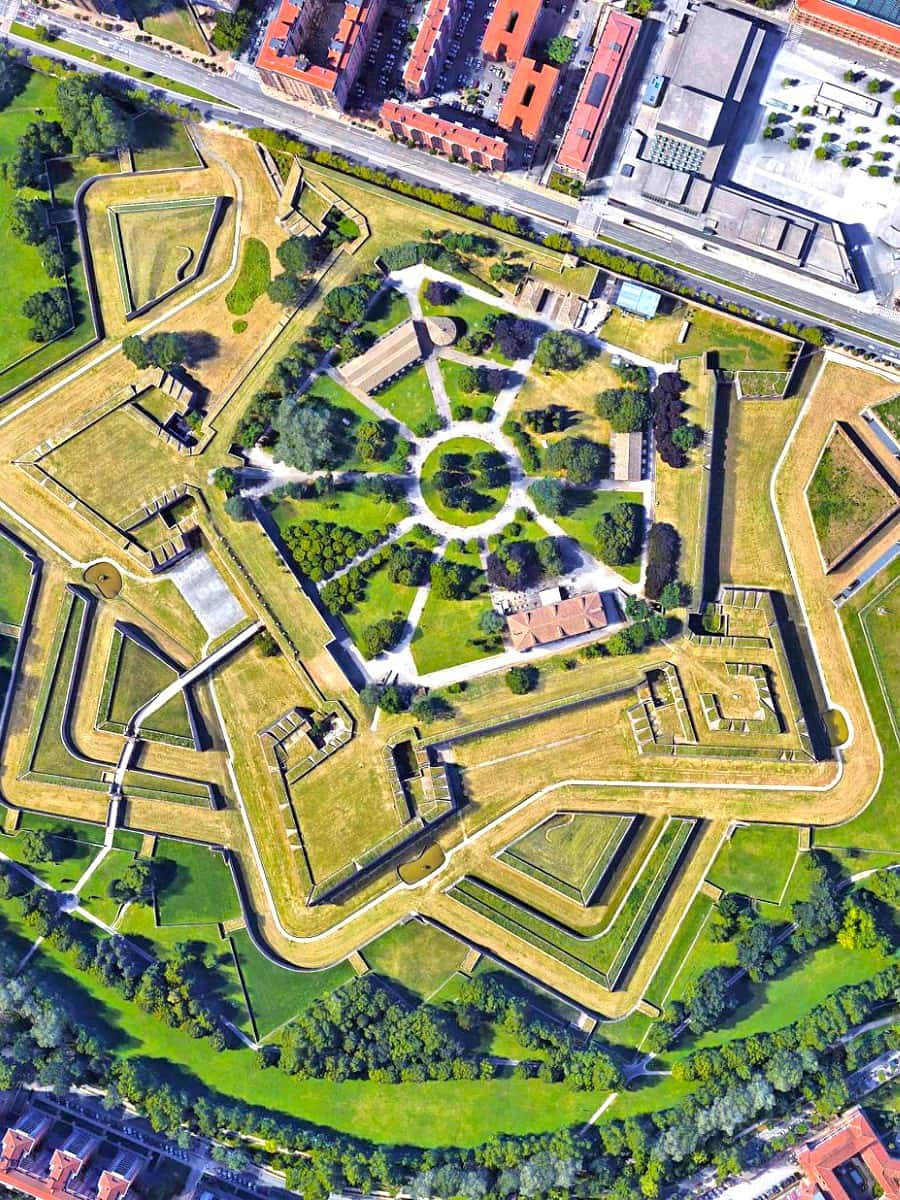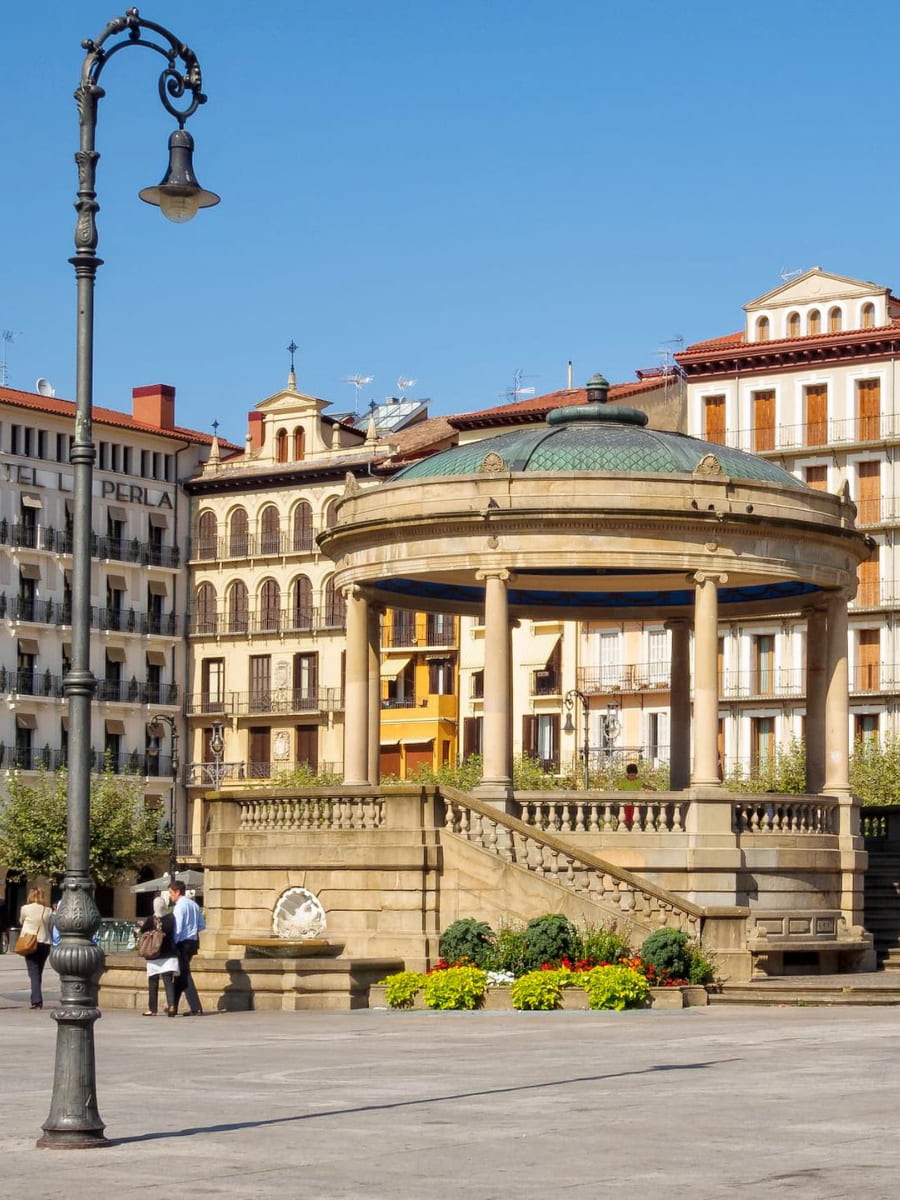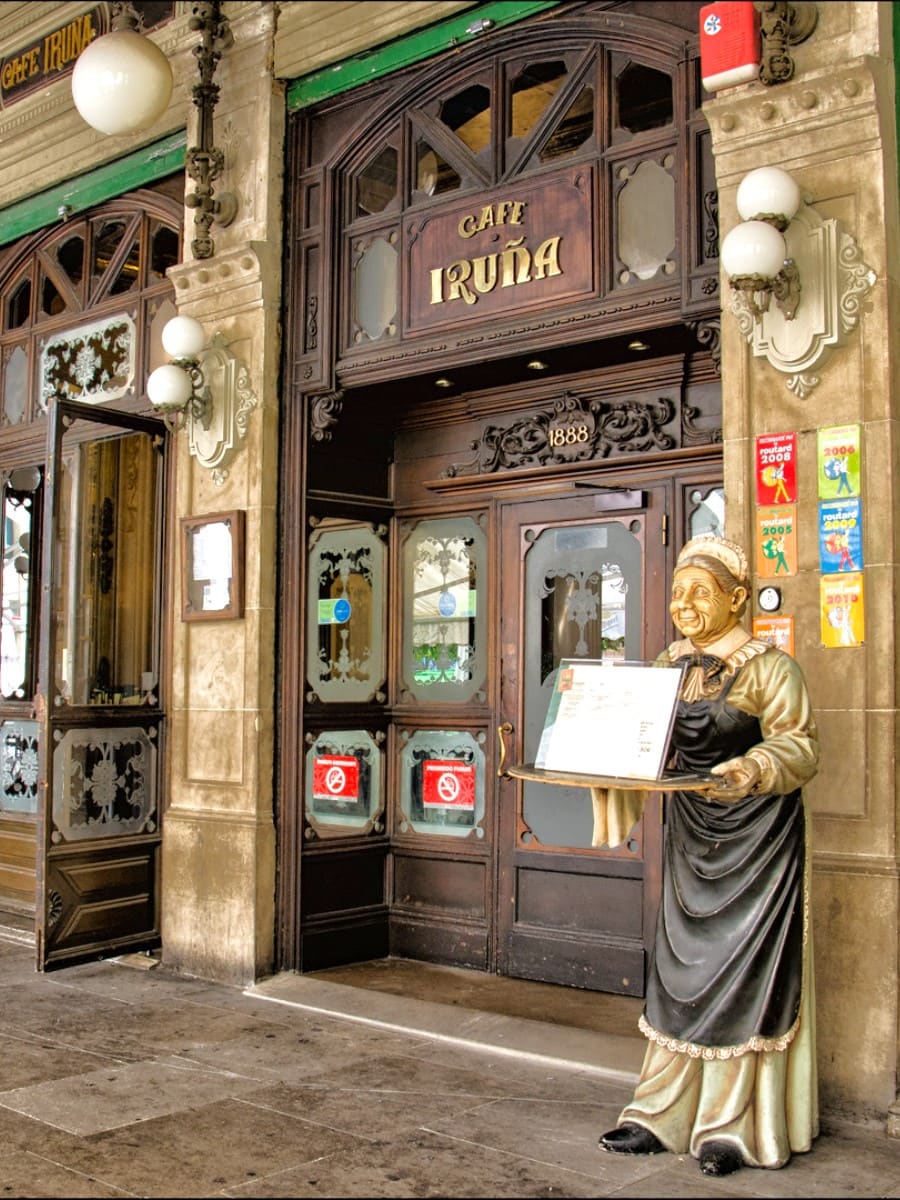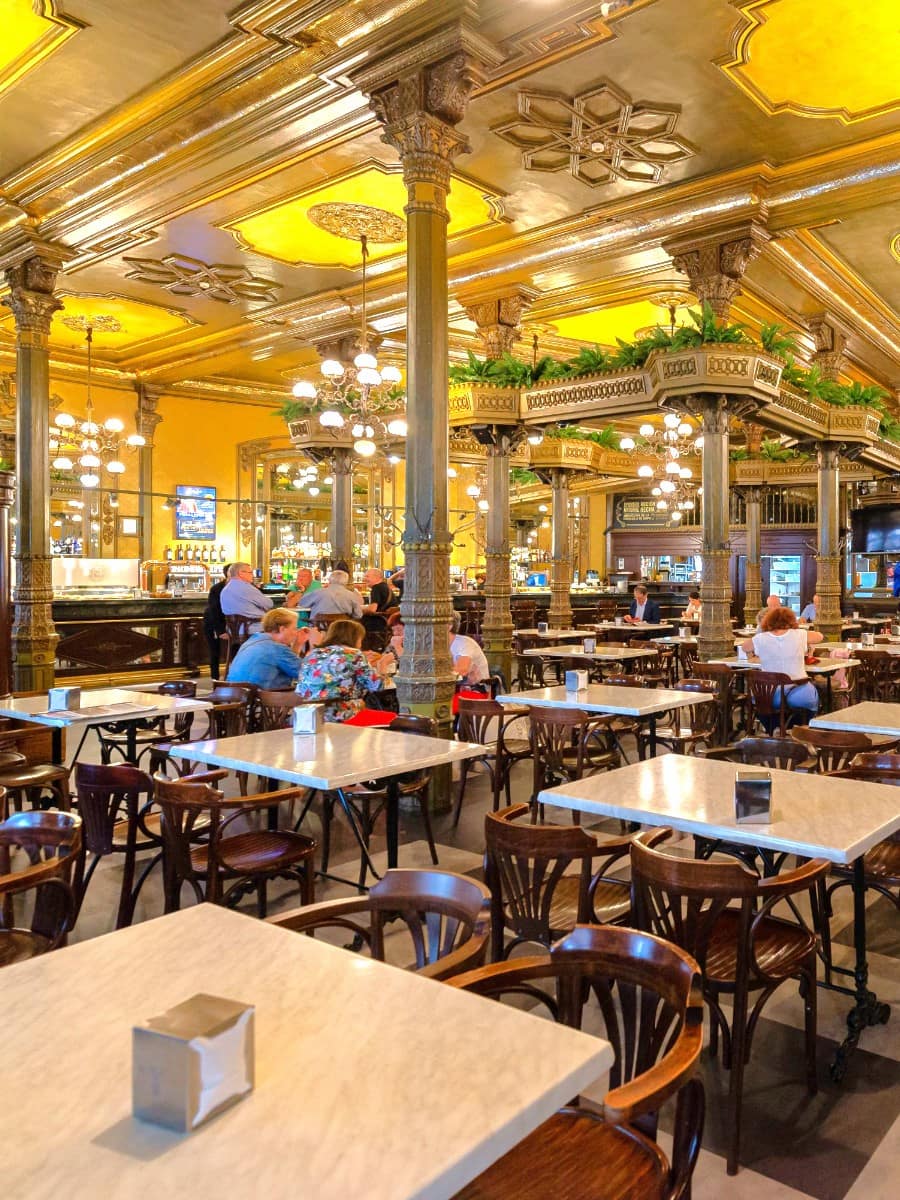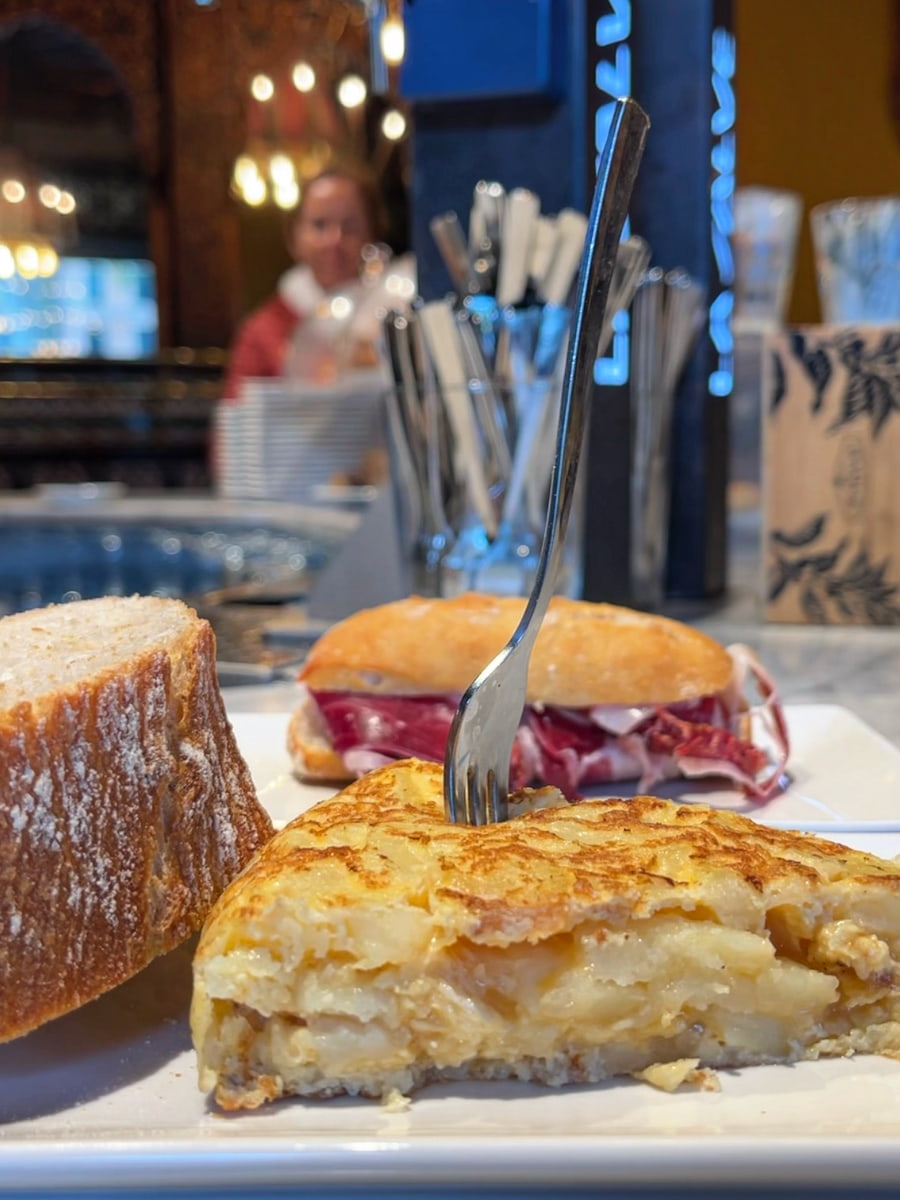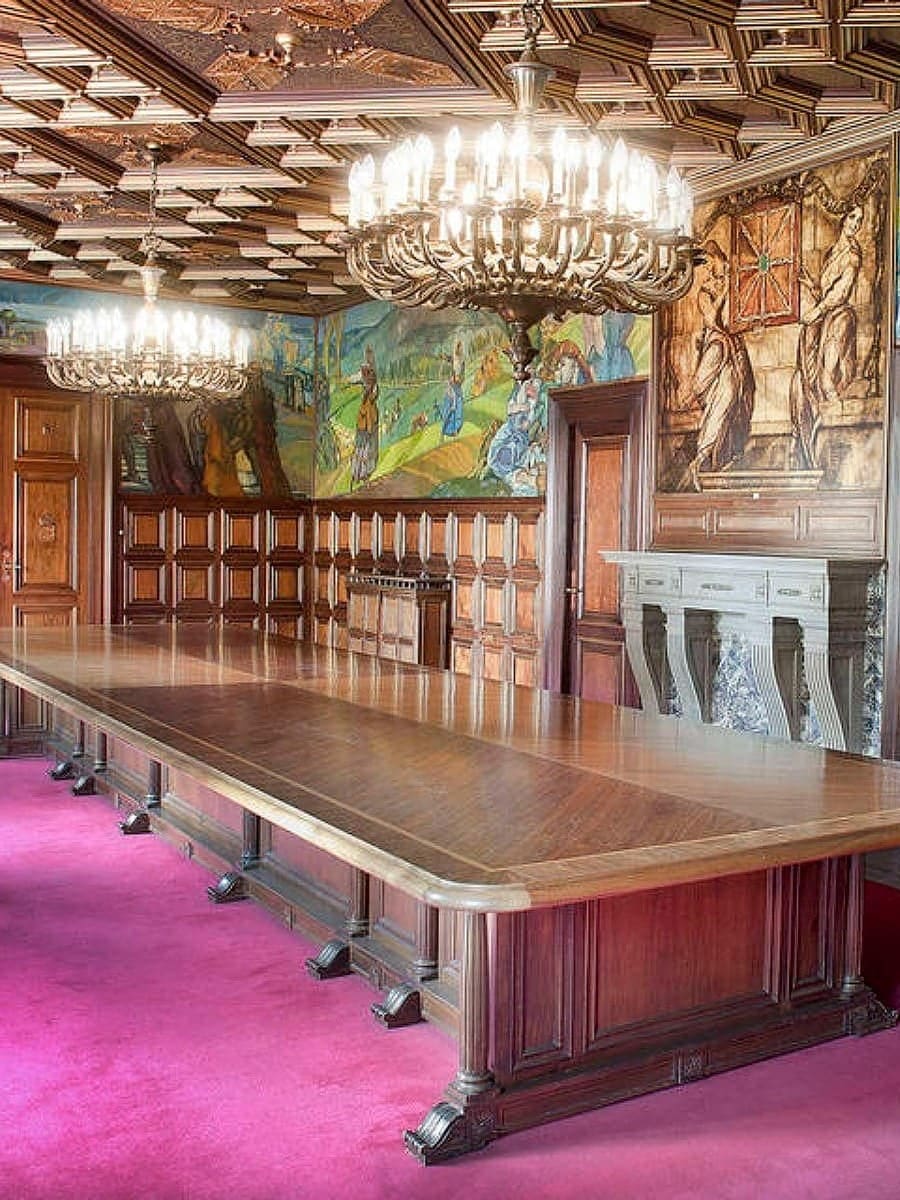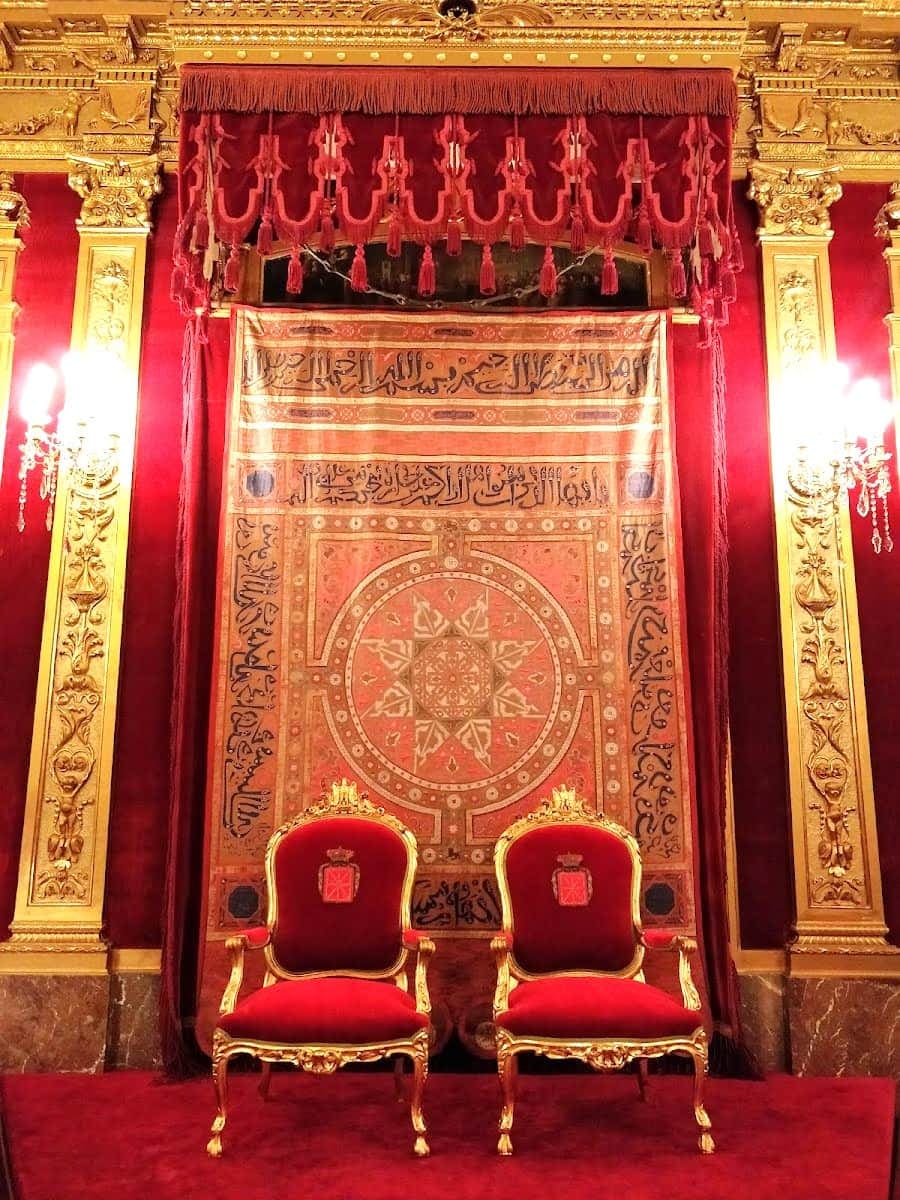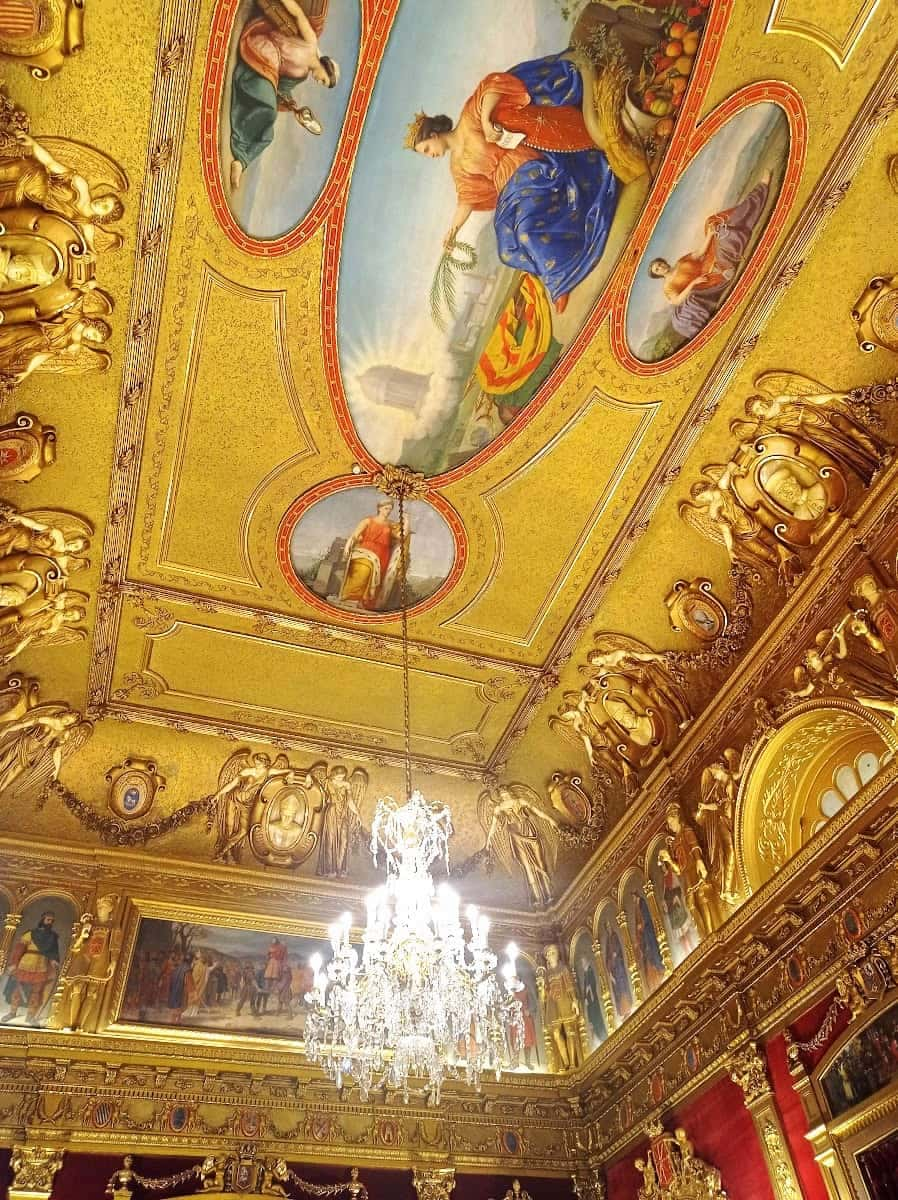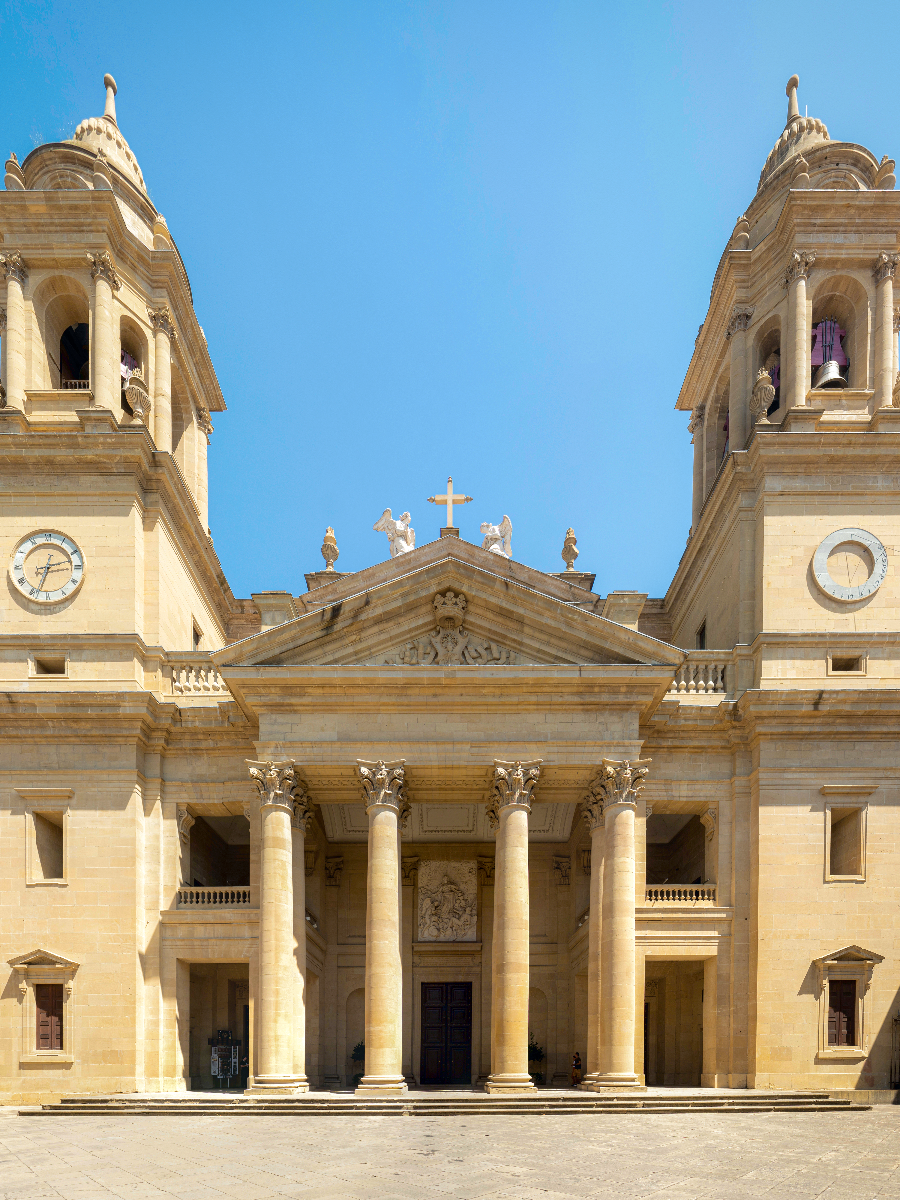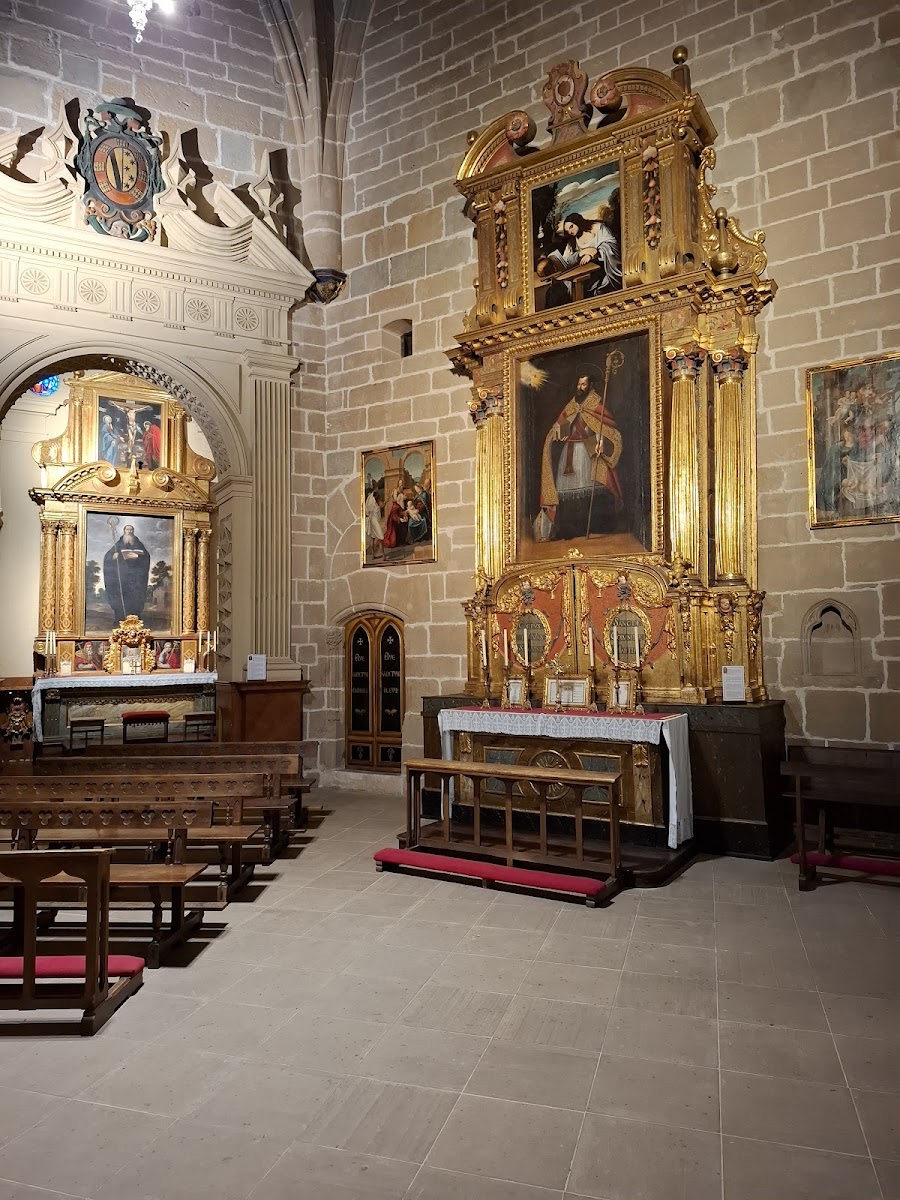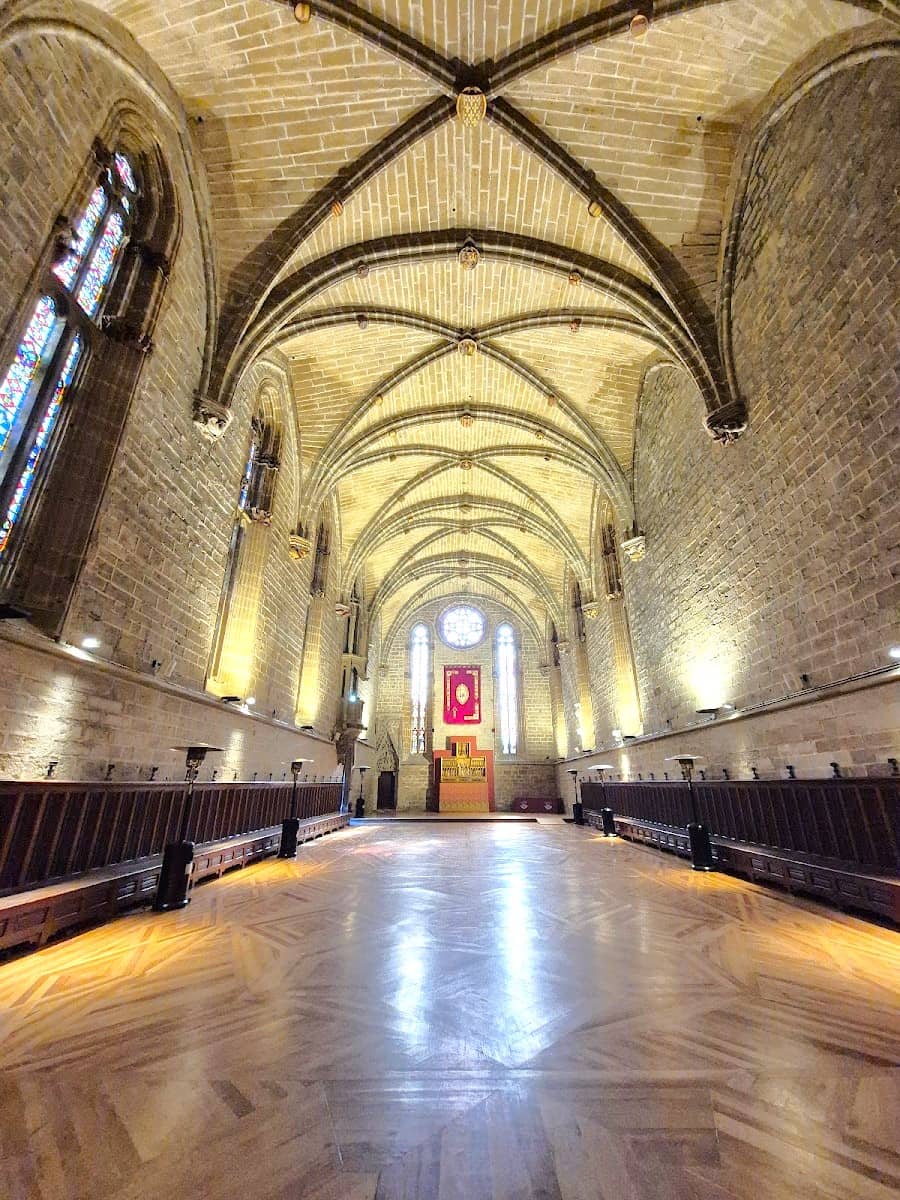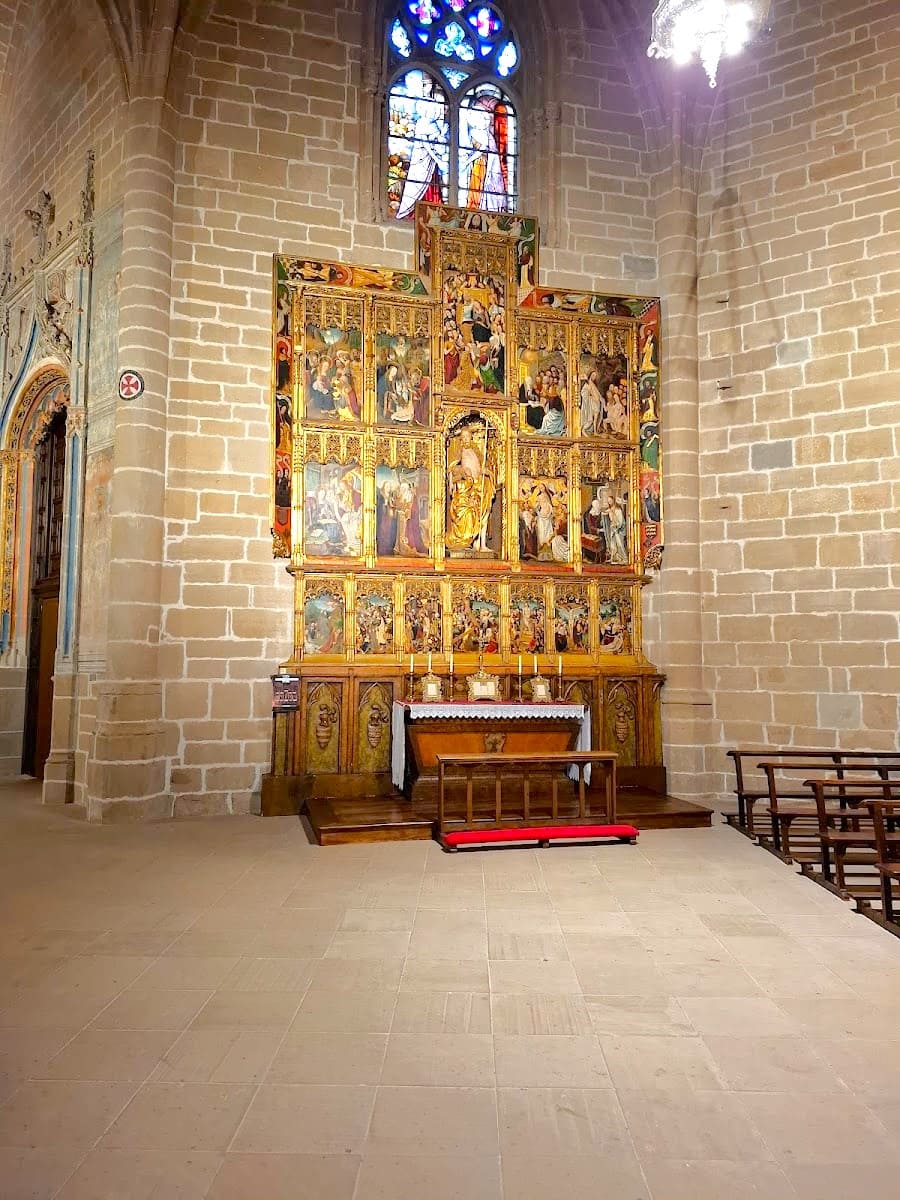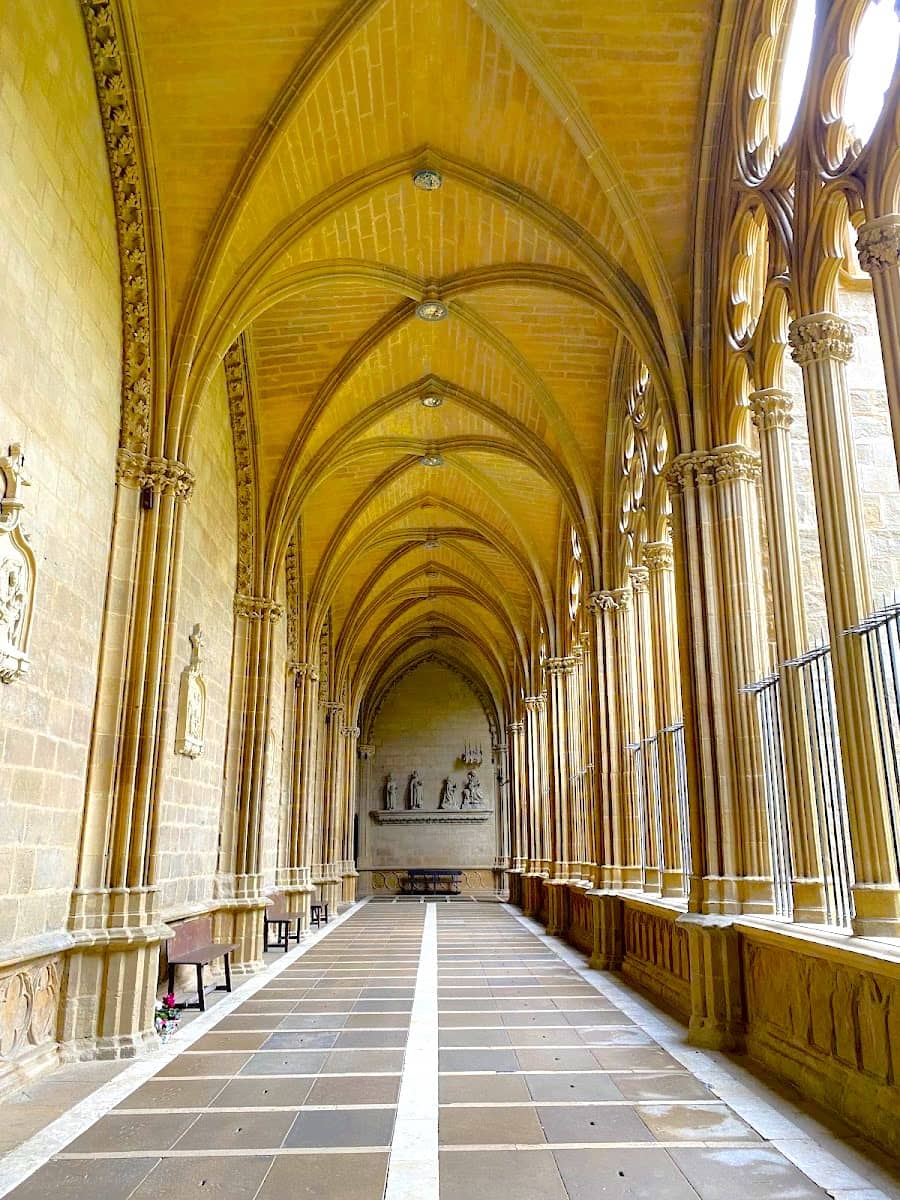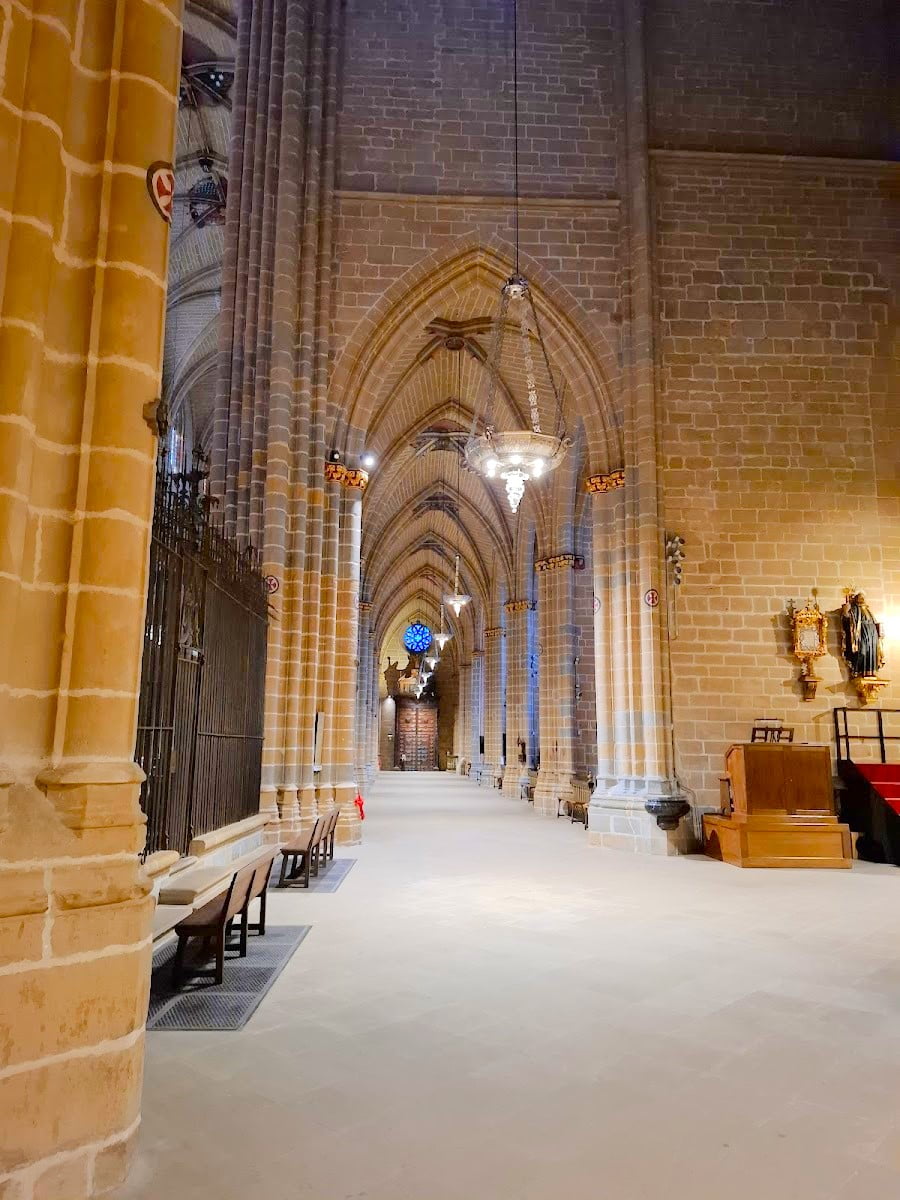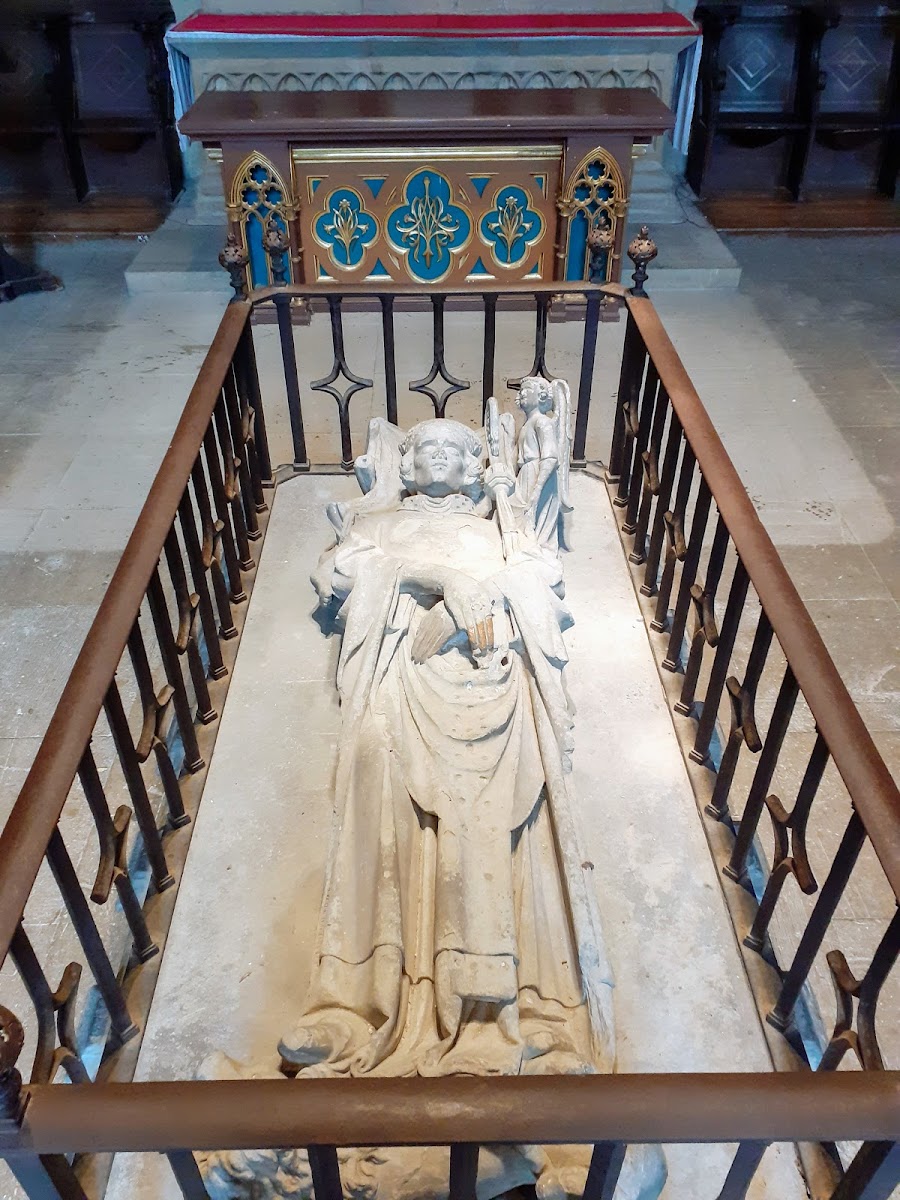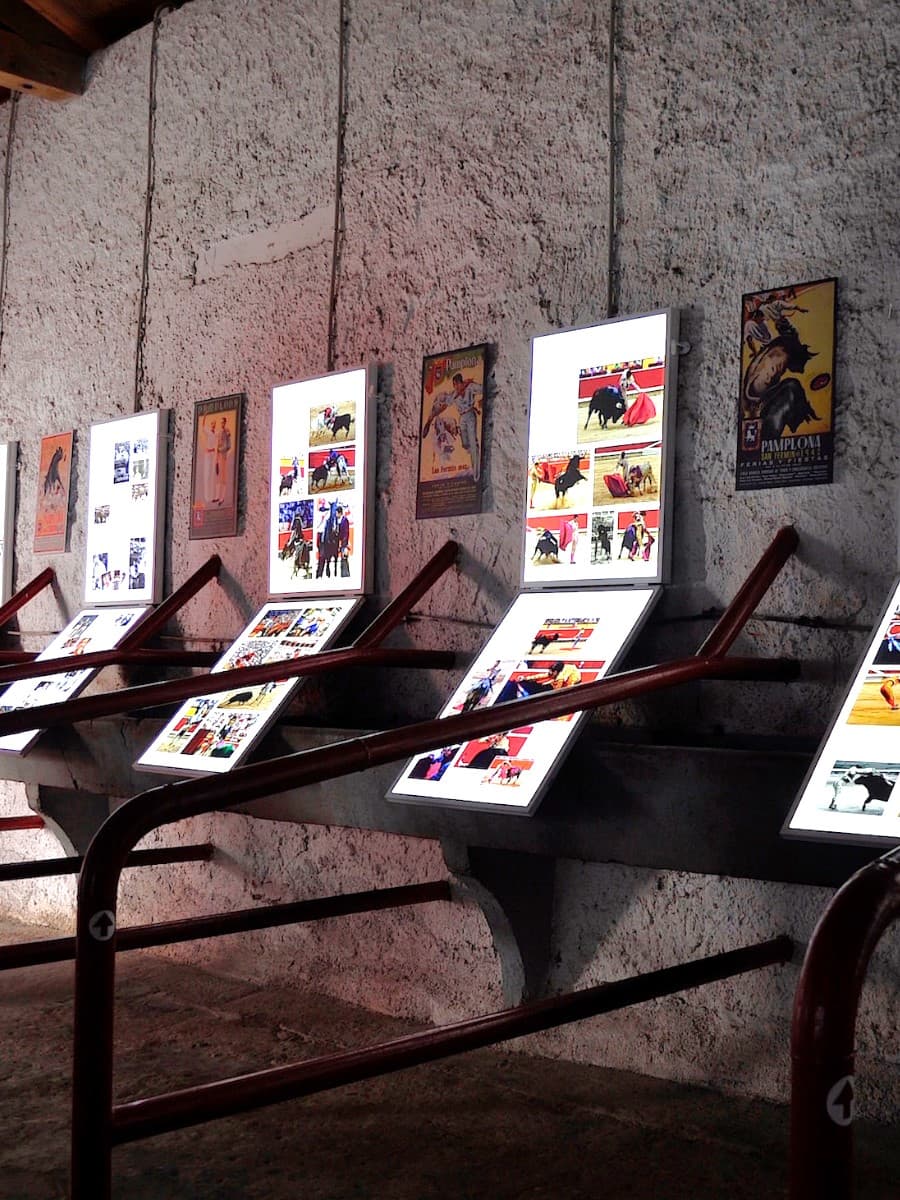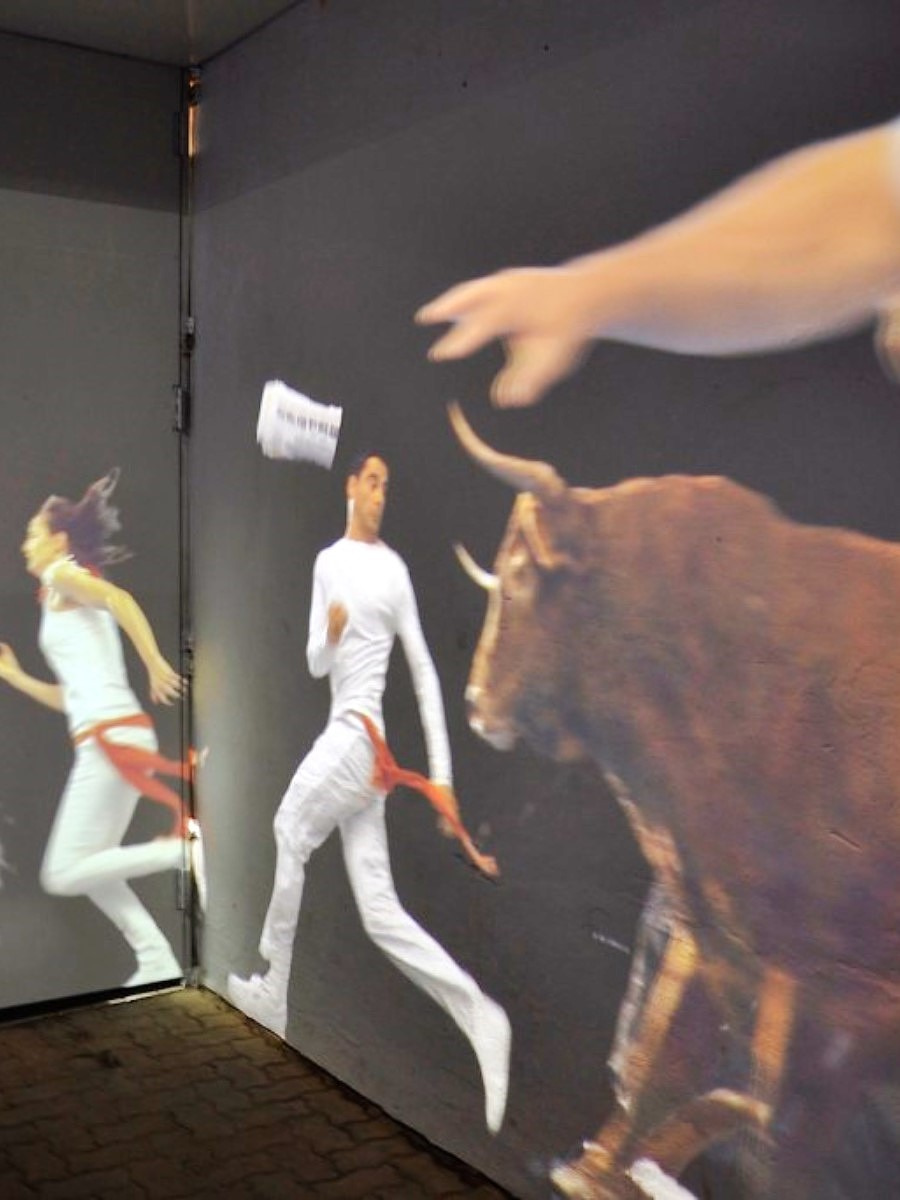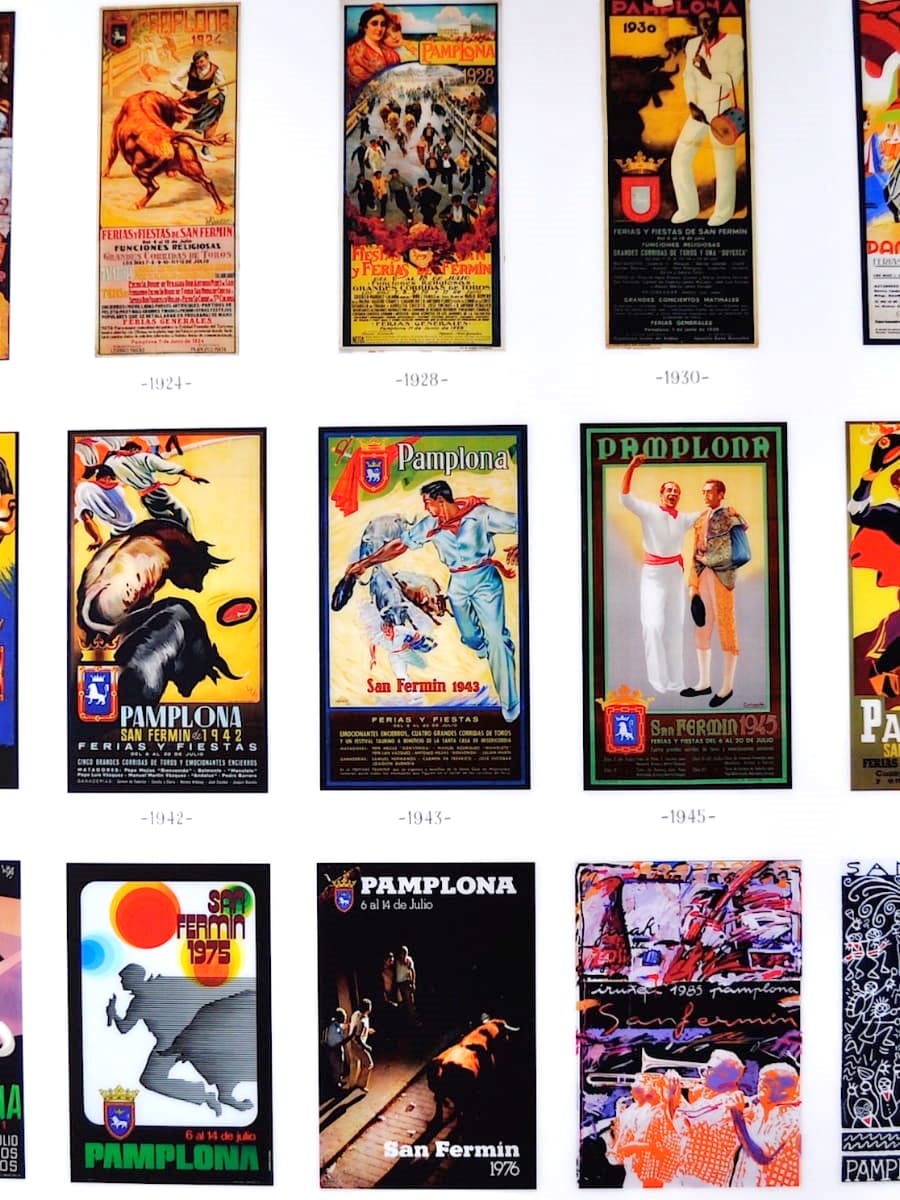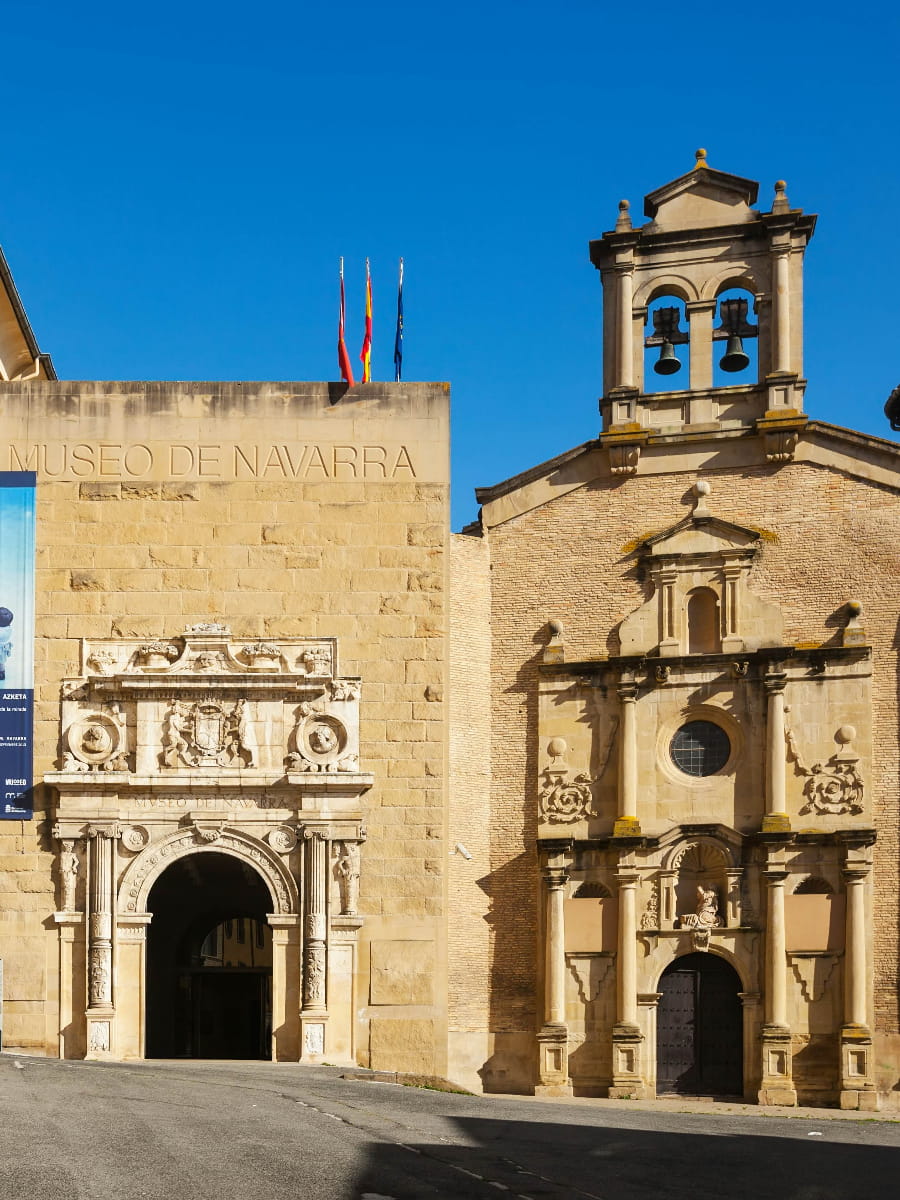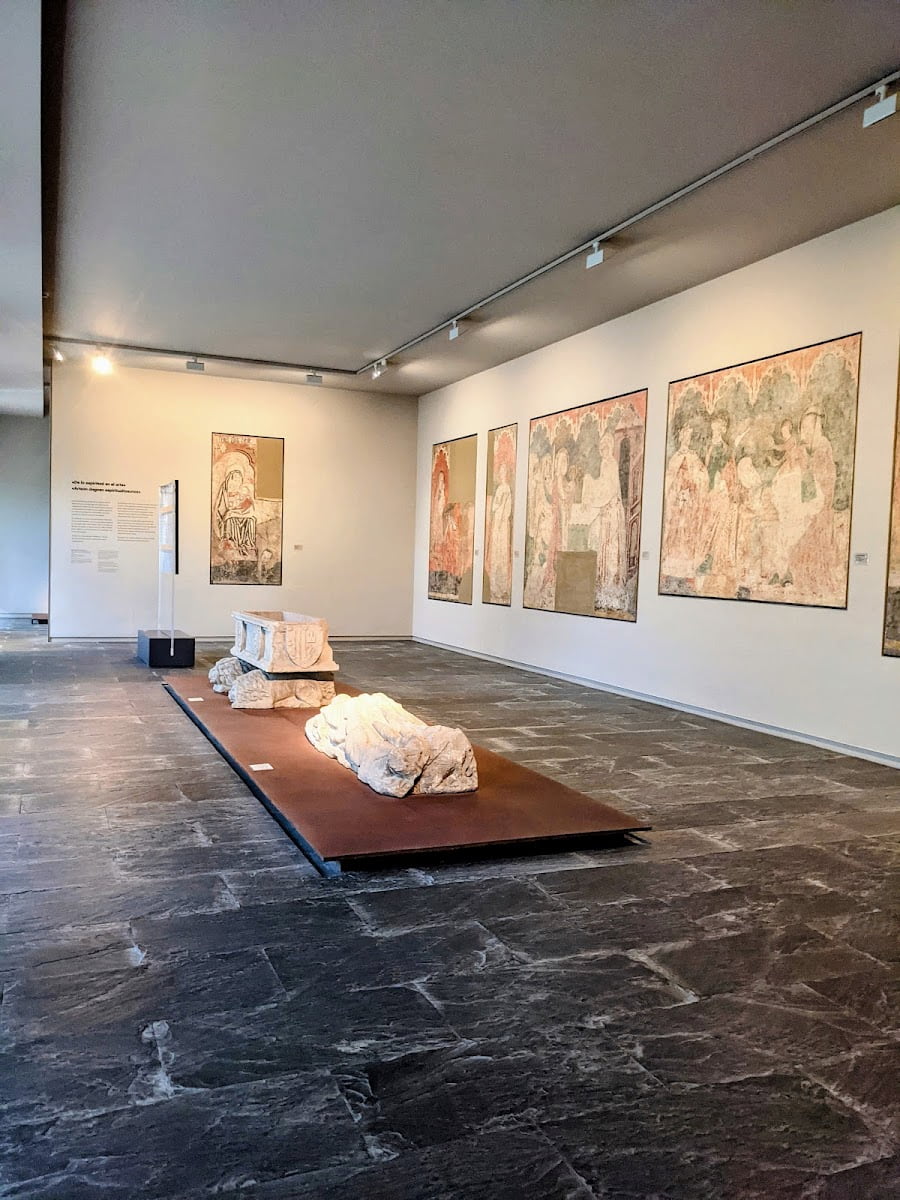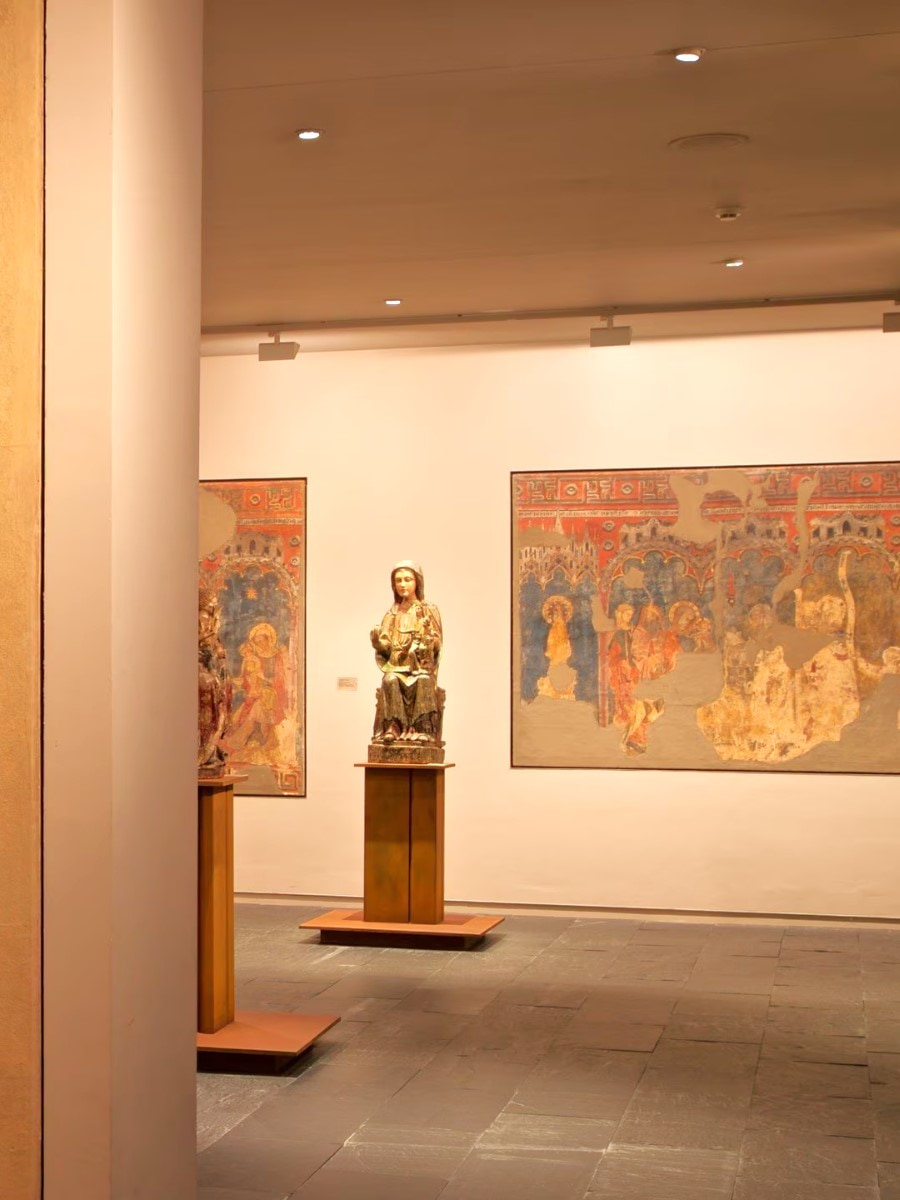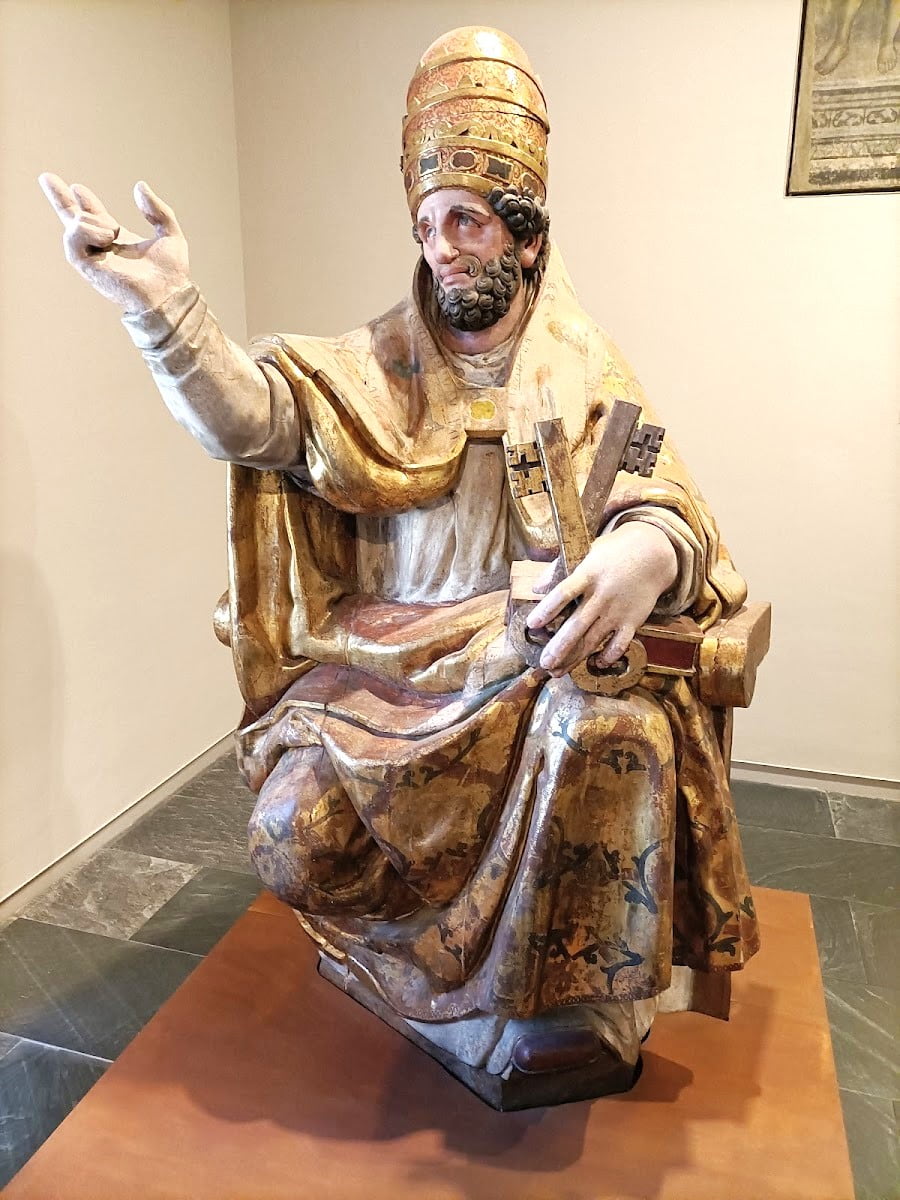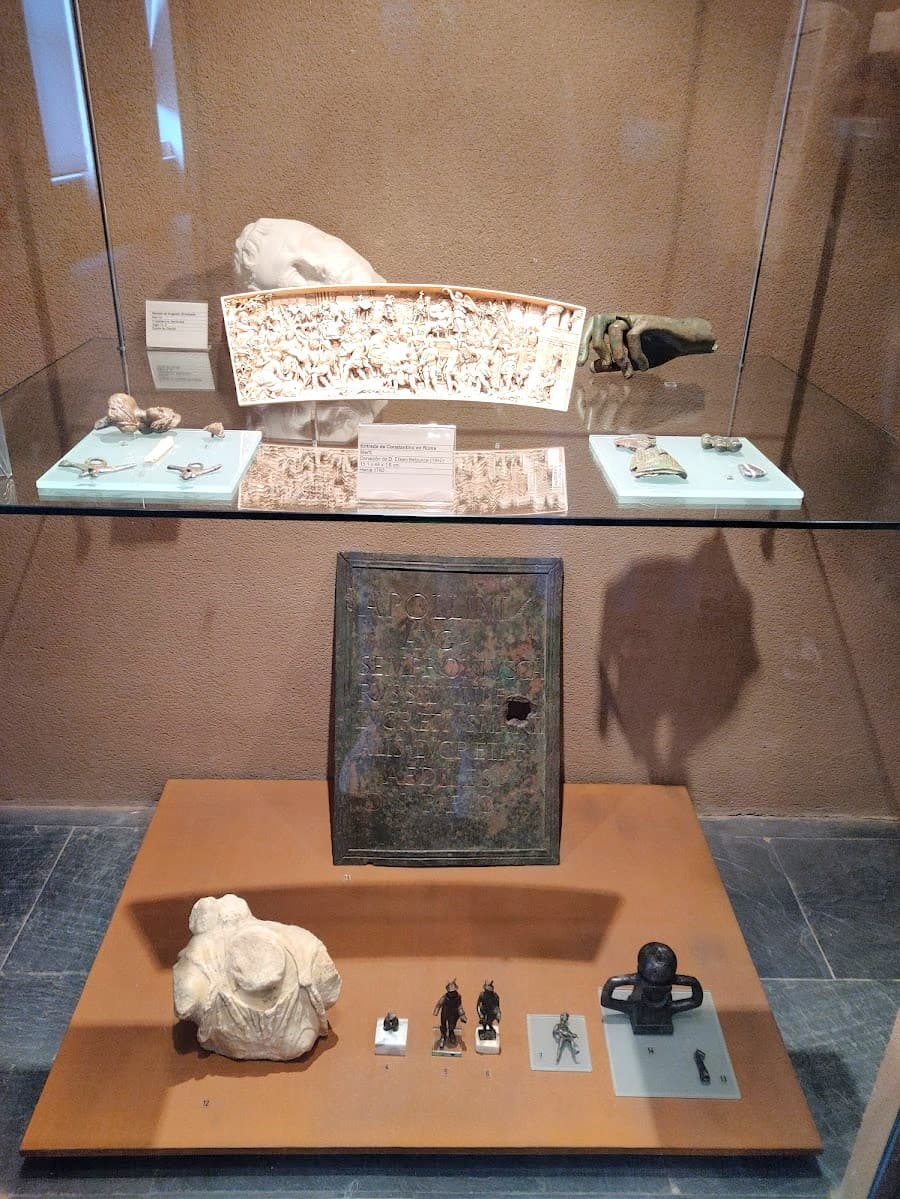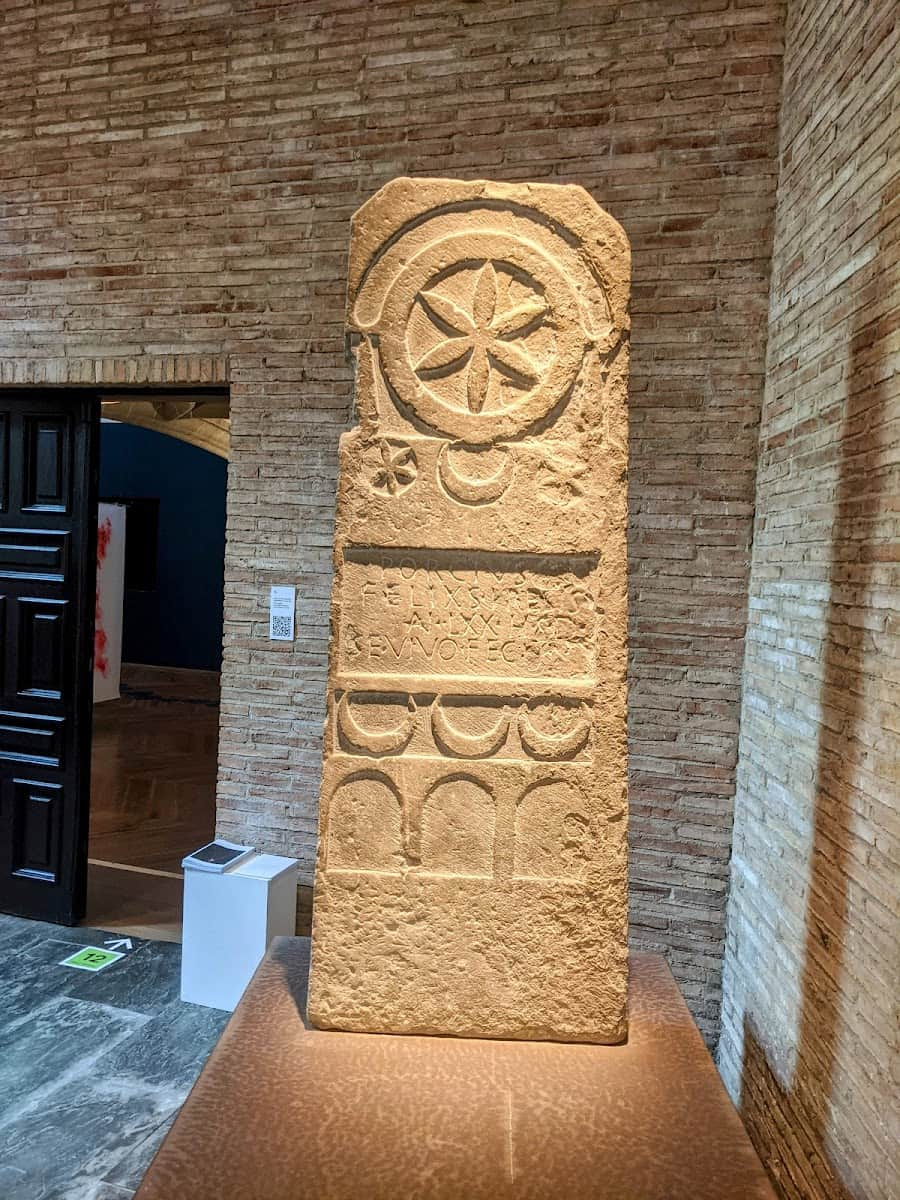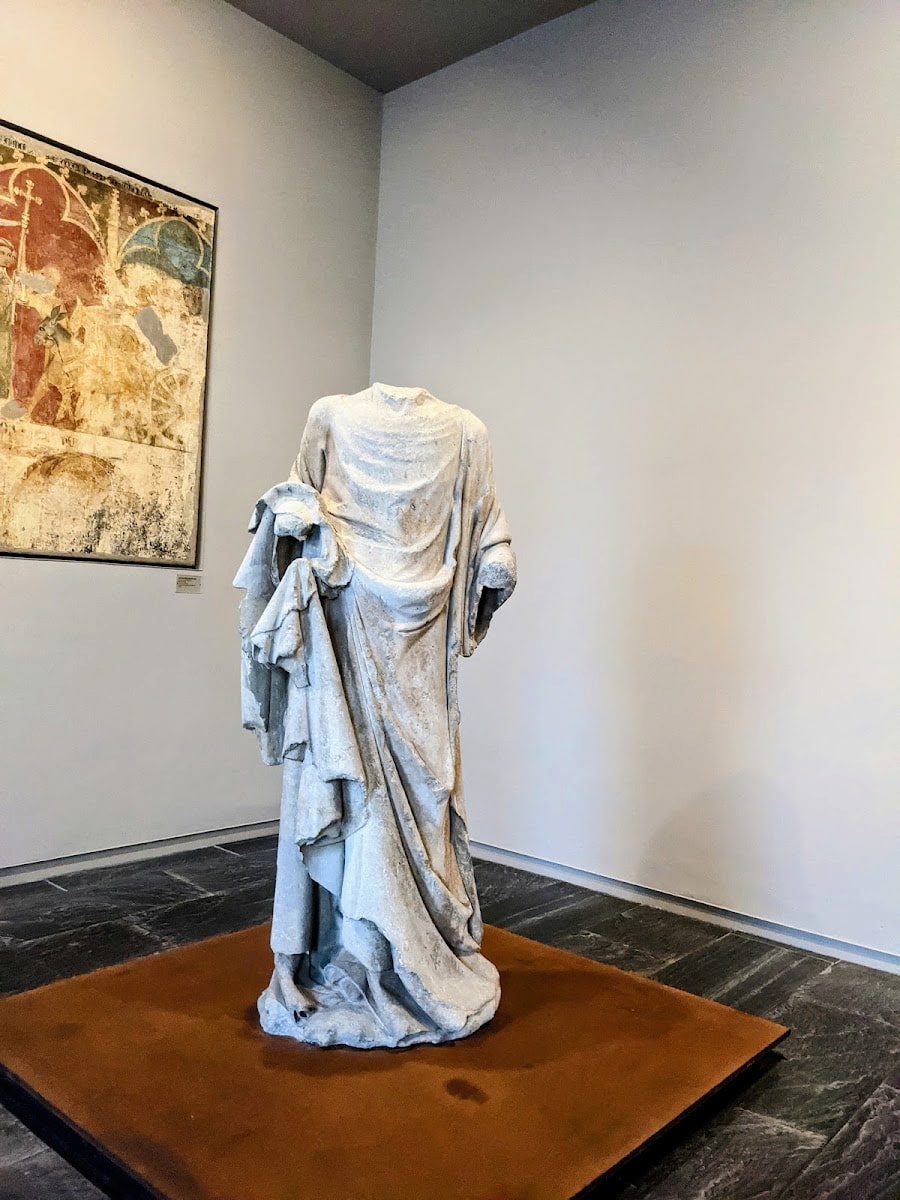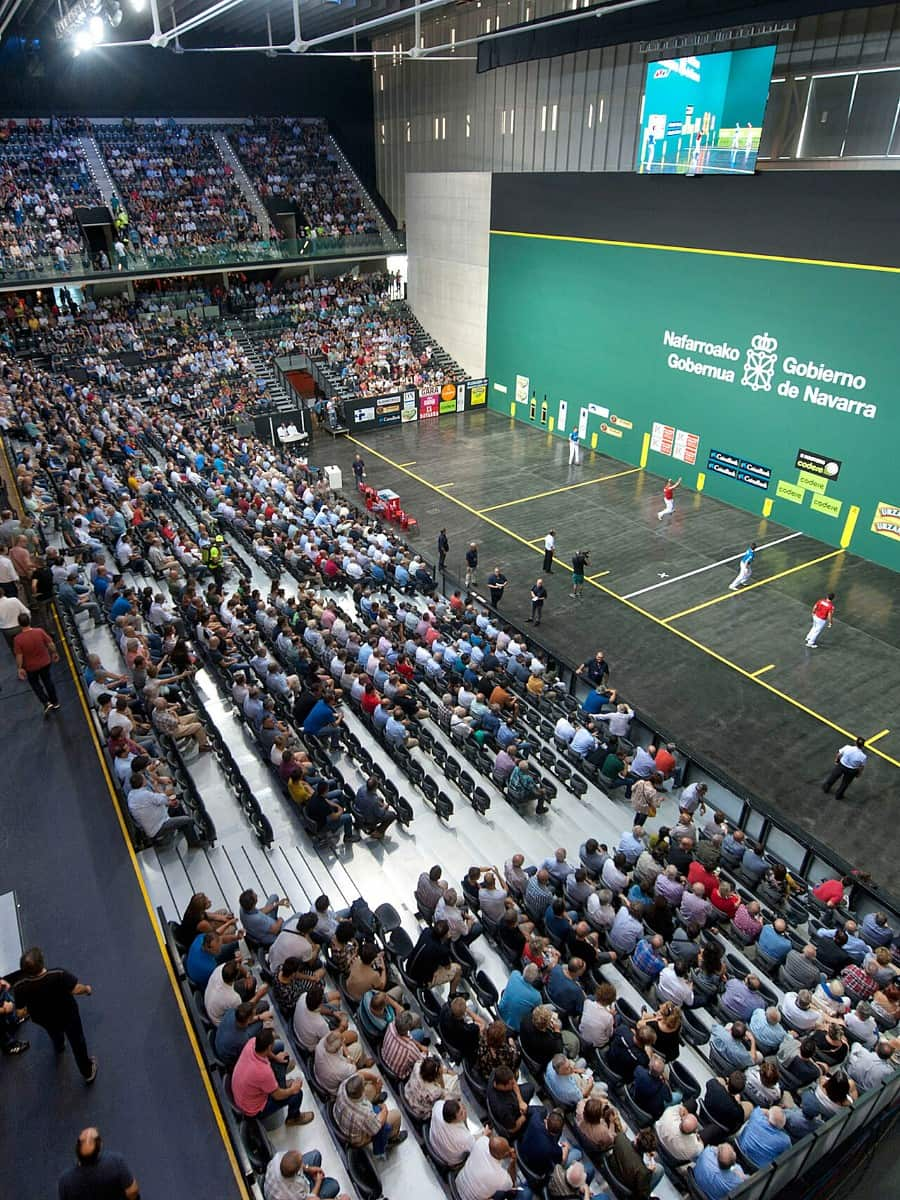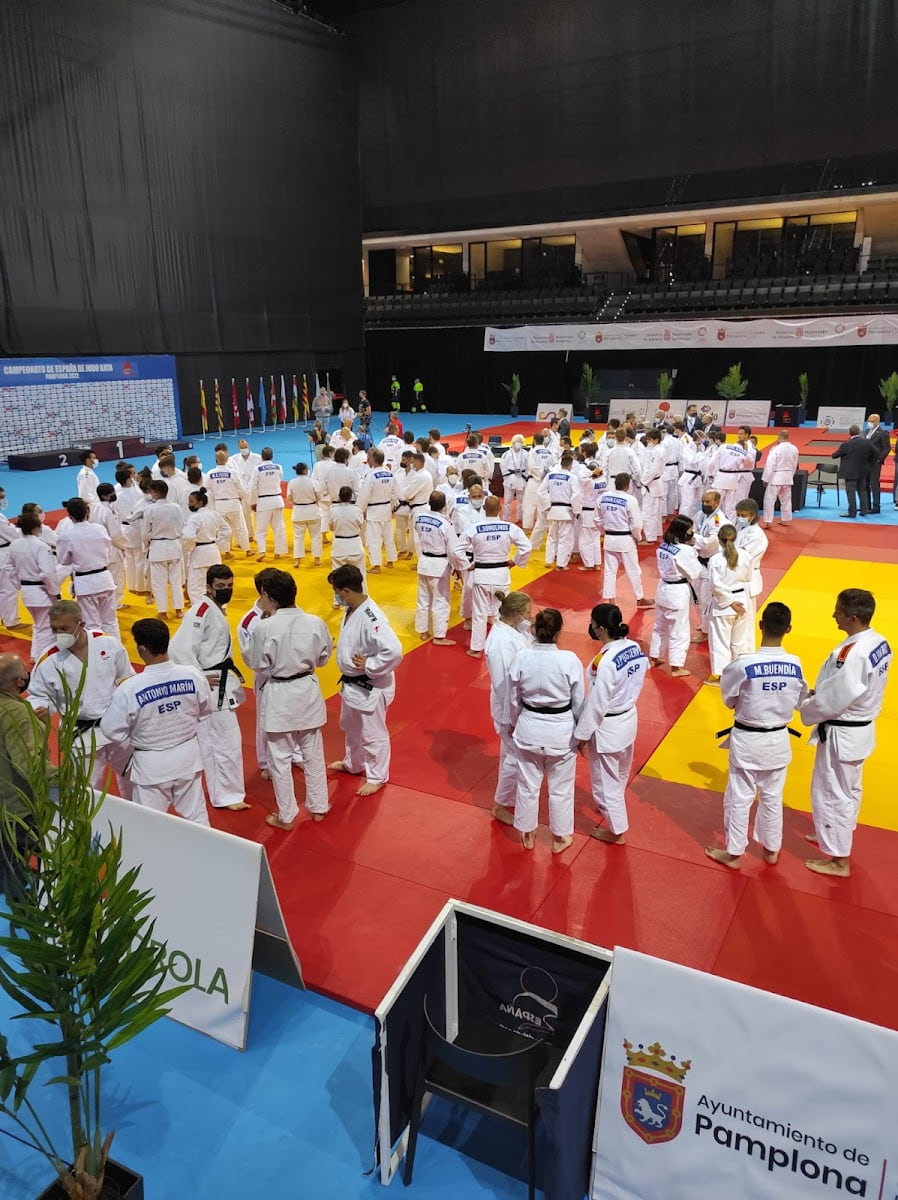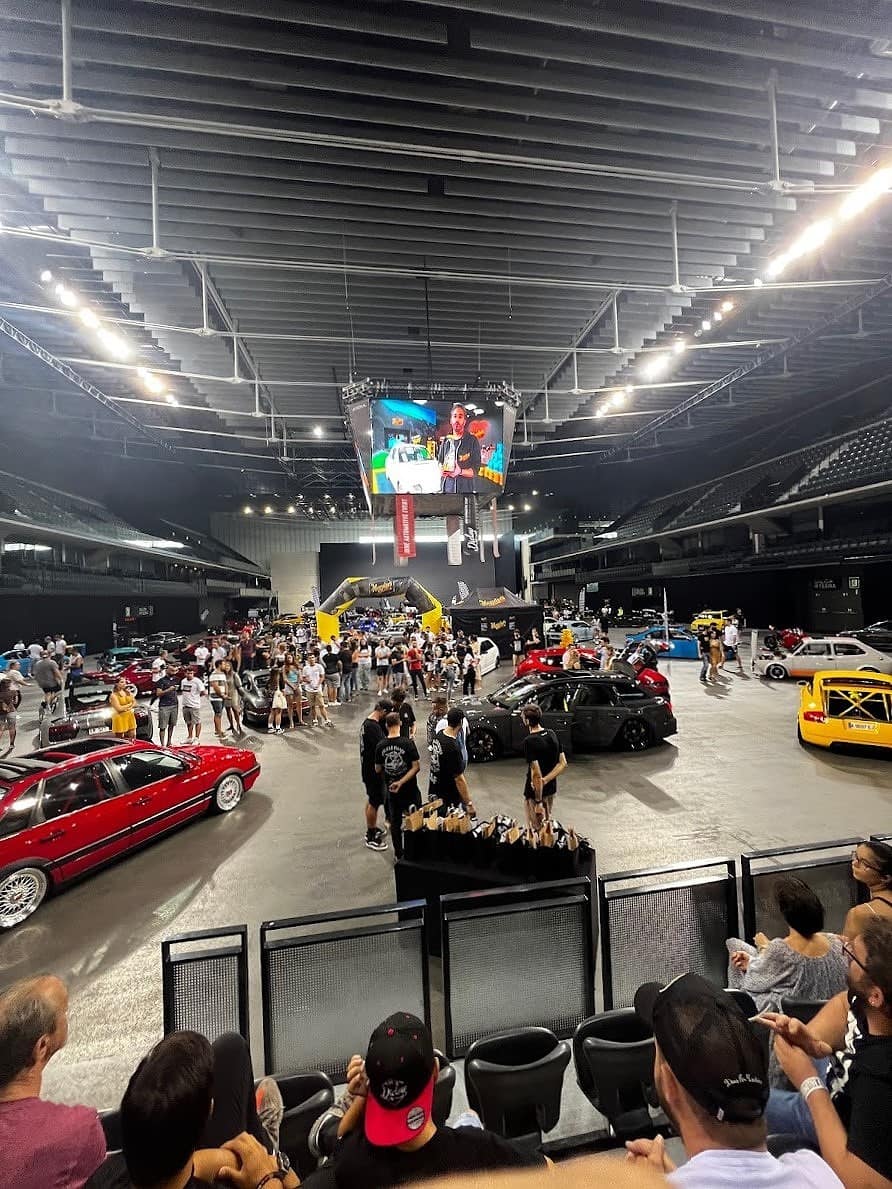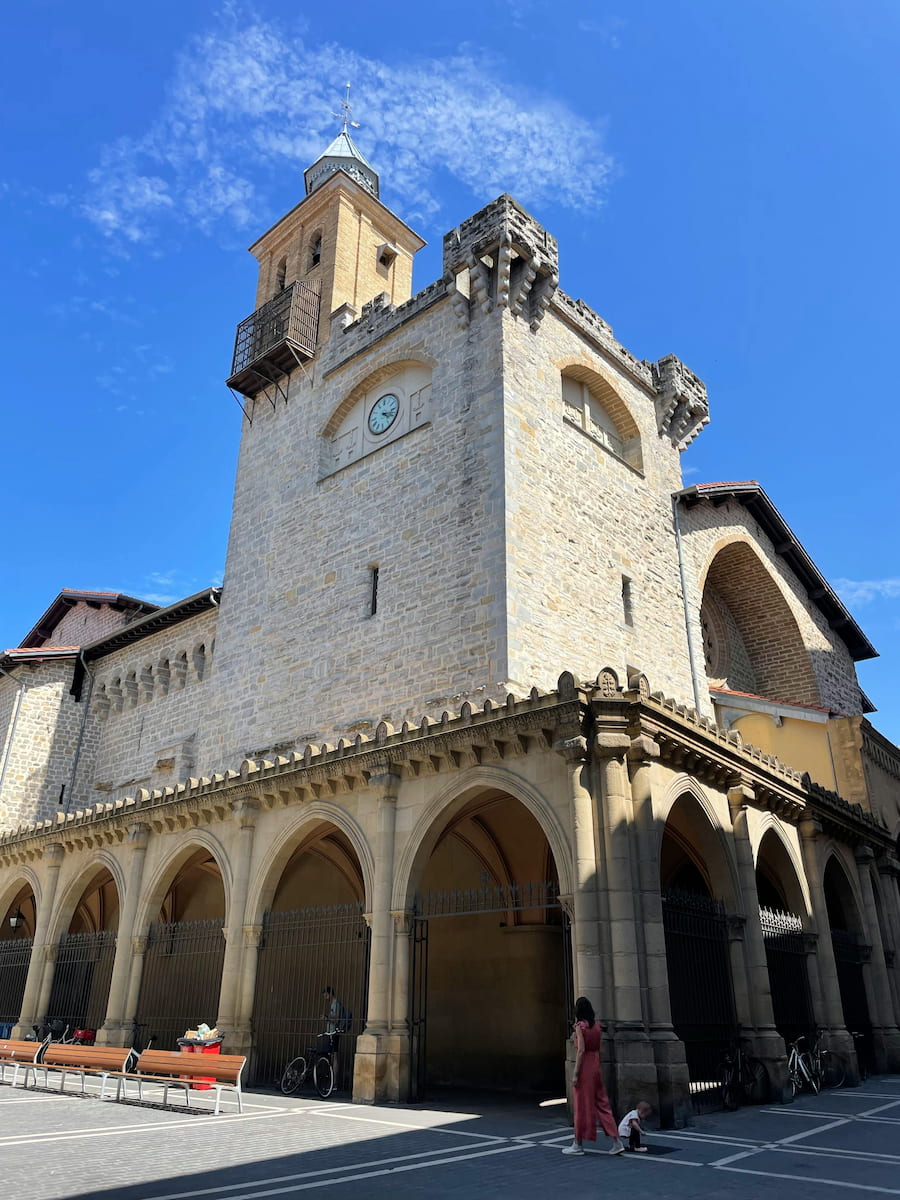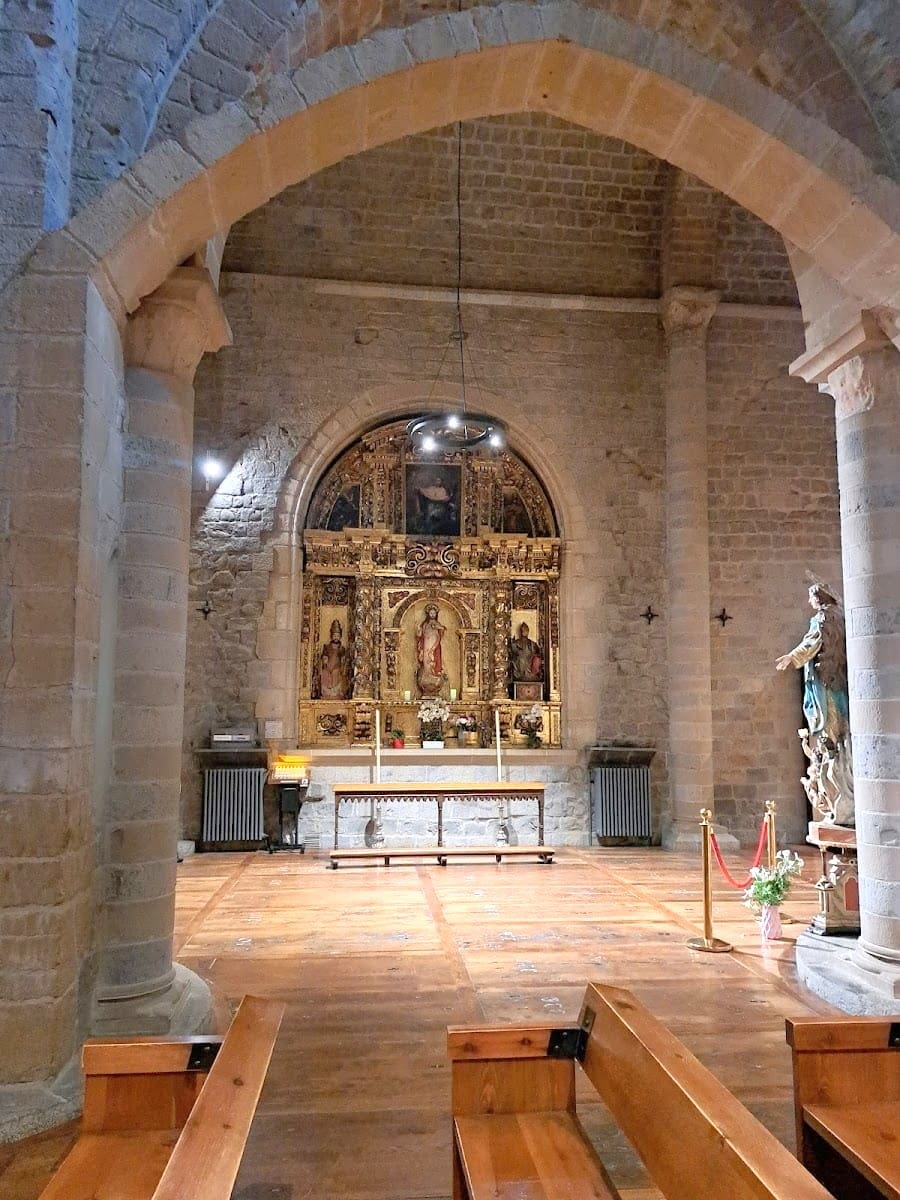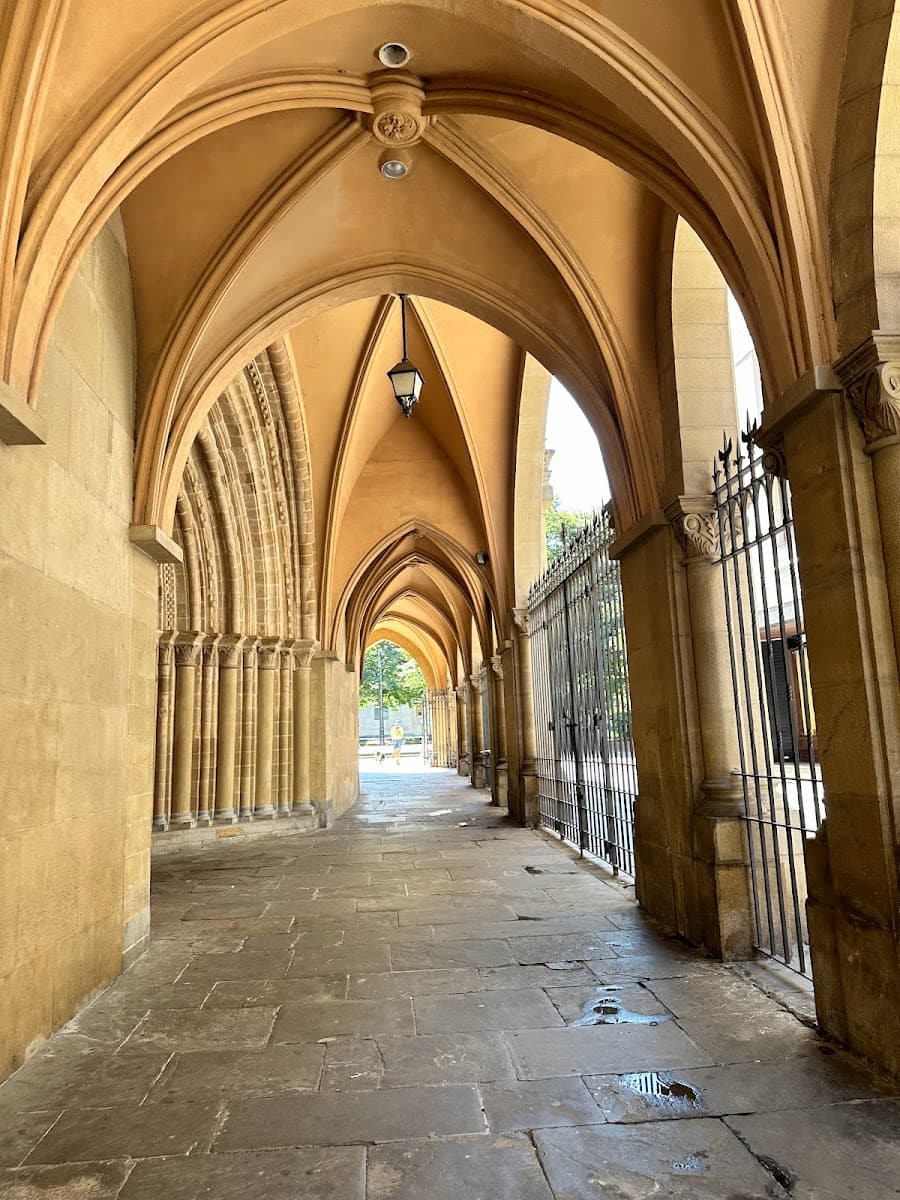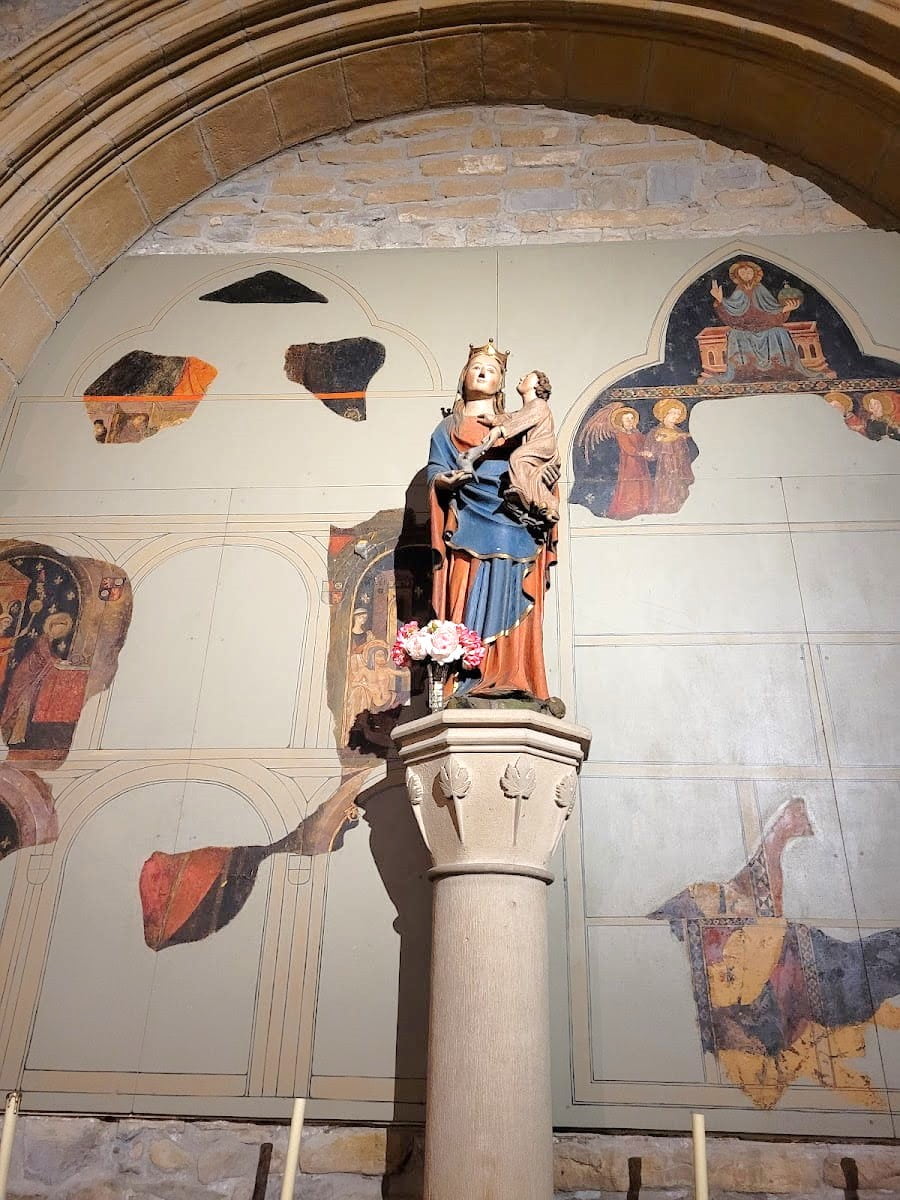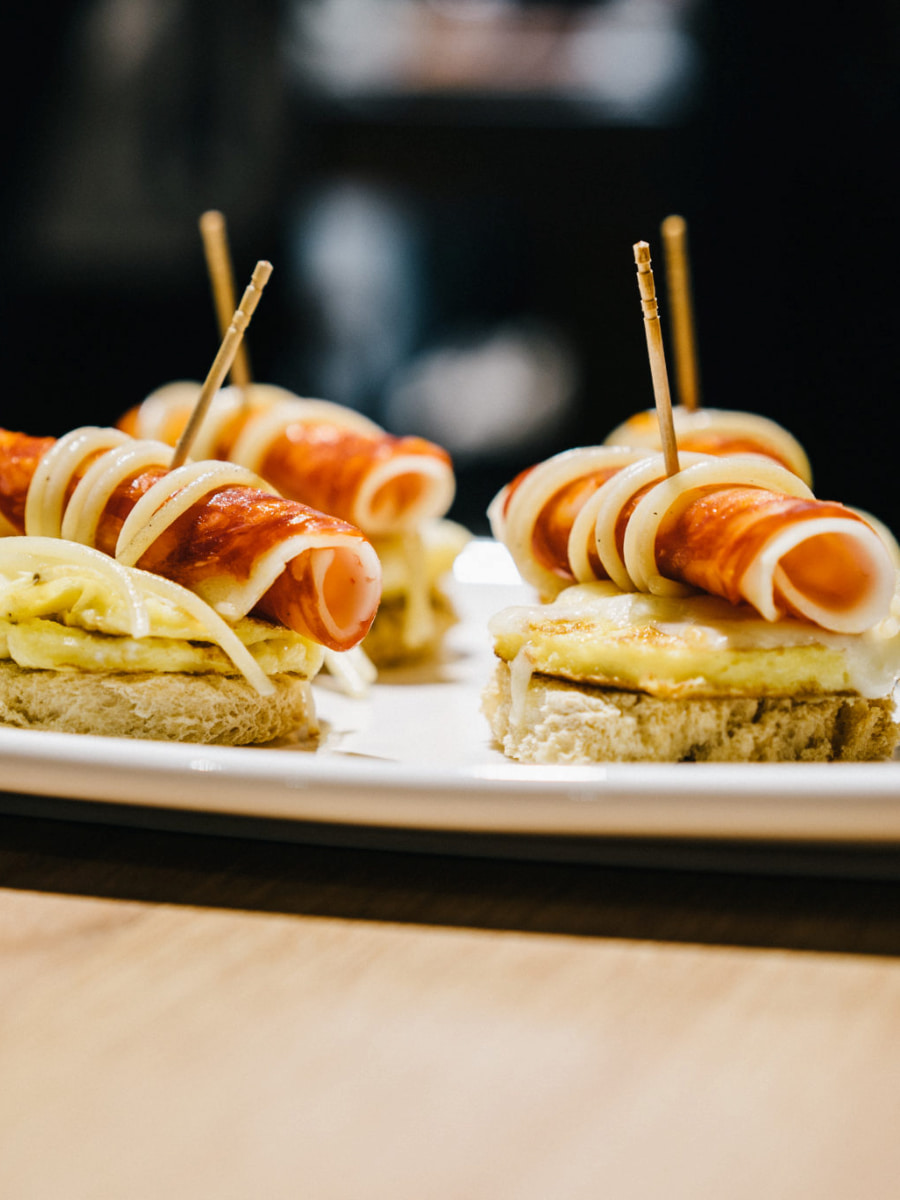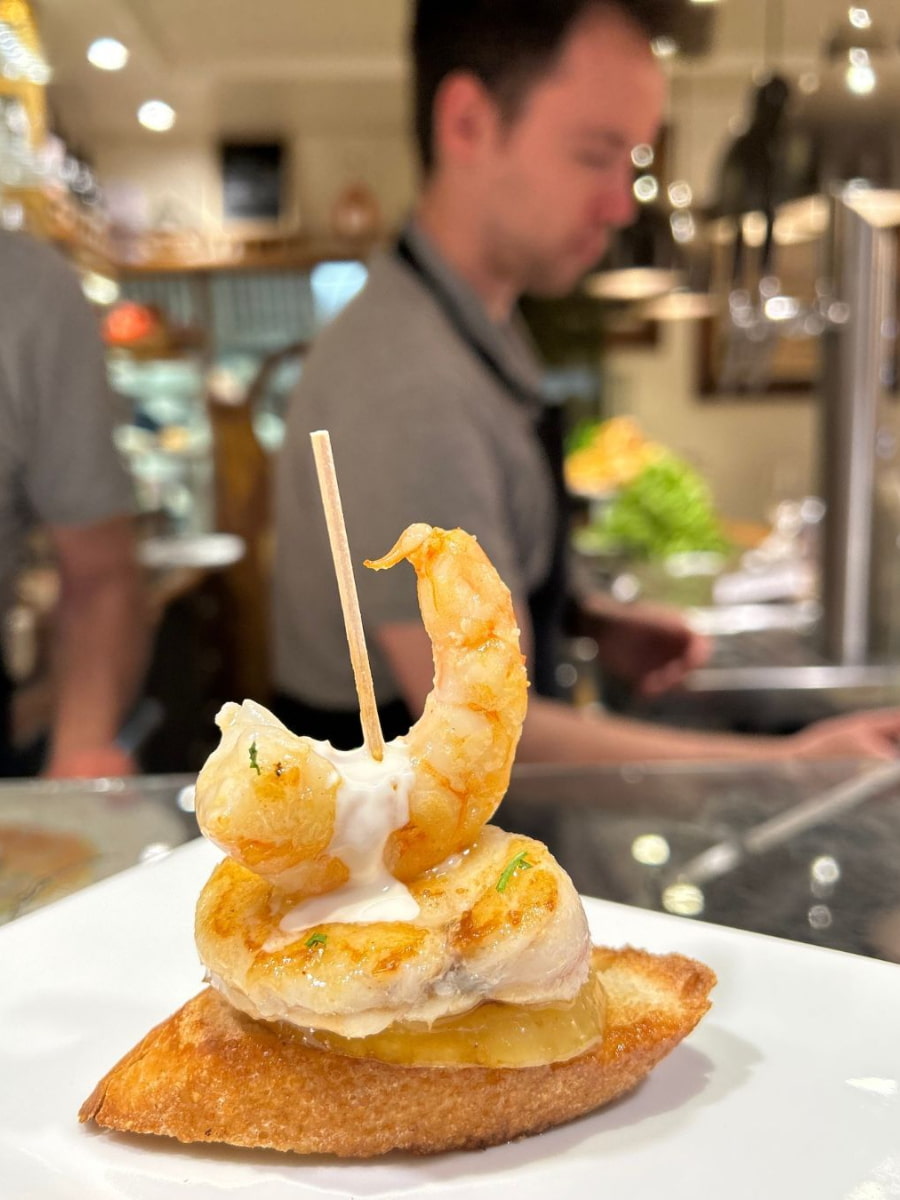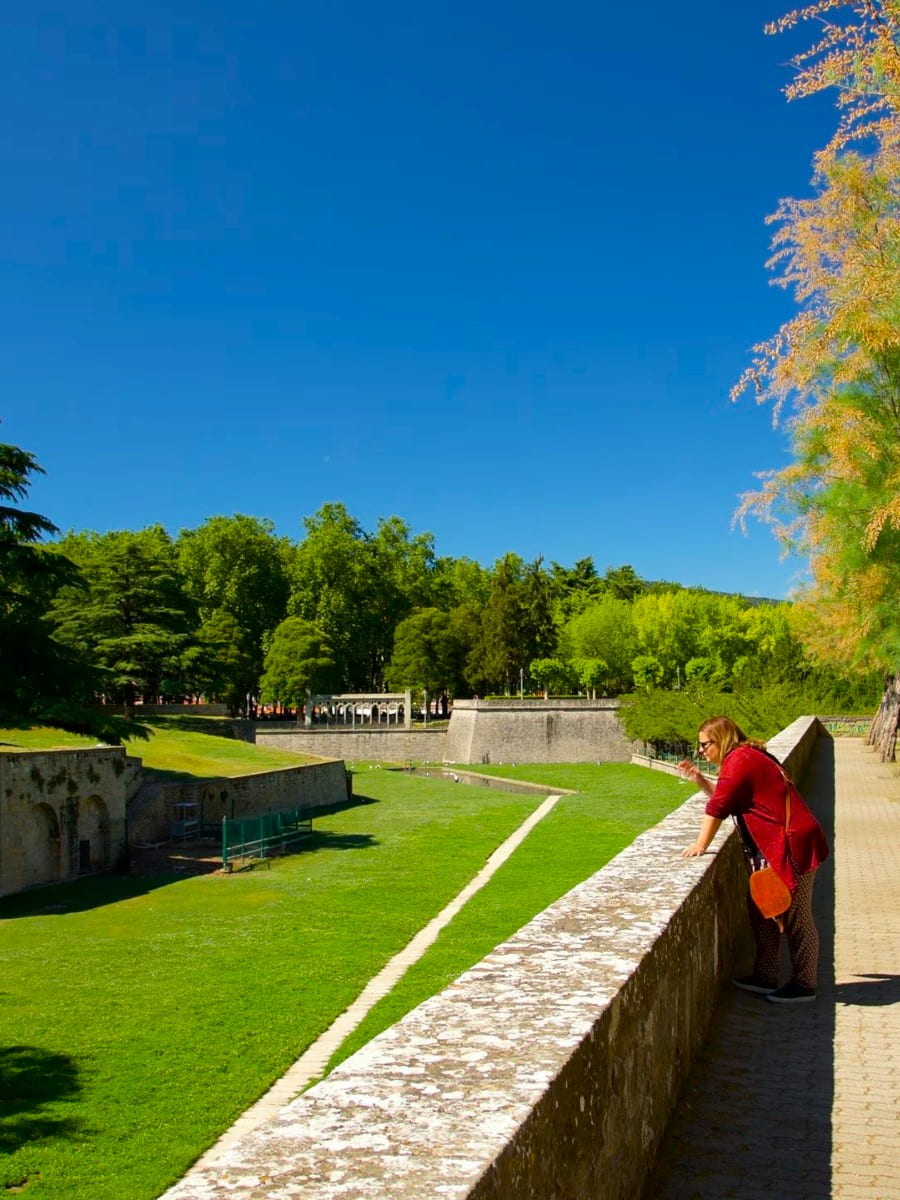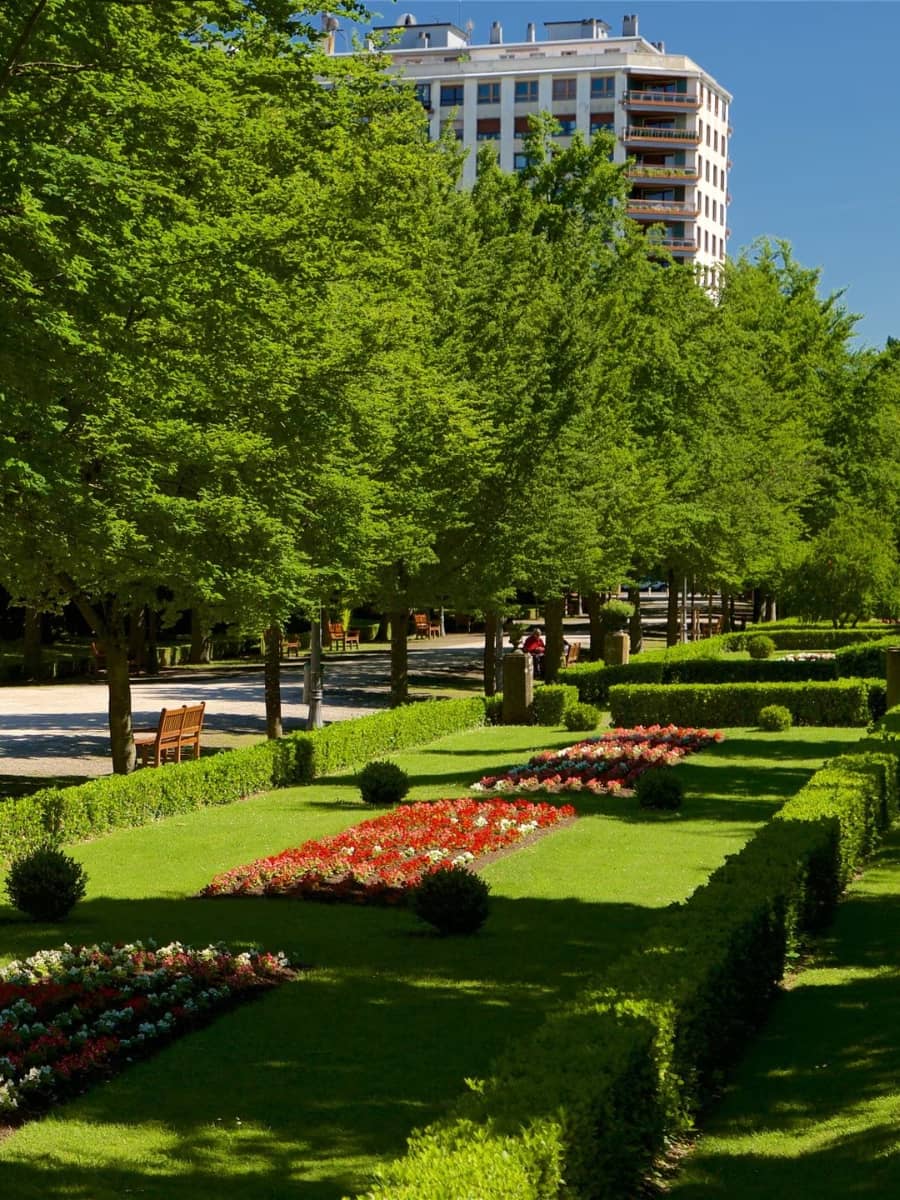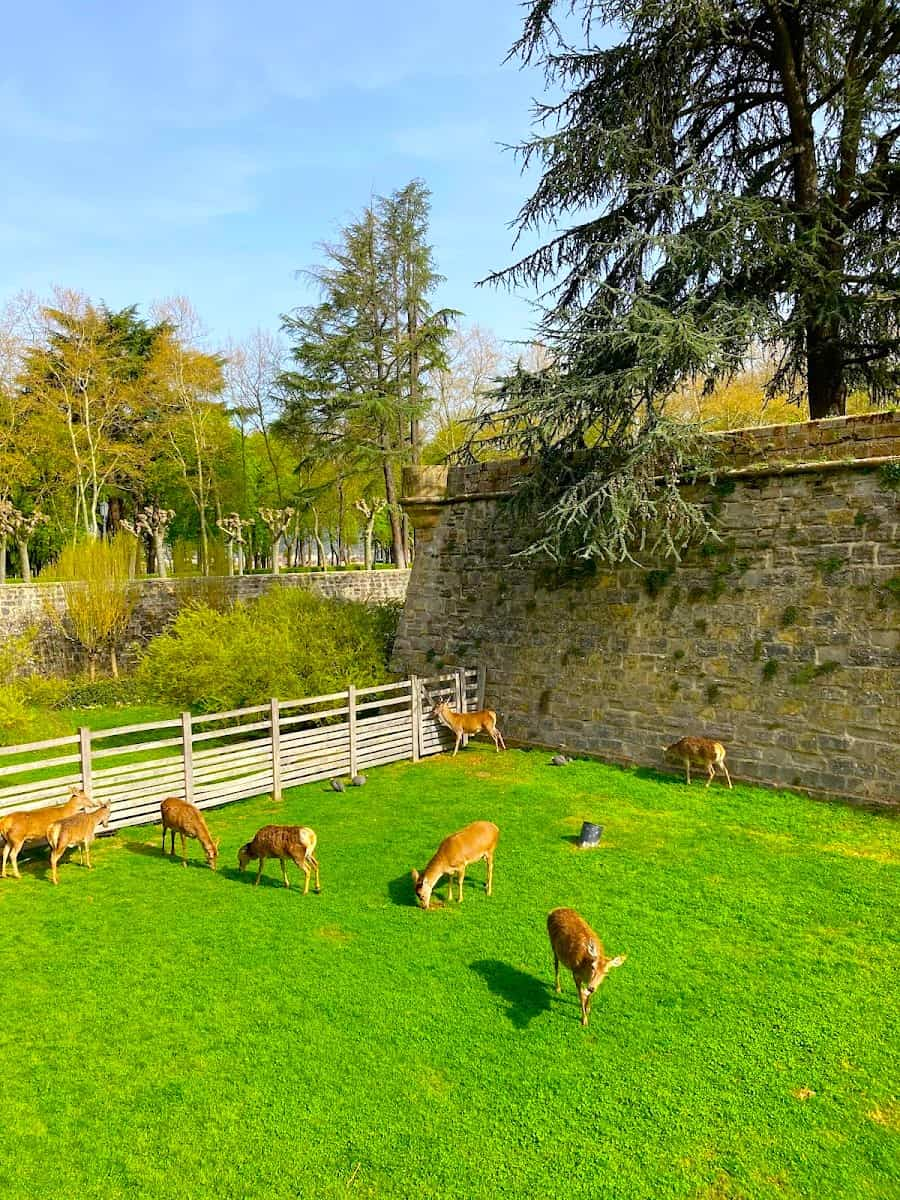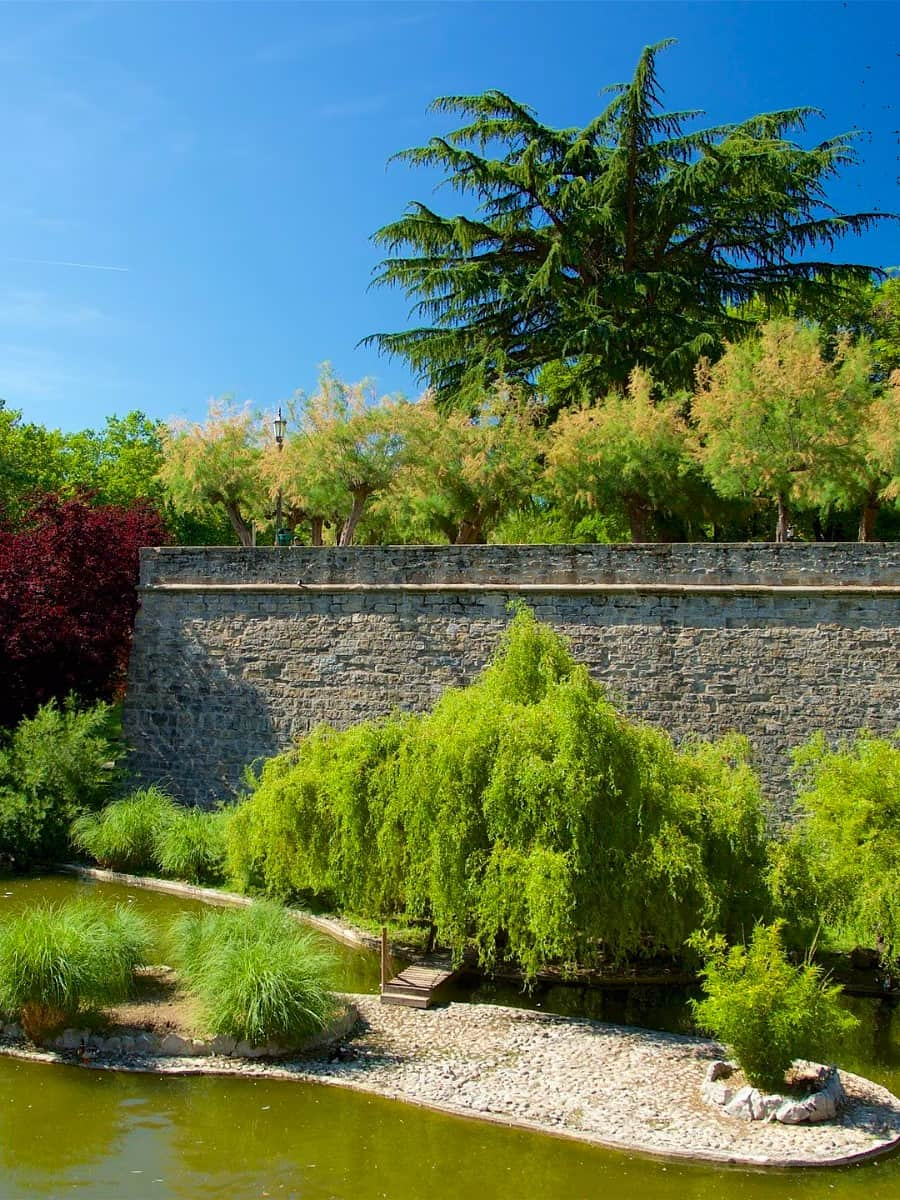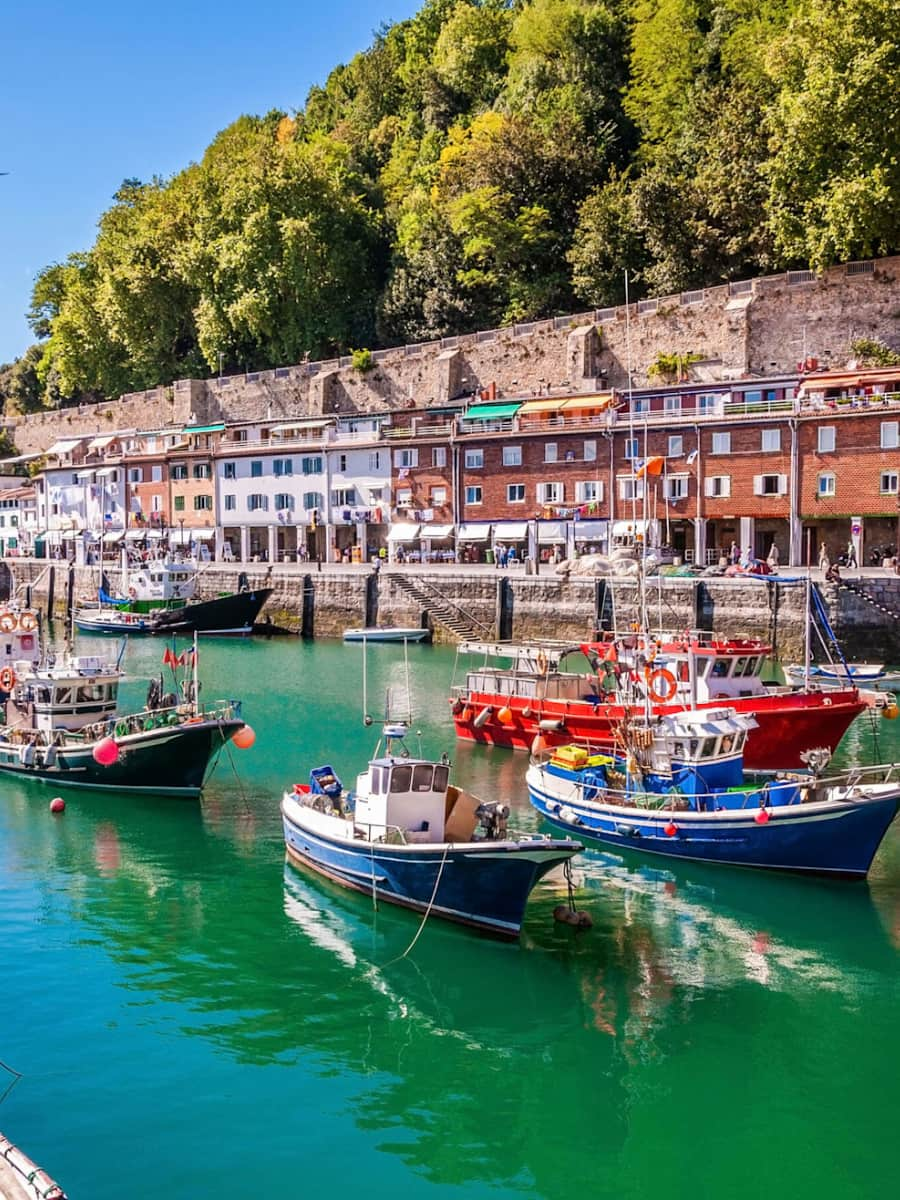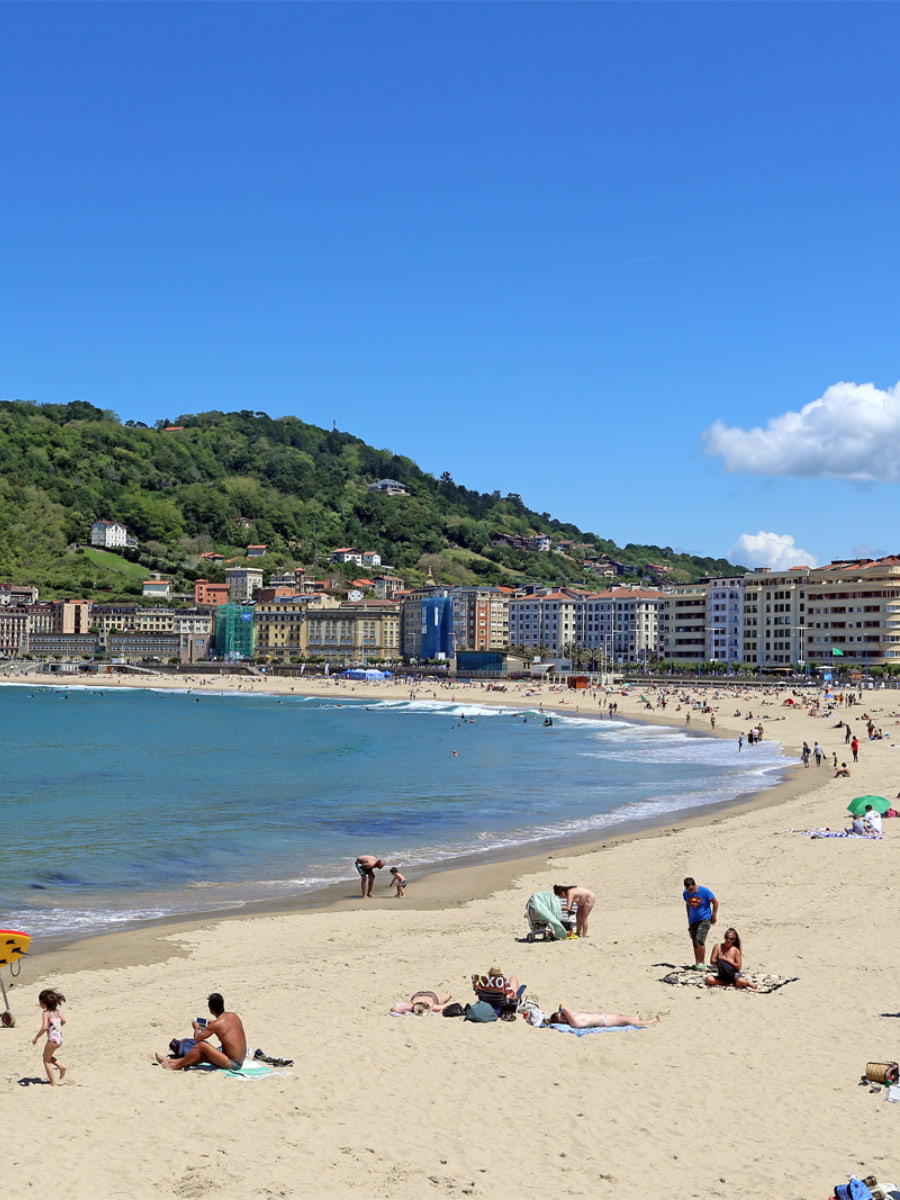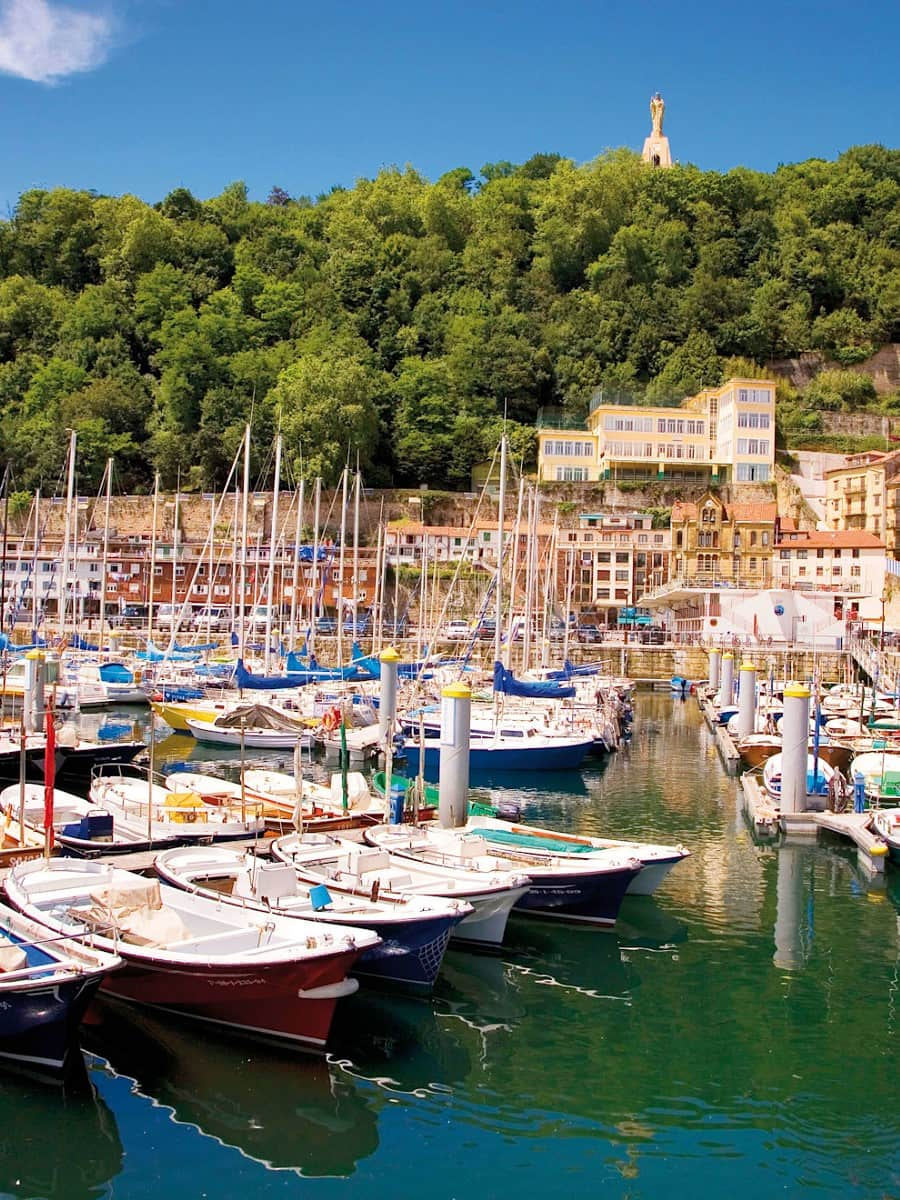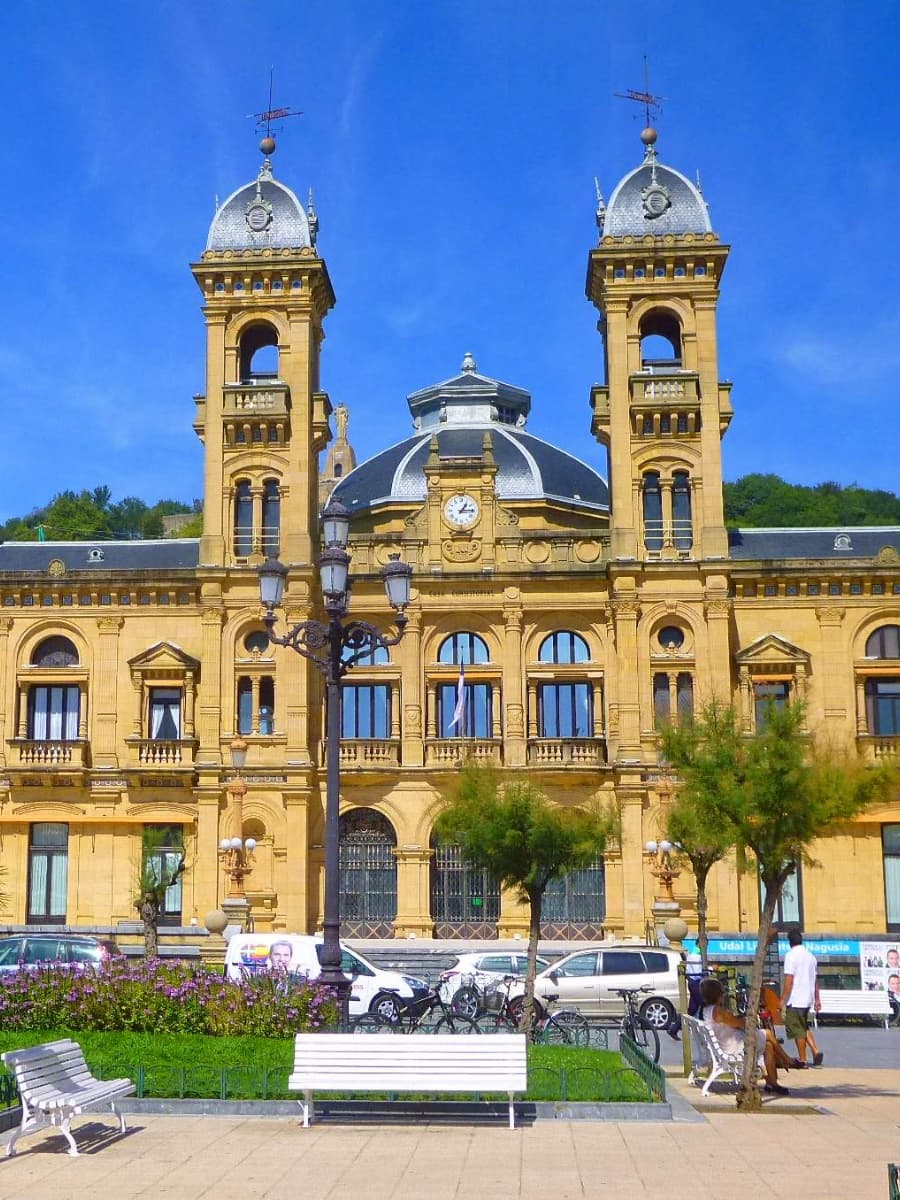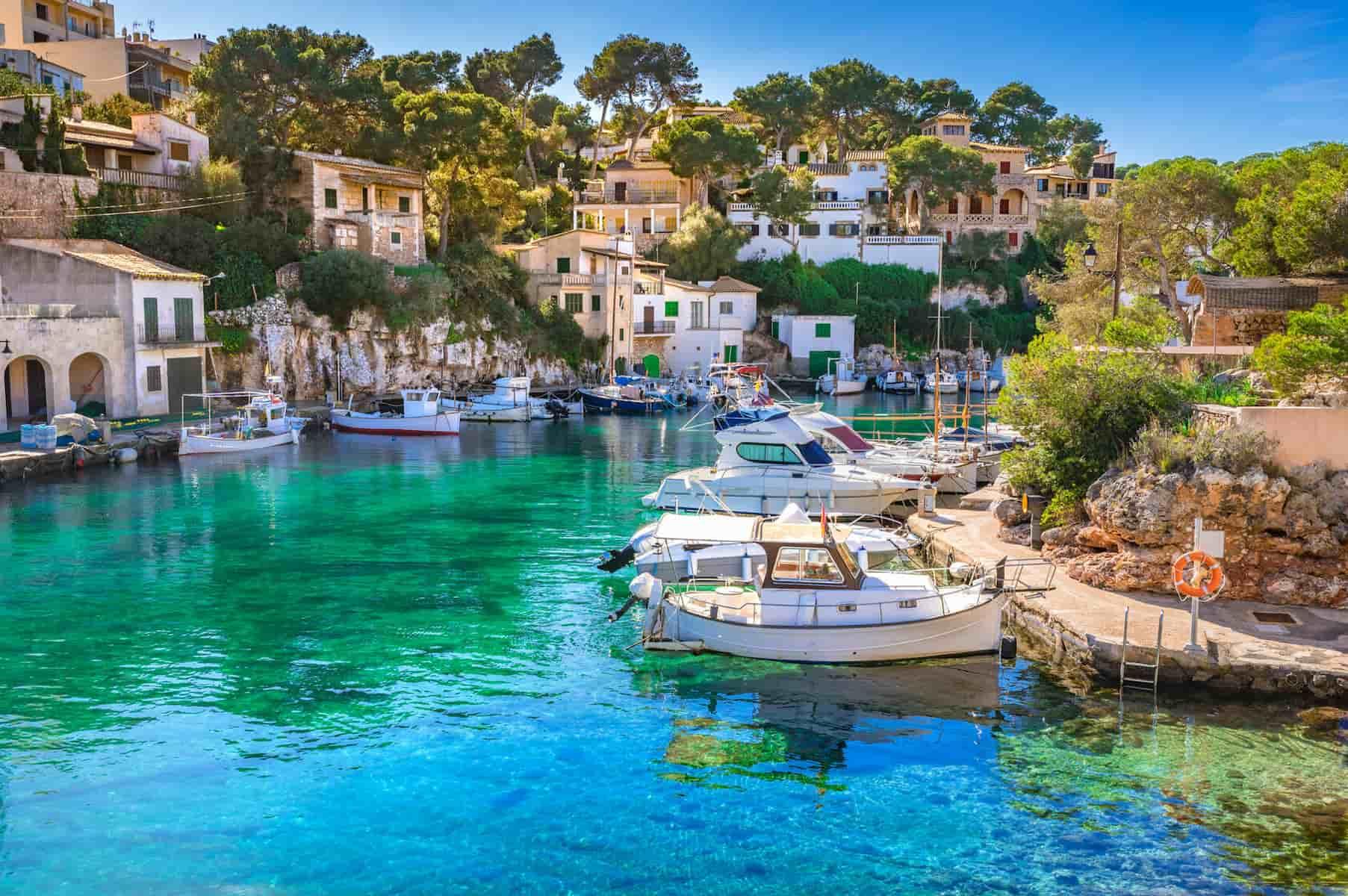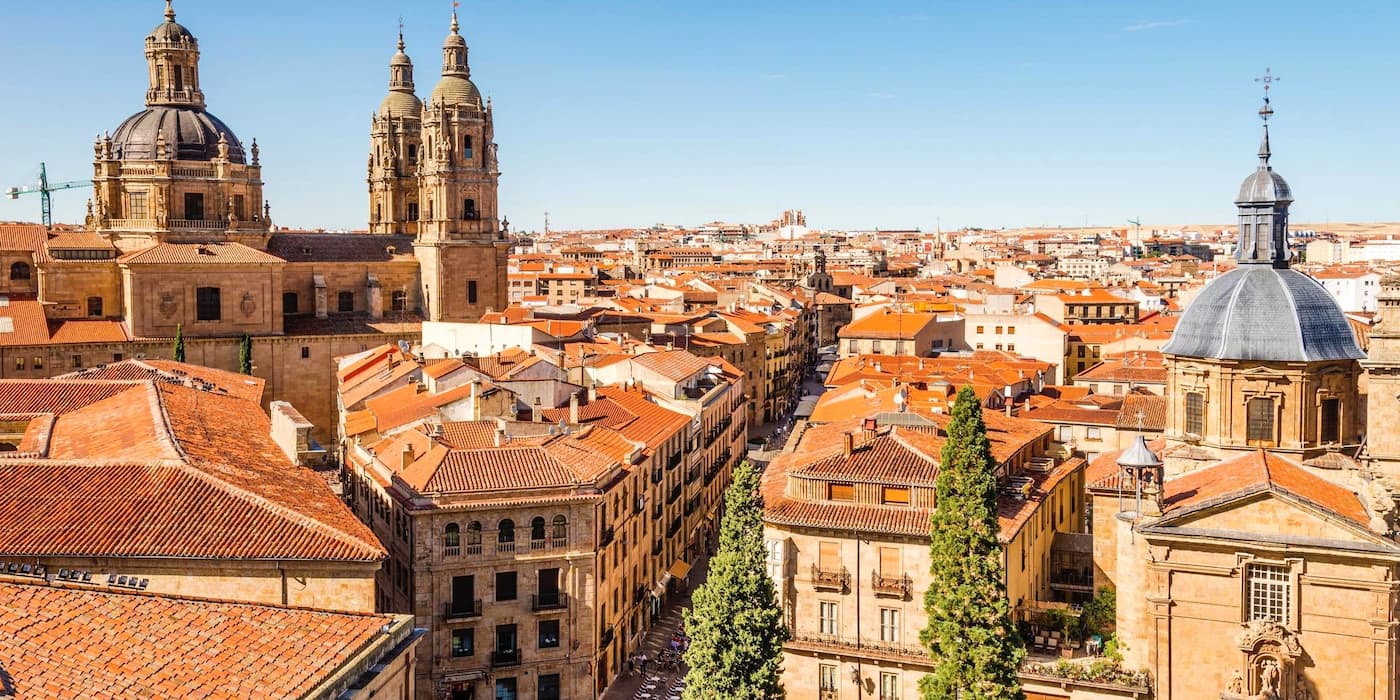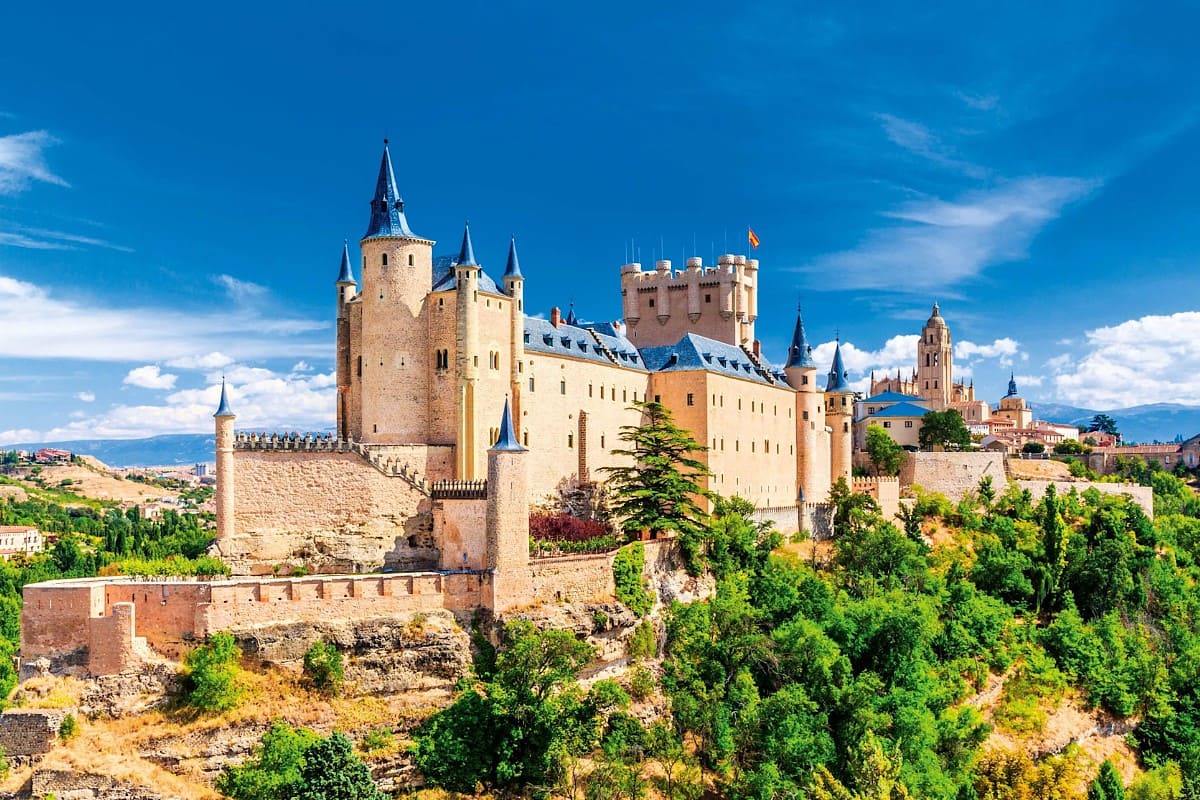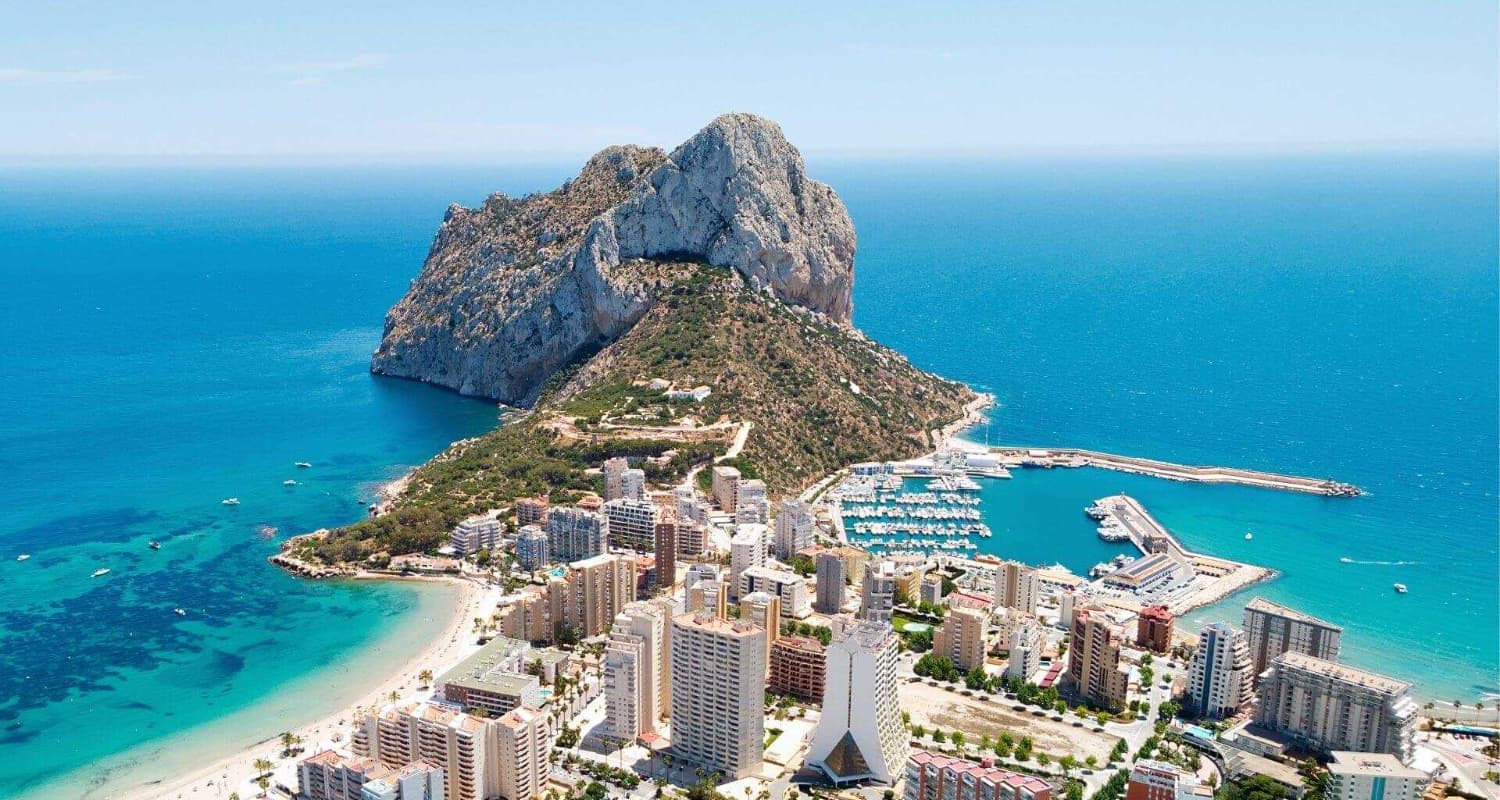Pamplona, in Northern Spain, is a city rich in history and culture. It’s famous for the San Fermín festival, which includes the Running of the Bulls, but there’s much more to explore. From the historic Plaza del Castillo to the beautiful parks like Taconera Gardens, Pamplona offers a blend of architectural landmarks, vibrant festivals, and delicious local cuisine.
Whether you’re interested in history, food, or outdoor activities, Pamplona has something for everyone. This article will guide you through the top things to do and see, ensuring your visit is filled with unforgettable experiences.
🏠 Where to Stay in Pamplona
- ✨ 5-Star: Gran Hotel La Perla, Pamplona
- 🏨 4-Star: Occidental Pamplona, Pamplona
- 🛏️ 3-Star: Hostal Rodas Pamplona, Pamplona
- 💸 Cheap: Hostel Casa Ibarrola, Pamplona
- 🏢 Apartment: Hotel Apartamentos San Fermín Pamplona, Pamplona
- 👨👩👧👦 For Families: NH Pamplona Iruña Park, Pamplona
- 🏩 For Couples: Occidental Pamplona, Pamplona
💁 Best Guided Tours
- San Sebastian & Basque Coast Tour From Pamplona from € 120 (⭐4.7/5)
- Walking tour of Pamplona from € 80 (⭐4.5/5)
- Private City Tour Pamplona from € 60 (⭐4.8/5)
- Pamplona Private Tour with Castle of Javier from € 70 (⭐4.6/5)
- La Rioja Small-Group Winery Tour From Pamplona With Lunch from € 100 (⭐4.9/5)
Best Things to Do in Pamplona
1. Plaza del Castillo
Heart of the City. I found Plaza del Castillo to be the true soul of Pamplona, where locals and visitors alike gather to enjoy the Spanish sunshine. This magnificent square, often called Pamplona’s living room, captivated me with its charming arcaded buildings and vibrant atmosphere.
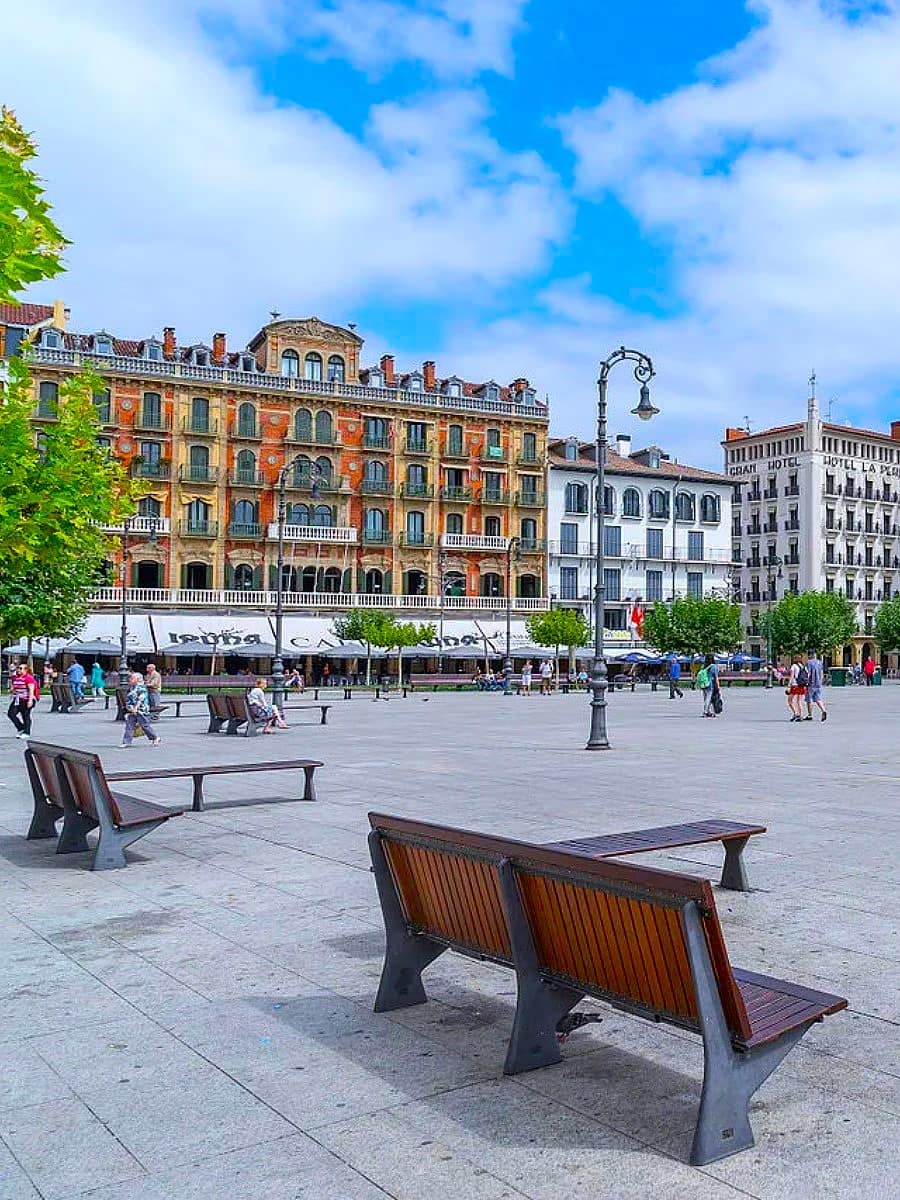
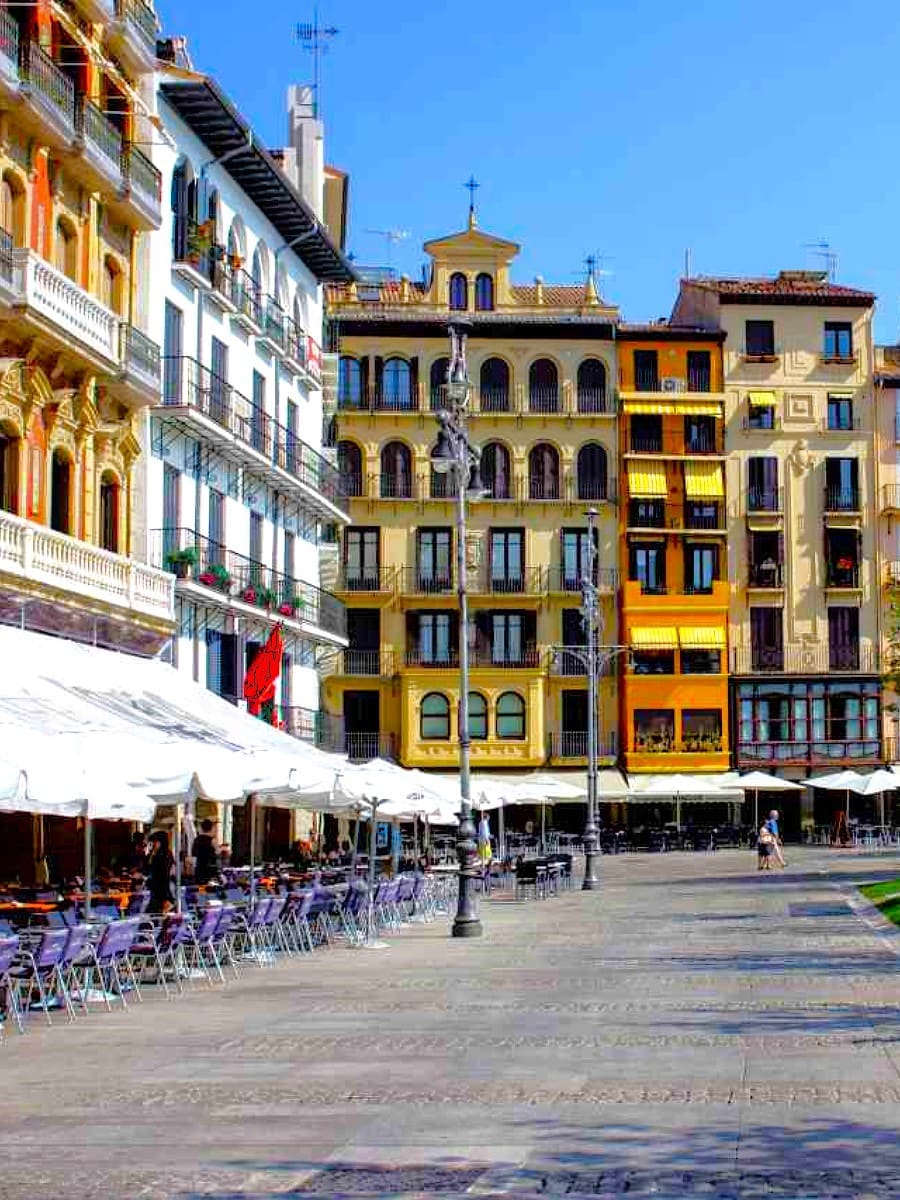
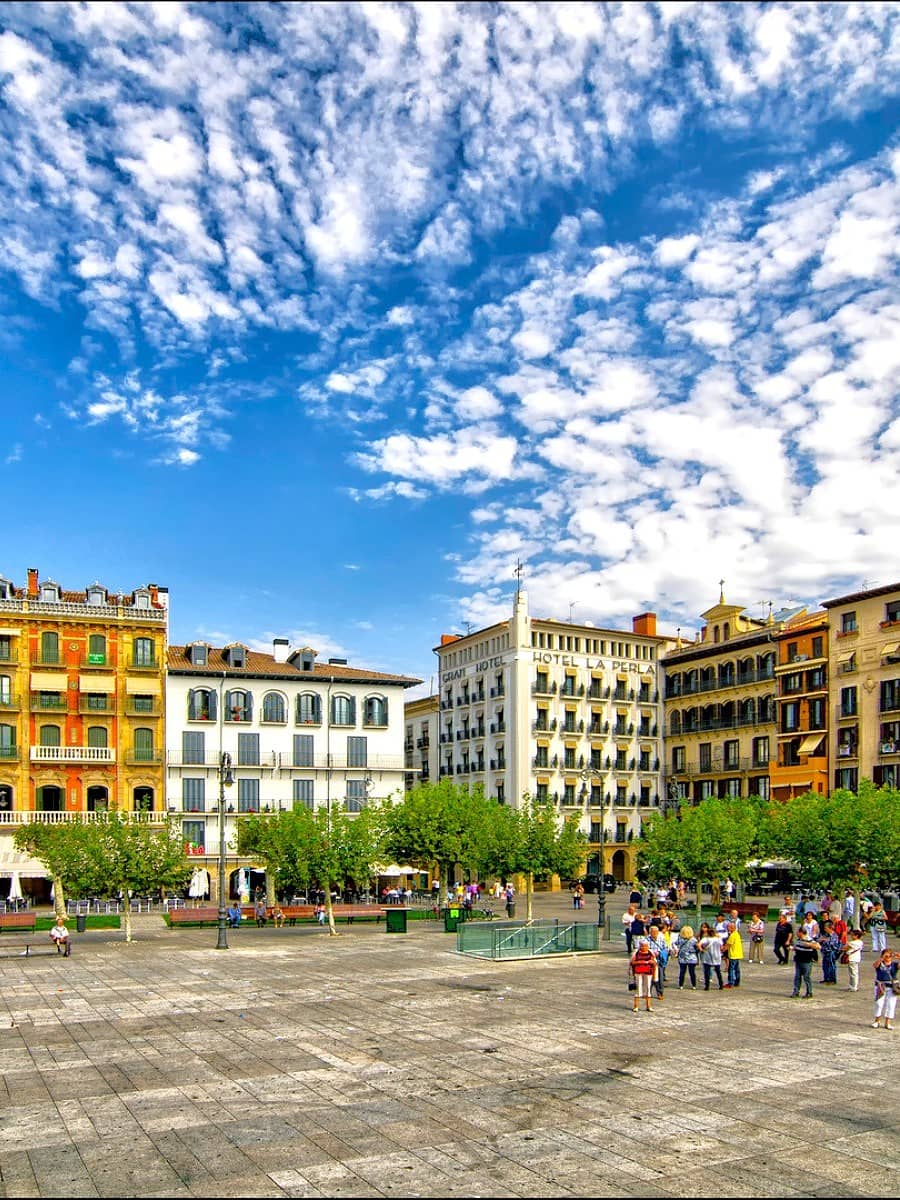
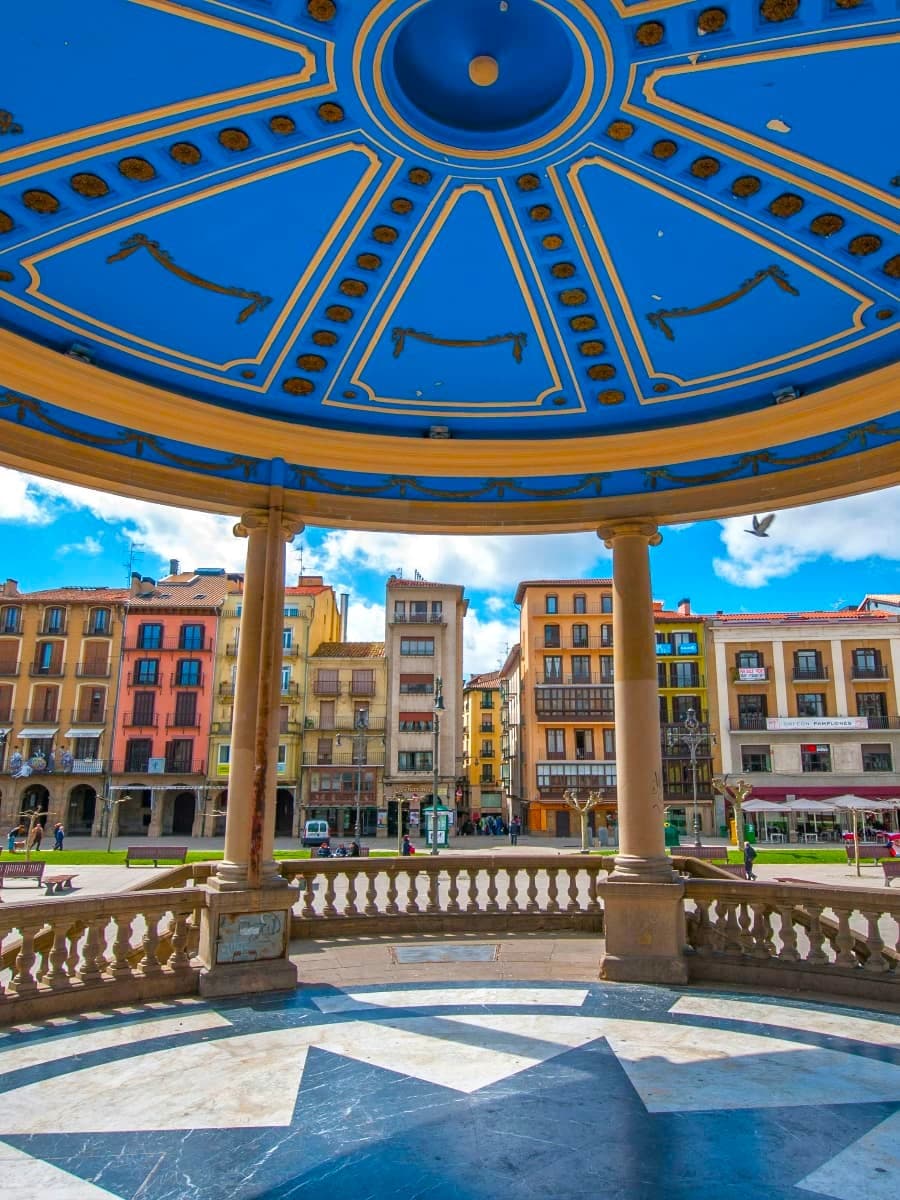
Café Culture. My favorite spot has to be Café Iruña, where Ernest Hemingway once sipped his drinks during the San Fermín festival. The ornate interior with its belle époque décor transported me back to the 1920s. A café con leche here costs about €2.50 (approximately $2.70), while pintxos start at €3 (about $3.25).
People Watching. Sitting under the square’s arcades, I watched the daily rhythm of Pamplona unfold. Elderly gentlemen played cards, families strolled by, and tourists snapped photos of the elegant La Perla Hotel and other aristocratic buildings surrounding the plaza.
Events Central. During my visit, the plaza was being prepared for a concert, but I learned it hosts numerous cultural events throughout the year. The square truly comes alive during San Fermín in July, when it becomes the epicenter of festivities.
Dining Options. The terraces around Plaza del Castillo offer excellent menus of the day (menú del día). I discovered that the best value can be found slightly away from the main square:
| Restaurant | Menu del Día | Distance from Plaza |
|---|---|---|
| Bar Gaucho | €18 ($19.50) | 2 min walk |
| Café Iruña | €22 ($23.80) | On the plaza |
| La Cocina | €16 ($17.30) | 5 min walk |
⭐ Best Activities
- Cinema Festival 2-Hour City Tour with Transport from Bilbao – Enjoy a cinematic tour of Pamplona with transport from Bilbao, exploring the city’s film connections.
2. Palacio de Navarra
Architectural Marvel. Walking through Pamplona’s historic center, I was immediately drawn to the impressive neoclassical façade of the Palacio de Navarra. This government building stands proudly on Avenida Carlos III, showcasing the region’s political importance.
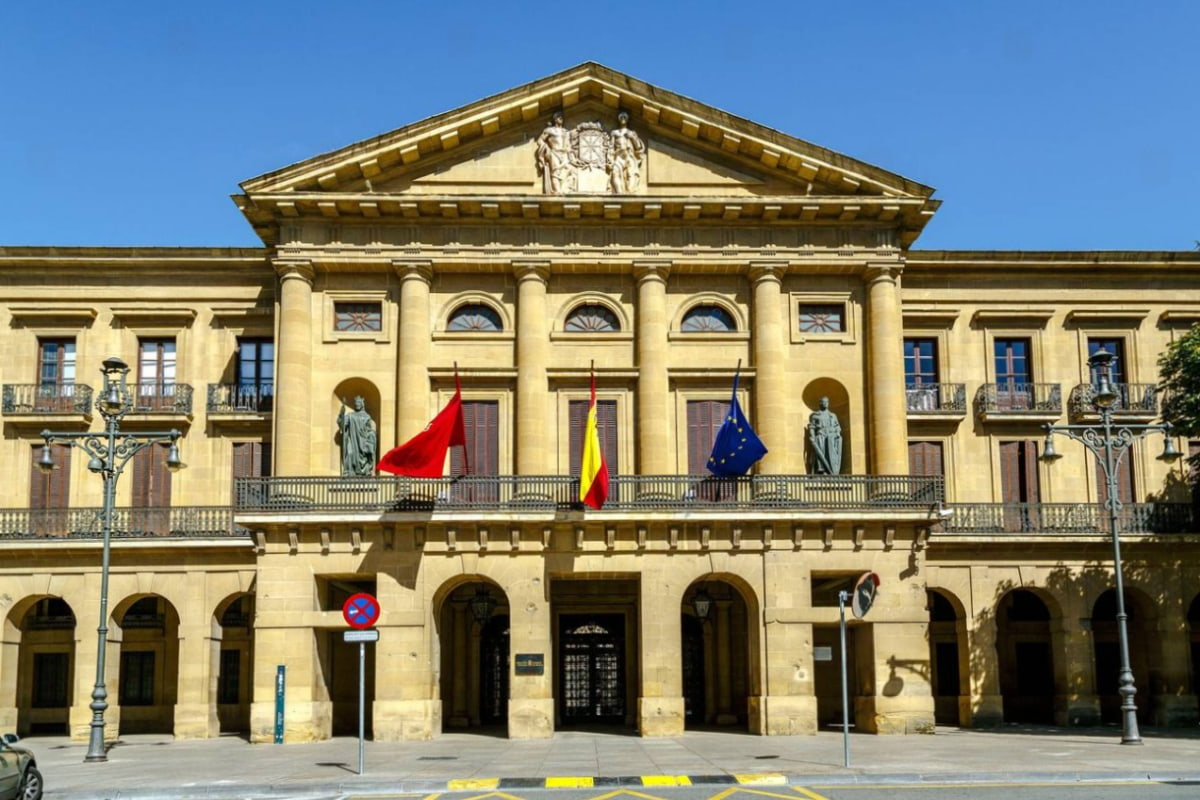
Historical Significance. As I learned from my guide, this palace has been the seat of Navarra’s regional government since the 19th century. The building represents the unique autonomous status that Navarra holds within Spain, with its own fiscal and administrative powers.
Tours. I joined a tour (€5 or $5.40) that runs every Tuesday and Thursday at 11:00 am. Our small group explored the ornate ceremonial rooms, including the impressive Throne Room with its red velvet decorations and the Council Chamber where regional decisions are made.
Art Collection. What surprised me most was the palace’s remarkable collection of paintings. The walls showcase works by renowned Spanish artists, including several portraits by Goya. The blend of political function and artistic heritage makes this a unique cultural stop.
Visitor Tips. Book your tour at least one day in advance at the Tourism Office in Plaza Consistorial, as spaces fill quickly. Photography is permitted in most areas except during official functions. The palace is closed during regional holidays, so check the schedule before planning your visit.
3. Catedral de Santa María
Gothic Grandeur. I was immediately struck by the impressive façade of Pamplona’s Cathedral of Santa María. This architectural masterpiece combines Gothic style with a stunning neoclassical façade that dominates the city’s skyline. The intricate stone carvings tell stories of faith and history that have shaped this region.
Sacred Treasures. Inside, I discovered a wealth of religious artifacts in the Diocesan Museum (€5 or $5.40). The highlight was undoubtedly the exquisite Romanesque capitals and the remarkable Leyre chest, an Islamic art piece that showcases the cultural crossroads that Navarra has been throughout history.
Cloister Magic. The Gothic cloister took my breath away with its delicate stone tracery and peaceful atmosphere. Walking through this 14th-century marvel, I felt transported back in time. My tip: visit mid-morning when the light filters beautifully through the arches.
Bell Tower Views. For just €3 ($3.25), I climbed the cathedral’s bell tower for panoramic views of Pamplona’s historical center. From this vantage point, I could see the three ancient boroughs—San Cernin, Navarrería, and Población de San Nicolás—that once formed separate communities before being united.
Practical Information. The cathedral is open daily from 10:30 am to 6:00 pm, with shorter hours on Sundays. Mass is celebrated daily at 8:30 am, so plan your visit accordingly if you want to avoid service times. Audio guides are available in multiple languages for €3.50 ($3.80).
| Cathedral Access | Price | Opening Times |
|---|---|---|
| General Entry | €5 ($5.40) | 10:30-18:00 |
| Tower Access | €3 ($3.25) | 11:00-17:00 |
| Combined Ticket | €7 ($7.60) | – |
4. Centro Temático del Encierro y los Sanfermines
Festival Immersion. The Centro Temático del Encierro transported me into the heart of Pamplona’s most famous tradition—the San Fermín festival. Through interactive exhibits, I experienced the thrill and cultural significance of the bull-running without the actual danger.
Multimedia Experience. What impressed me most was the immersive audiovisual presentation that recreates the atmosphere of the encierro (bull run). Standing in a room with floor-to-ceiling screens, I felt the ground vibrate as virtual bulls charged past. The entrance fee of €6 ($6.50) was well worth this unique experience.
Historical Context. I learned how this festival evolved from a simple religious celebration honoring San Fermín to the international phenomenon it is today. The center doesn’t shy away from discussing the controversies surrounding bull-running while explaining its deep cultural roots in Navarrese identity.
Hemingway Connection. One exhibit focuses on Ernest Hemingway’s role in popularizing the festival through his novel “The Sun Also Rises.” I was fascinated by original photographs showing the author at Café Iruña and other haunts during his visits to Pamplona in the 1920s.
Visitor Tips. Visit early in the day to avoid crowds, especially during summer months. The center offers tours in English at 12:00 pm and 4:00 pm daily (€8 or $8.70 including admission). Photography is permitted throughout except in the special exhibition area. The center is located near Estafeta street, famous for being part of the bull-running route.
| Ticket Type | Price | Includes |
|---|---|---|
| Standard Entry | €6 ($6.50) | All exhibits |
| Guided Tour | €8 ($8.70) | Tour + entry |
| Family (2+2) | €15 ($16.25) | All exhibits |
5. Museum of Navarra
Art Treasure. I was completely captivated by the Museum of Navarra housed in a former 16th-century hospital. This cultural gem showcases the rich artistic heritage of the Navarra region through an impressive collection spanning from prehistoric times to contemporary art.
Ancient Wonders. The Roman mosaics on the ground floor left me speechless with their intricate designs and vibrant colors that have survived for centuries. My favorite piece was the extraordinary Leyre chest, an exquisite example of Islamic art that demonstrates the cultural crossroads Navarra has been throughout history.
Artistic Journey. As I moved through the museum’s chronologically arranged galleries, I witnessed the evolution of art in the region. The medieval sculptures and gold work from Romanesque churches provide fascinating insights into religious life during the Middle Ages.
Modern Masters. The top floor houses the María Josefa Huarte collection featuring works by contemporary Spanish artists including several Oteiza sculptures. While smaller than Bilbao’s Guggenheim, this collection offers a more intimate experience with modern Spanish art.
Visitor Information. Entry costs €2 (about $2.20), making it one of the best cultural values in Pamplona. The museum is open Tuesday to Saturday from 10:00 am to 2:00 pm and 5:00 pm to 7:00 pm, with reduced hours on Sundays. Audio guides are available in English for an additional €1 (approximately $1.10).
| Day | Opening Hours | Admission |
|---|---|---|
| Tue-Sat | 10:00-14:00 & 17:00-19:00 | €2 ($2.20) |
| Sun | 11:00-14:00 | €2 ($2.20) |
| Mon | Closed | – |
6. Plaza de Toros
Bullfighting Heritage. The Plaza de Toros (Bullring) of Pamplona stands as one of Spain’s most famous arenas, particularly during the San Fermín festival. Built in 1922, this Neoclassical structure has a capacity for 19,720 spectators and plays a crucial role in Pamplona’s cultural identity.
San Fermín Central. During my visit in March, the arena was quiet, but I could imagine the electricity in the air during July’s San Fermín festival. This is where the famous encierro (bull run) concludes each morning, with thousands of spectators filling the stands to witness this controversial tradition.
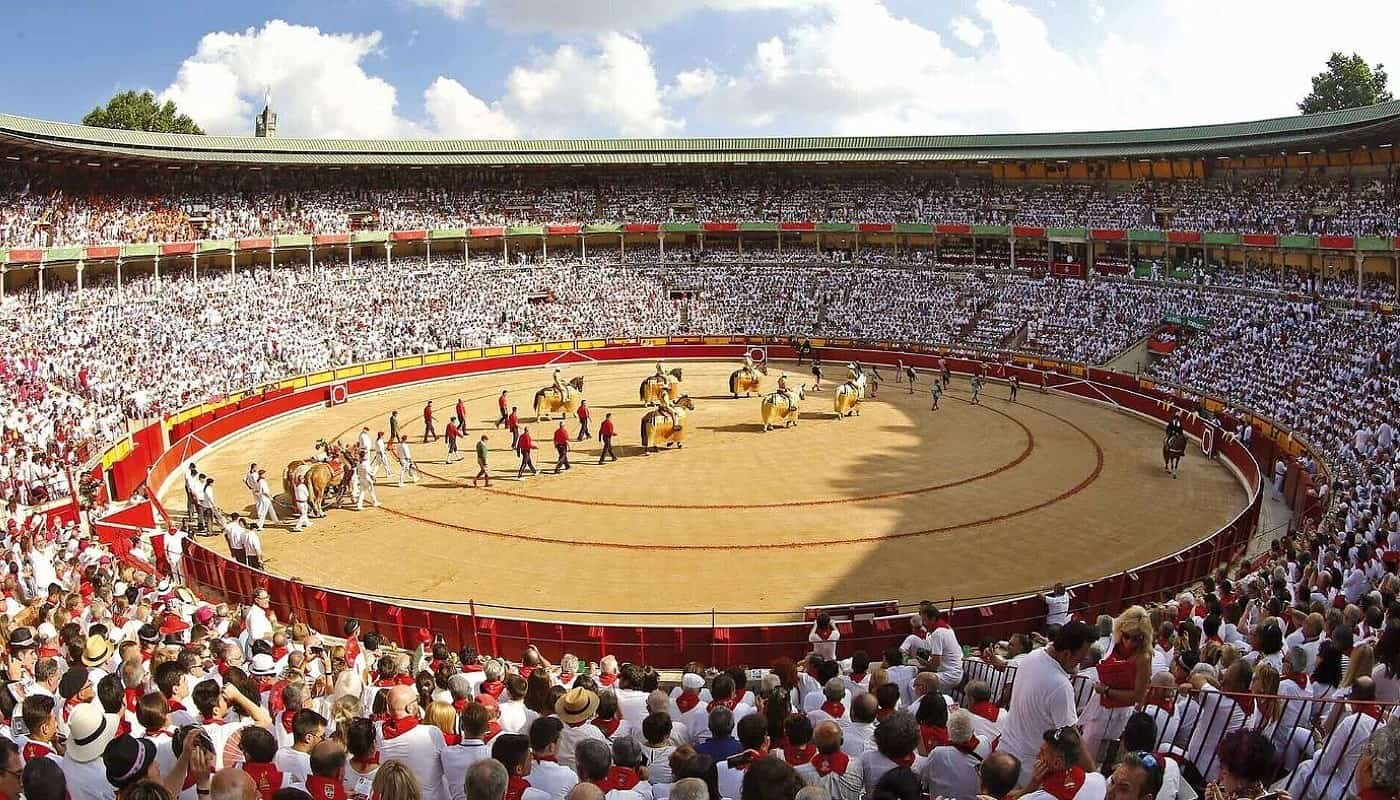
Museum Experience. The attached bullfighting museum (€6 or $6.50) offers fascinating insights into the history and traditions of bullfighting. I was particularly interested in the collection of colorful trajes de luces (suits of lights) worn by famous matadors throughout history.
Architectural Details. The building itself is worth admiring for its distinctive yellow and red exterior. My guide explained that the arena was designed by Francisco Urcola, who created a perfect circle with excellent visibility from all seats. The tour includes access to areas normally closed to the public.
| Tour Option | Price | Duration |
|---|---|---|
| Museum Only | €6 ($6.50) | Self-guided |
| Tour + Museum | €10 ($10.80) | 45 minutes |
| San Fermín Bullfight | €25-€150 ($27-$162) | 2-3 hours |
7. Iglesia de San Lorenzo
Historical Gem. The Iglesia de San Lorenzo is a stunning example of Gothic architecture in Pamplona, located in the heart of the city’s historical center. This church is known for its beautiful stone carvings and intricate details that reflect the region’s rich cultural heritage.
Cultural Significance. I was fascinated by the church’s role in the San Fermín festival. The Chupinazo rocket is launched from the balcony of the church to signal the start of the festivities, drawing thousands of spectators.
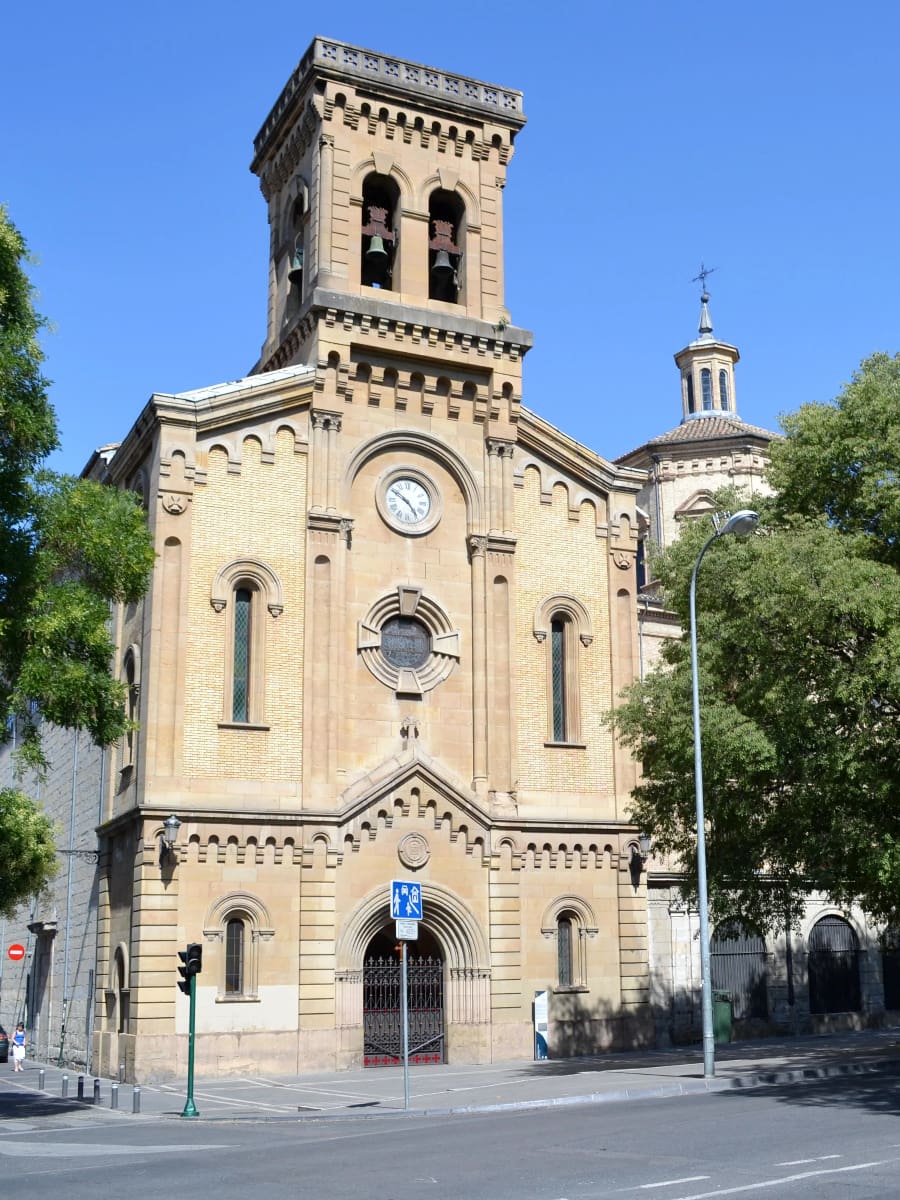
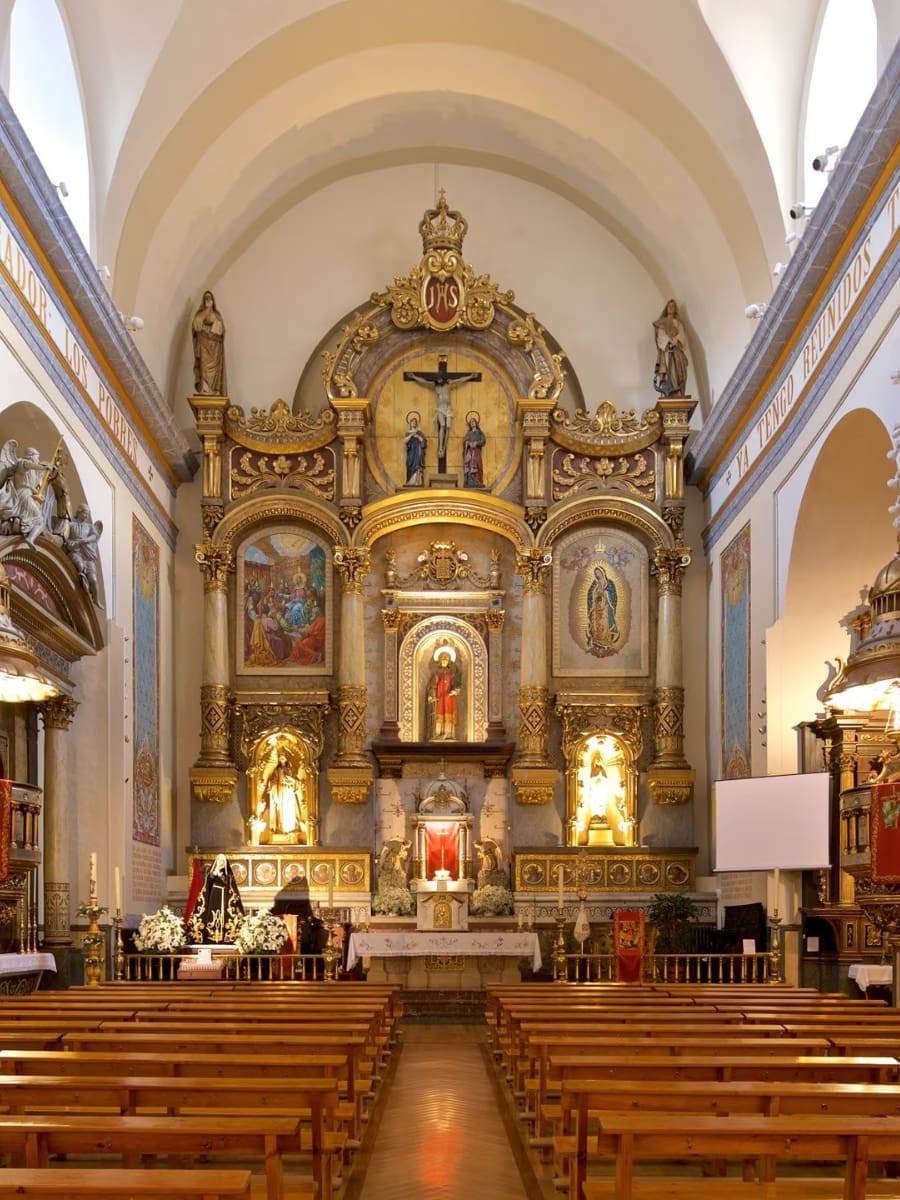
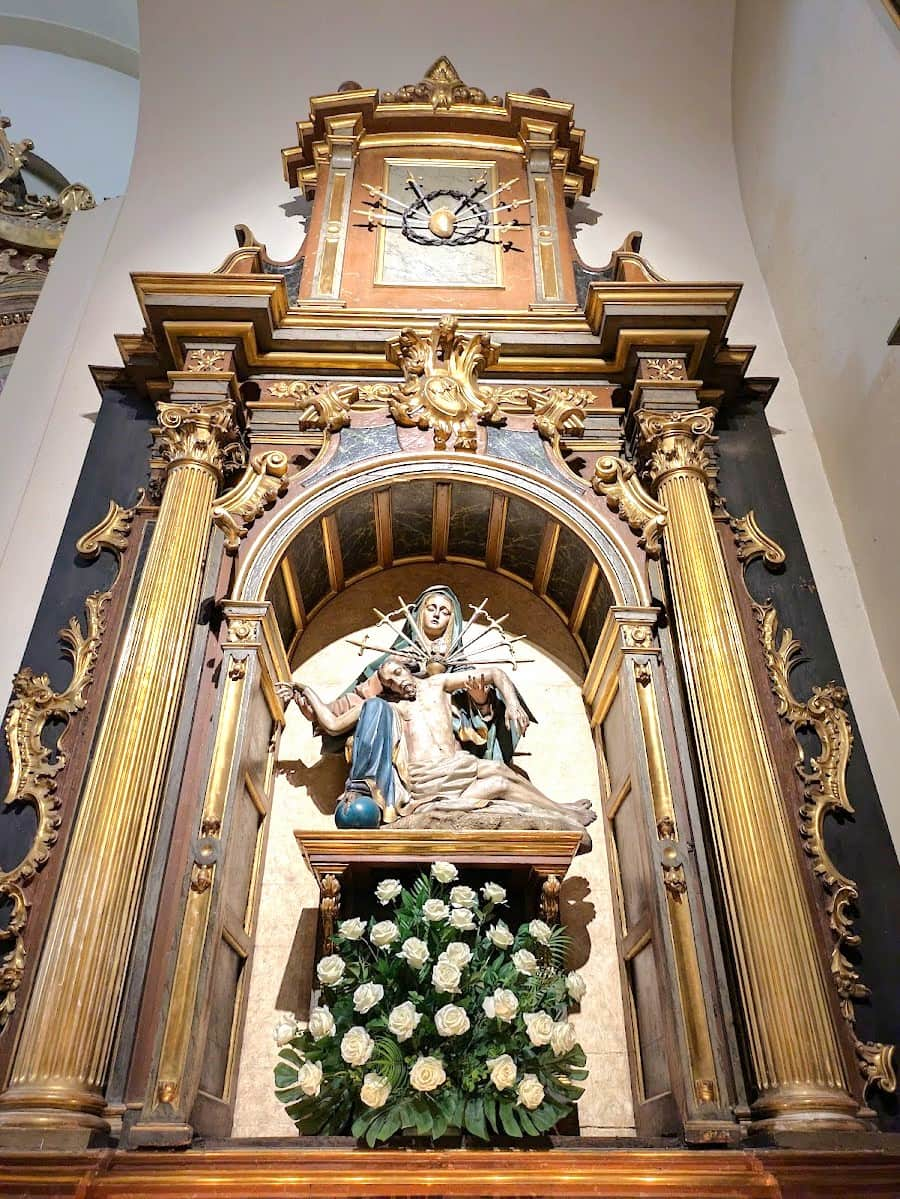
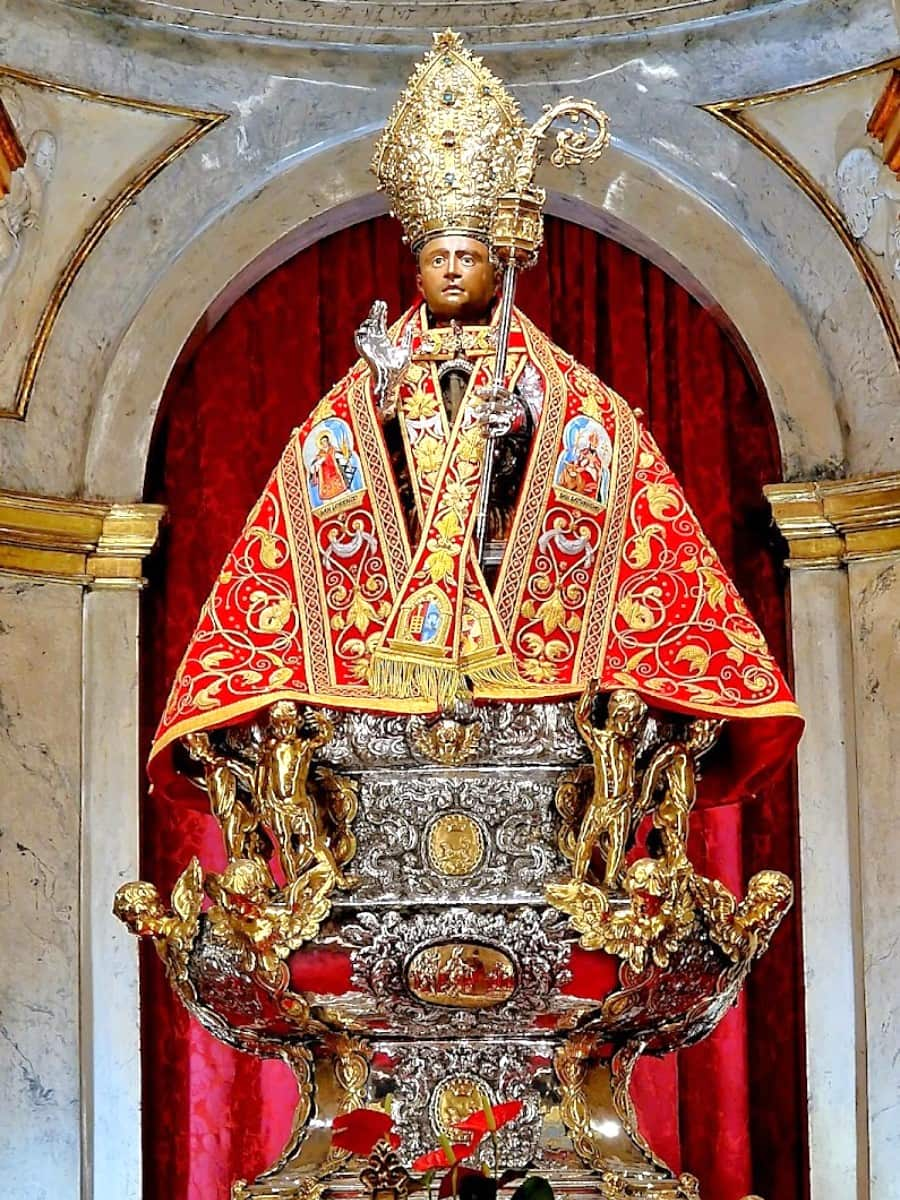
Architectural Details. The church’s façade is adorned with Romanesque capitals, showcasing the blend of architectural styles that define Pamplona’s historical buildings. Inside, the church features beautiful stained glass windows and a serene atmosphere, making it a peaceful retreat from the bustling streets.
Visitor Tips. Admission is free, although donations are appreciated. The church is open daily for mass and visits, but it’s best to check the schedule to avoid service times. Photography is allowed, but be respectful during religious ceremonies.
8. Navarra Arena
Modern Sports Hub. The Navarra Arena is a state-of-the-art sports complex located just outside Pamplona’s city center. It hosts various sports events, including basketball and handball matches, as well as concerts and cultural performances.
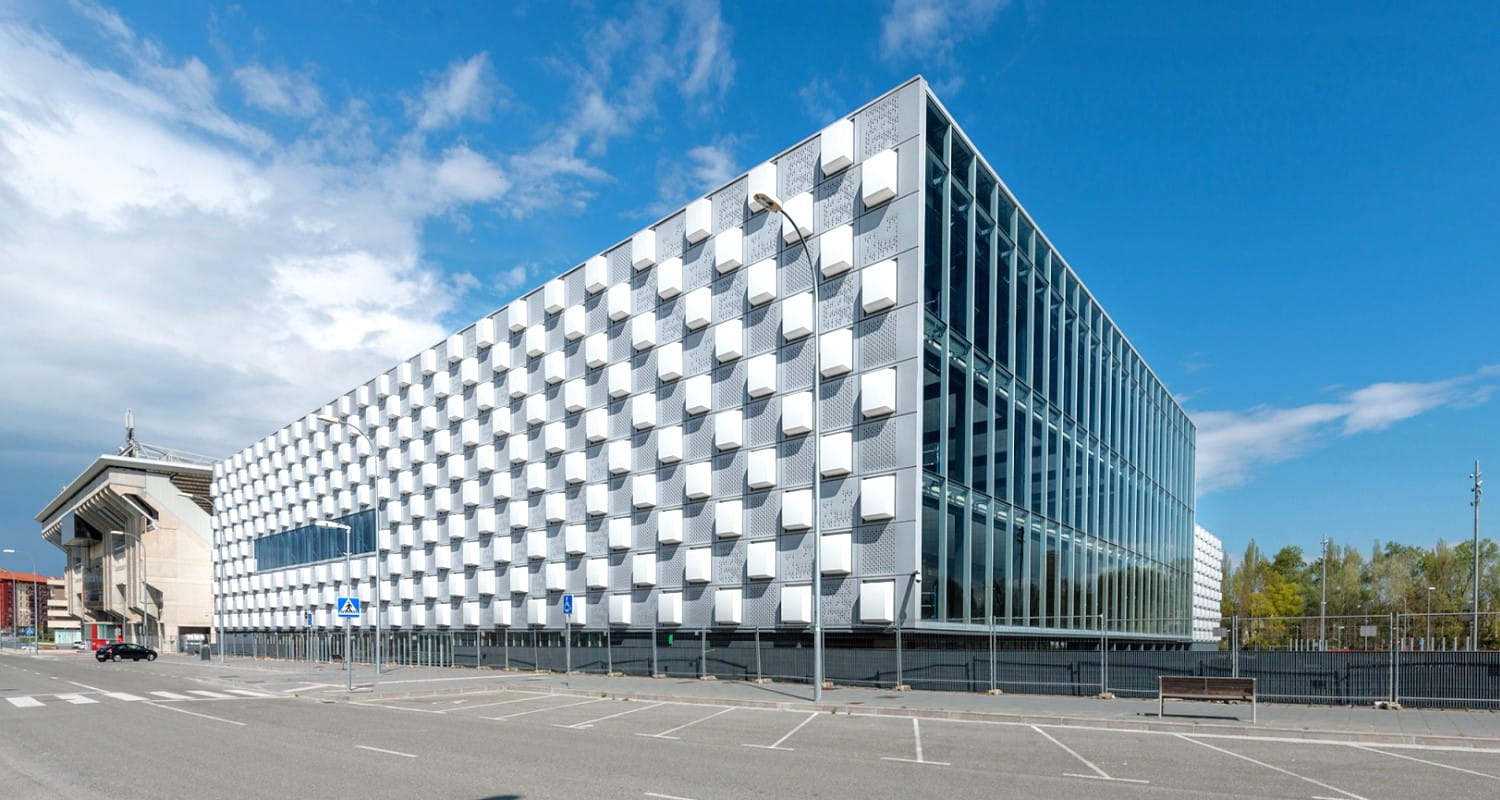
Facilities and Events. I was impressed by the arena’s modern facilities, which include a large seating capacity and advanced sound systems. The arena is home to the Saski Baskonia basketball team and has hosted numerous international sports competitions.
Accessibility. The arena is easily accessible by public transport from Pamplona’s city center. Tickets for events vary in price depending on the event, but they generally range from €10 to €50 ($10.80 to $54).
Visitor Tips. Check the arena’s schedule for upcoming events. If you’re visiting Pamplona during a sports match or concert, consider staying in nearby hotels for convenience. The arena also offers tours when no events are scheduled, providing insight into its operations and facilities.
9. Saint Nicholas Church
Historical Landmark. The Saint Nicholas Church, located in the heart of Pamplona’s historical center, is a significant landmark known for its stunning Gothic architecture. This church has been a part of the city’s religious and cultural fabric for centuries, offering a serene atmosphere for both locals and visitors.
Cultural Significance. I was fascinated by the church’s role in the San Fermin festival. The Chupinazo rocket, which signals the start of the festivities, is launched from the balcony of the nearby Iglesia de San Lorenzo, but Saint Nicholas Church also plays a part in cultural celebrations.
Architectural Details. The church features beautiful stone carvings and intricate details that reflect the region’s rich cultural heritage. Visitors can admire the Romanesque capitals and other architectural elements that make this church a must-visit for architecture enthusiasts.
10. Portal of Zumalacarregui
Historical Gateway. The Portal of Zumalacarregui is a historic gateway that once formed part of Pamplona’s medieval city walls. This ancient structure is a testament to the town’s fortified past and offers a glimpse into its rich history.
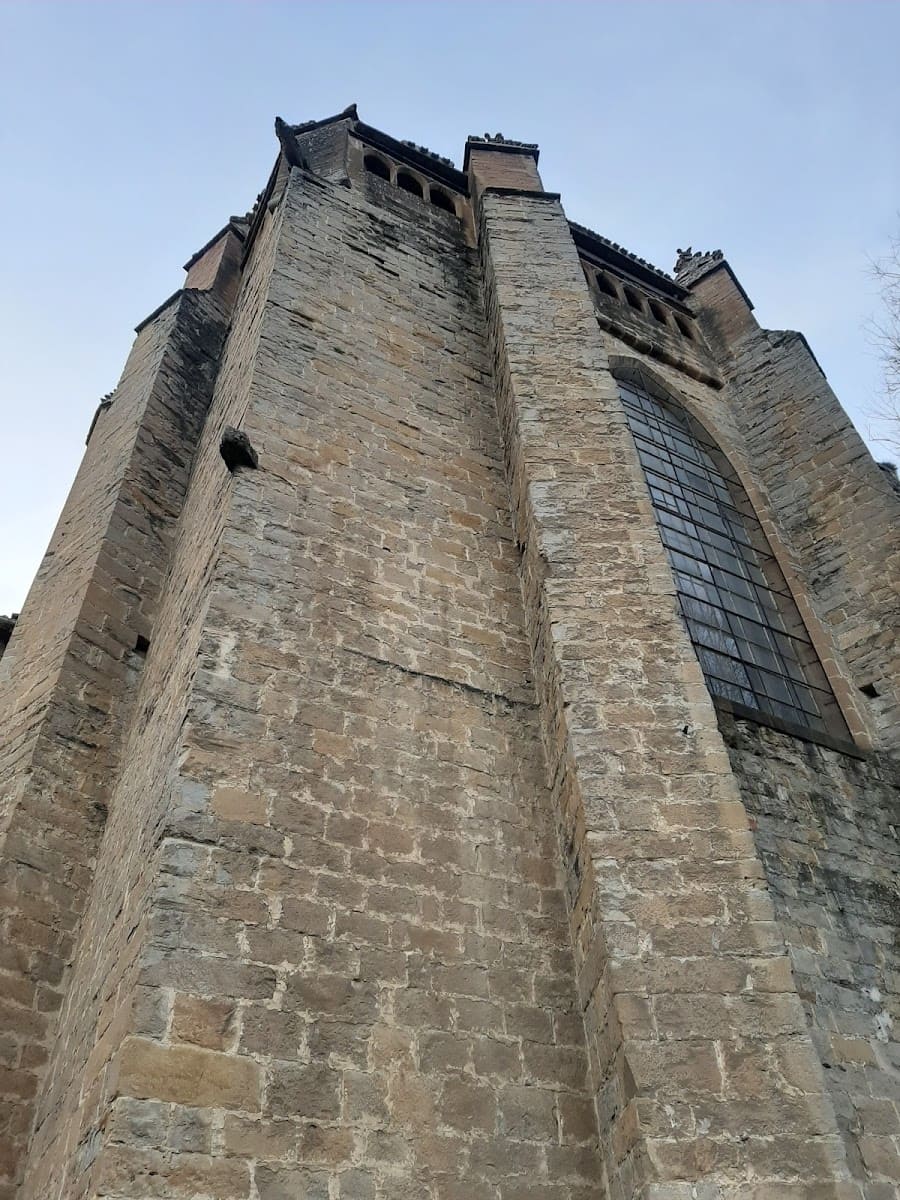
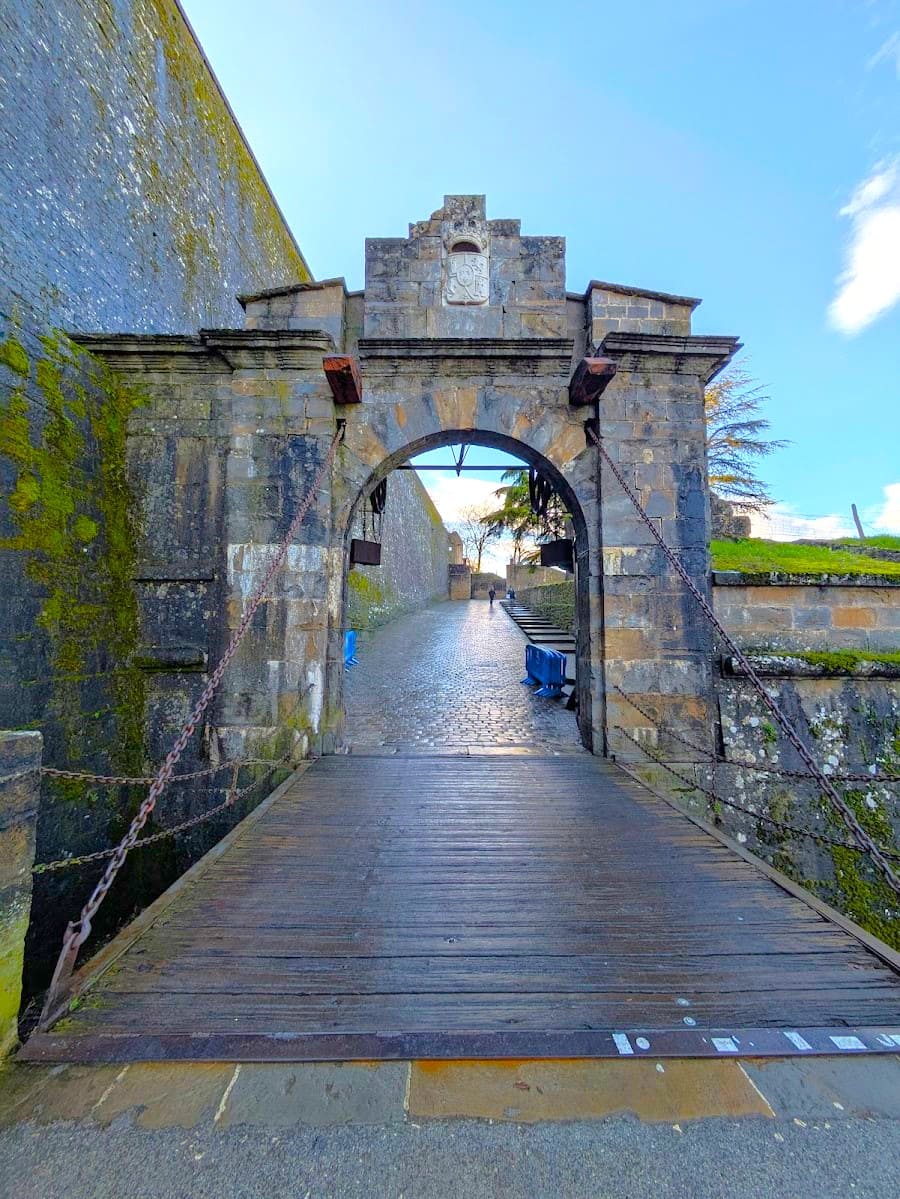
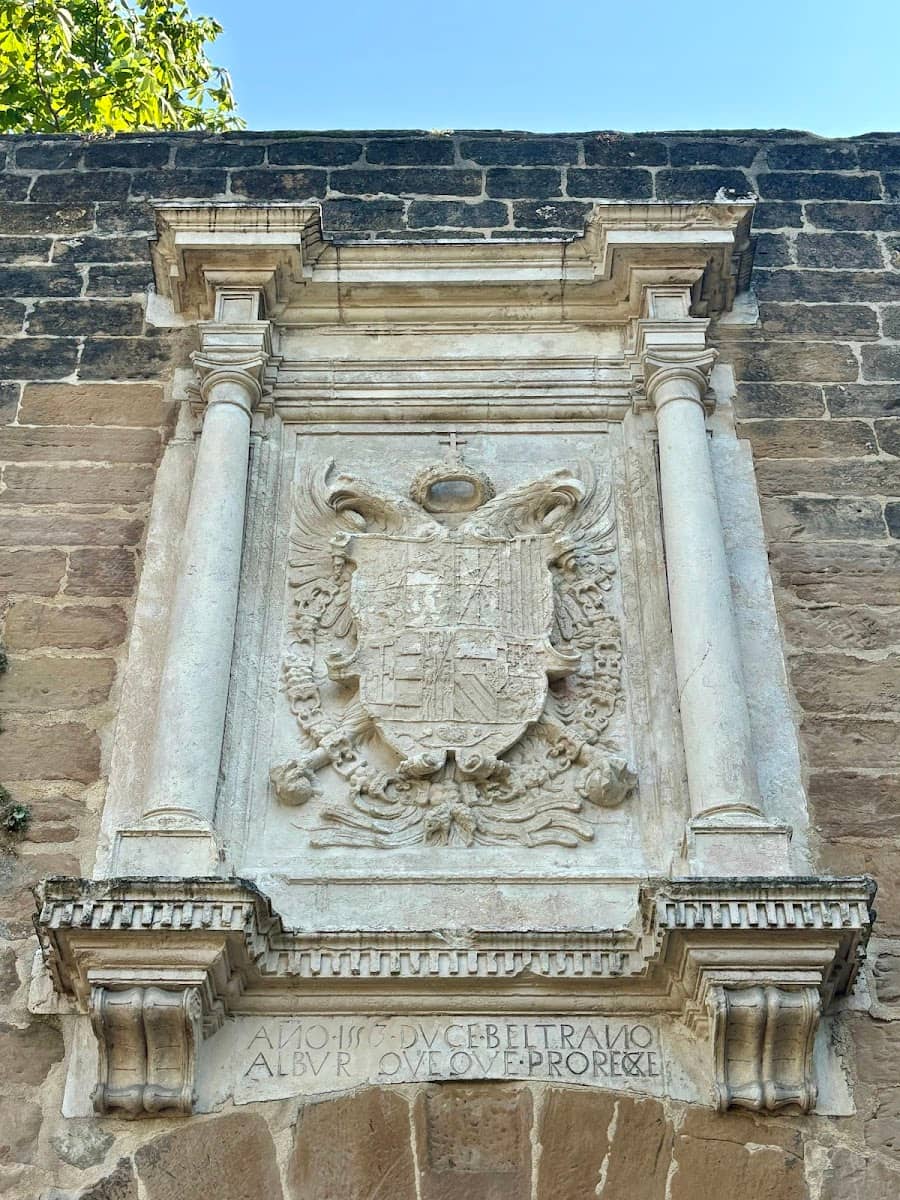
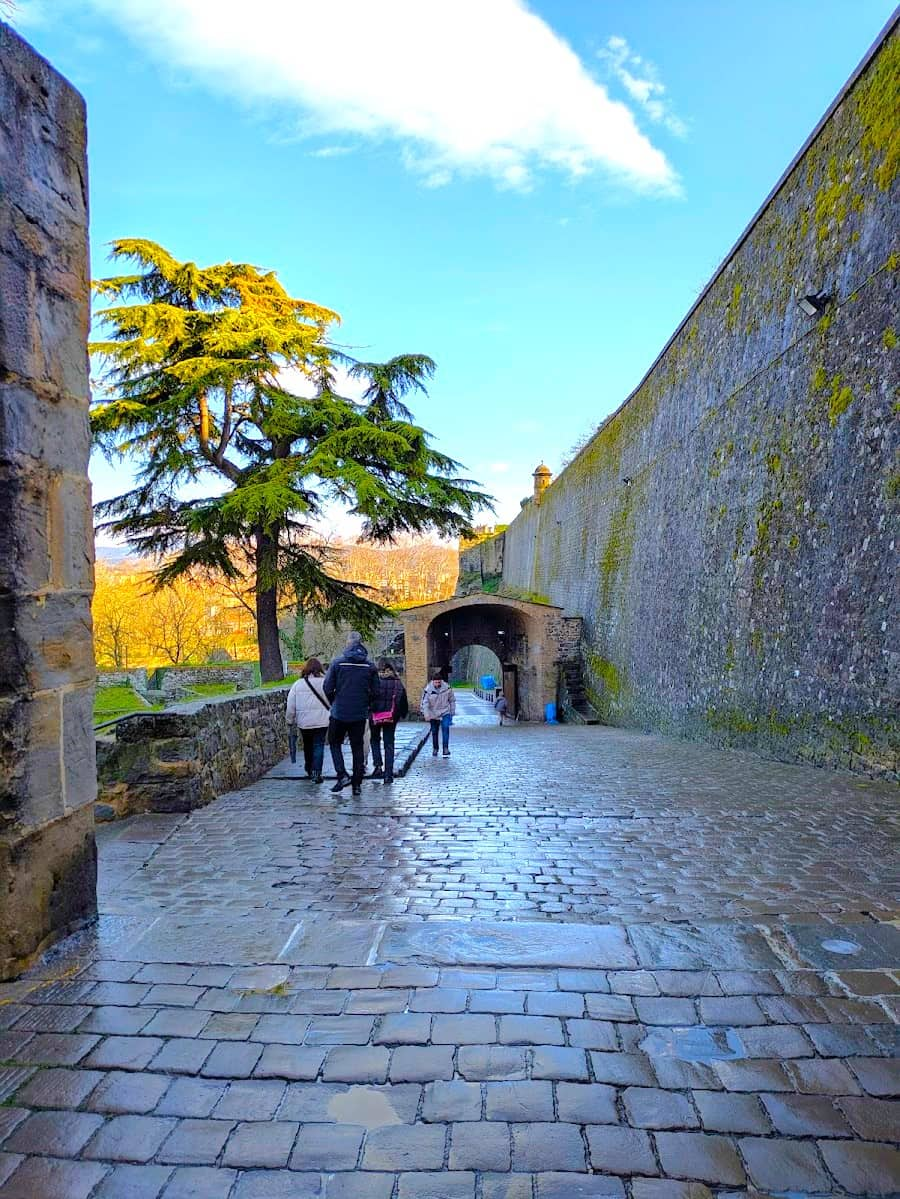
Cultural Context. I learned that this portal is named after Tomás de Zumalacárregui, a prominent figure in Spanish history. It serves as a reminder of the town’s strategic importance during medieval times and its role in battles and sieges.
Practical Information. The portal is accessible at any time, and there is no admission fee. It’s a great spot for photography, especially during the golden hours when the light enhances the ancient stone.
11. Pamplona City Hall
Historical Significance. Pamplona City Hall, also known as Casa Consistorial de Pamplona, is a significant landmark in the city’s Old Town. Dating back to 1423, it was commissioned by King Carlos III of Navarre to unite the disputing boroughs of Navarrería, San Nicolás, and San Saturnino. The building’s Baroque façade is adorned with beautiful decorations, making it a notable architectural feature.
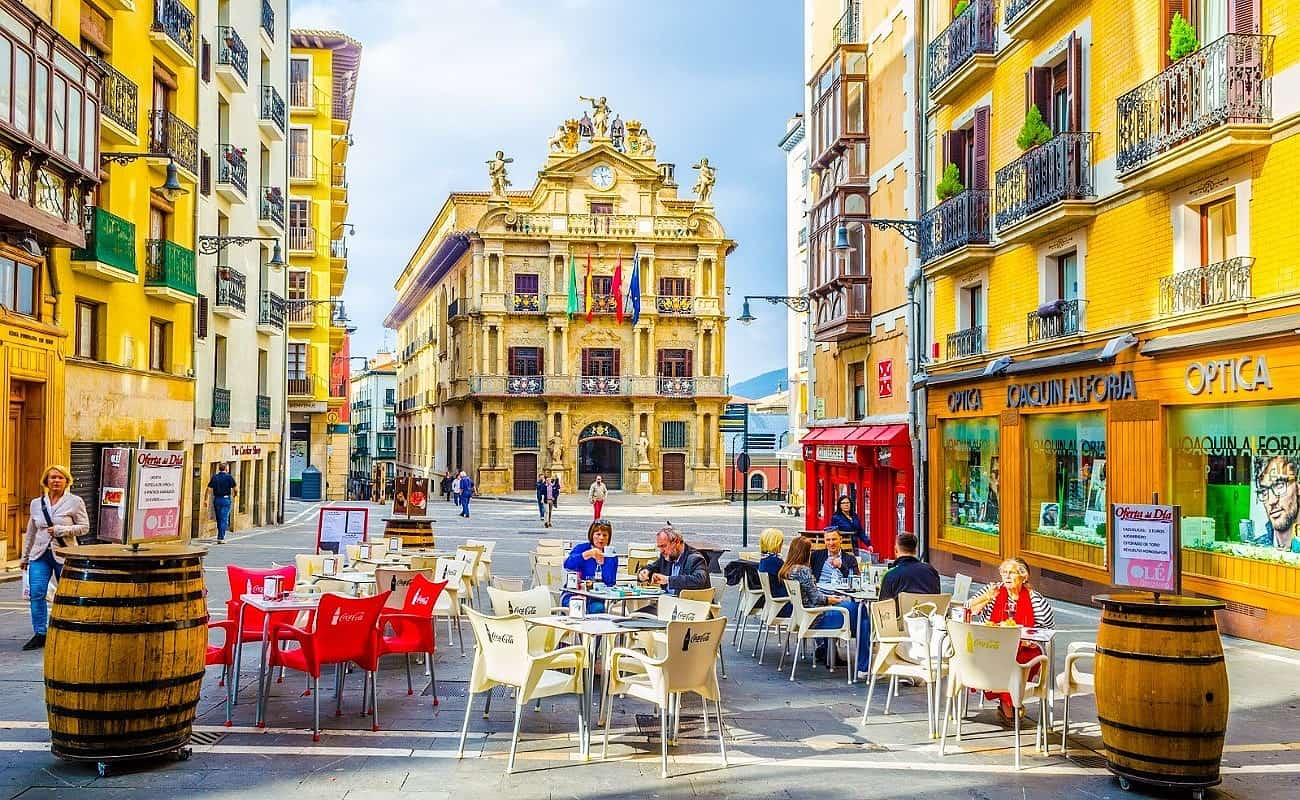
Cultural Role. City Hall is also famous for being the starting point of the San Fermin festival, where the Chupinazo rocket is launched to signal the beginning of the celebrations. Visitors can appreciate the building’s artwork and join in the festivities during this iconic event. The City Hall’s role in Pamplona’s cultural life is undeniable, as it serves as both an administrative center and a symbol of the city’s rich history.
⭐ Best Activities
- Private City Tour Pamplona – Experience Pamplona’s rich history and culture on a personalized private tour.
Cultural Experiences in Pamplona
1. Pintxos and Local Cuisine
Culinary Delights. The local cuisine in this vibrant city is renowned for its pintxos, small bites of culinary art that are both delicious and visually appealing. I discovered that trying these haute-cuisine in miniature is a must-do experience. From traditional egg fritos to more adventurous options like squid fritos, each pintxo bar offers a unique gastronomic journey.
Local Specialties. The region’s cuisine is heavily influenced by Basque and Spanish traditions, with a focus on fresh, local produce. I enjoyed sampling local wine alongside these culinary delights, which perfectly complemented the flavors of the pintxos. Estafeta street and San Nicolás street are hotspots for pintxo enthusiasts, offering a variety of options to suit every palate.
2. San Fermín Festival
Festival Frenzy. The San Fermín festival is an exhilarating experience that draws visitors from around the world. This iconic event is famous for its bull-running (encierro), which takes place daily during the festival. The excitement is palpable as participants and spectators alike gather in the streets to witness this thrilling spectacle.
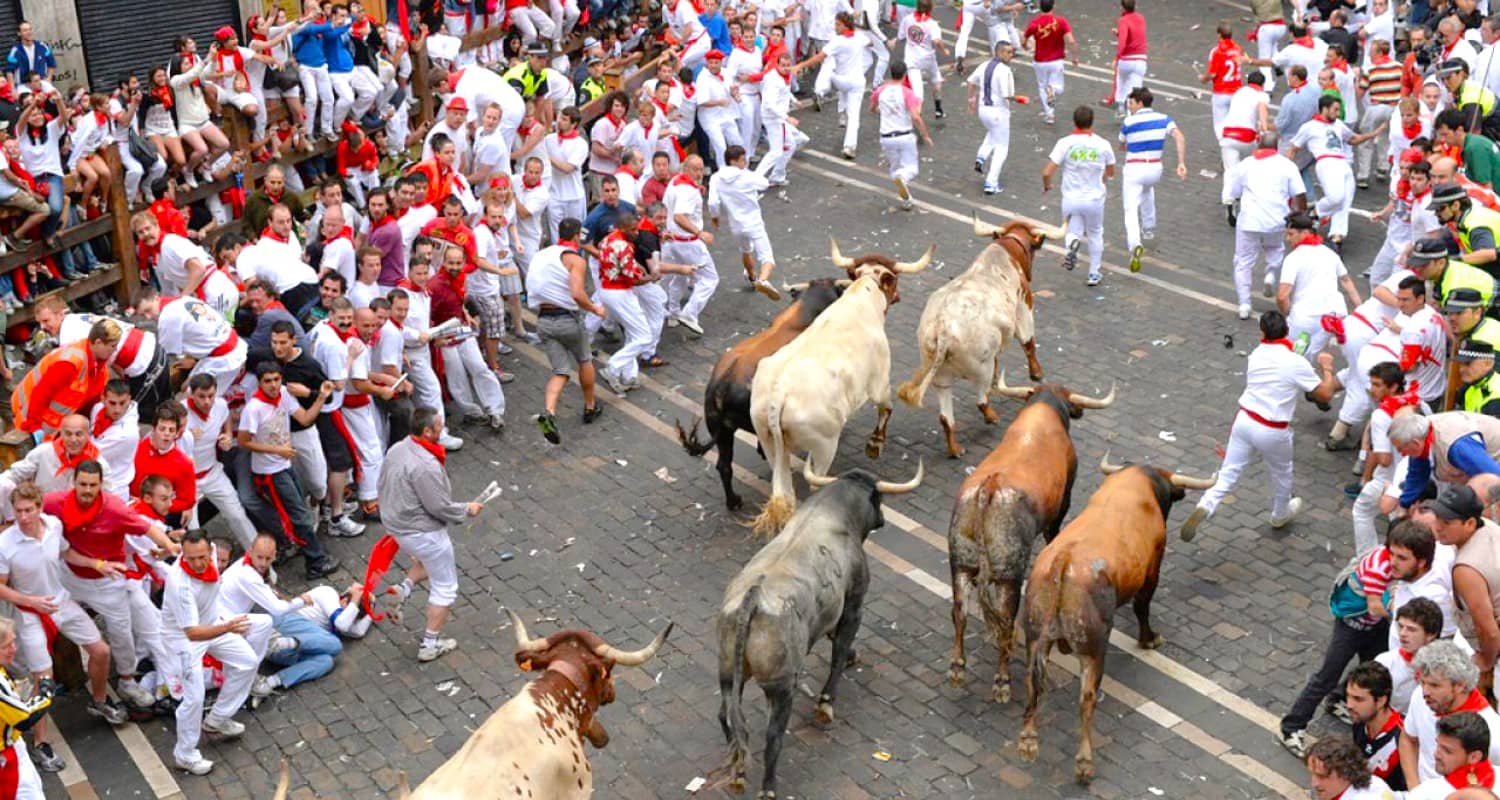
Cultural Significance. Beyond the bull-running, the festival is a celebration of local culture and traditions. It honors San Fermín, the town’s patron saint, and features a range of events including concerts, fireworks, and parades. The festival’s energy is infectious, making it a unique and unforgettable experience for all who attend.
Ernest Hemingway Connection. The festival gained international fame thanks in part to Ernest Hemingway’s novel “The Sun Also Rises,” which vividly captures the essence of San Fermín. Visitors can still feel Hemingway’s presence in the town’s cafes and bars, where he once mingled with locals and fellow writers.
Outdoor Activities in Pamplona
1. City Walls and Ciudadela de Pamplona
Historical Fortifications. The city walls and the Ciudadela (Citadel) of Pamplona are remnants of medieval past, showcasing its strategic importance as a fortified city in Northern Spain. These historical structures have played a significant role in battles and sieges throughout history, including those involving the crown of Castile and France. Visitors can explore these fortifications in Pamplona’s old town, which dates back centuries and offers a glimpse into rich cultural heritage.
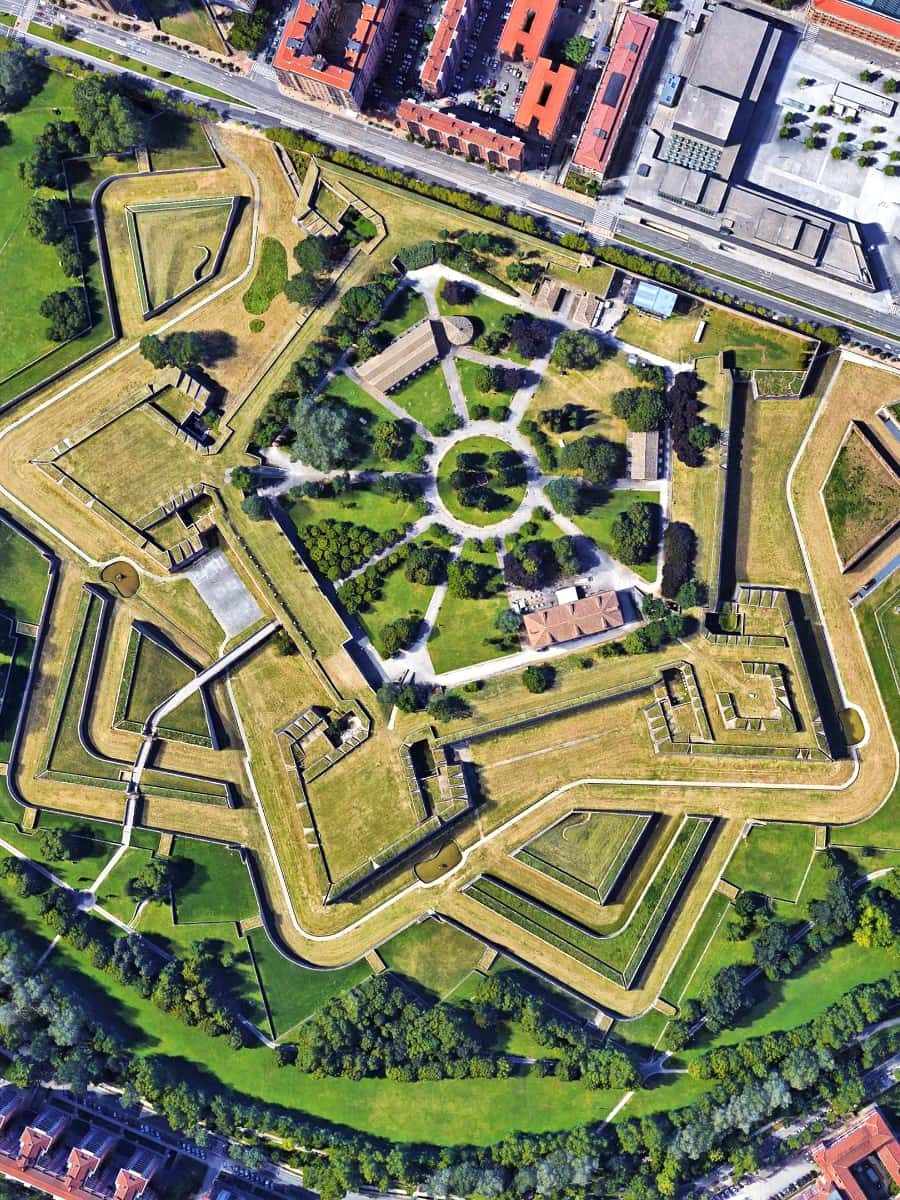
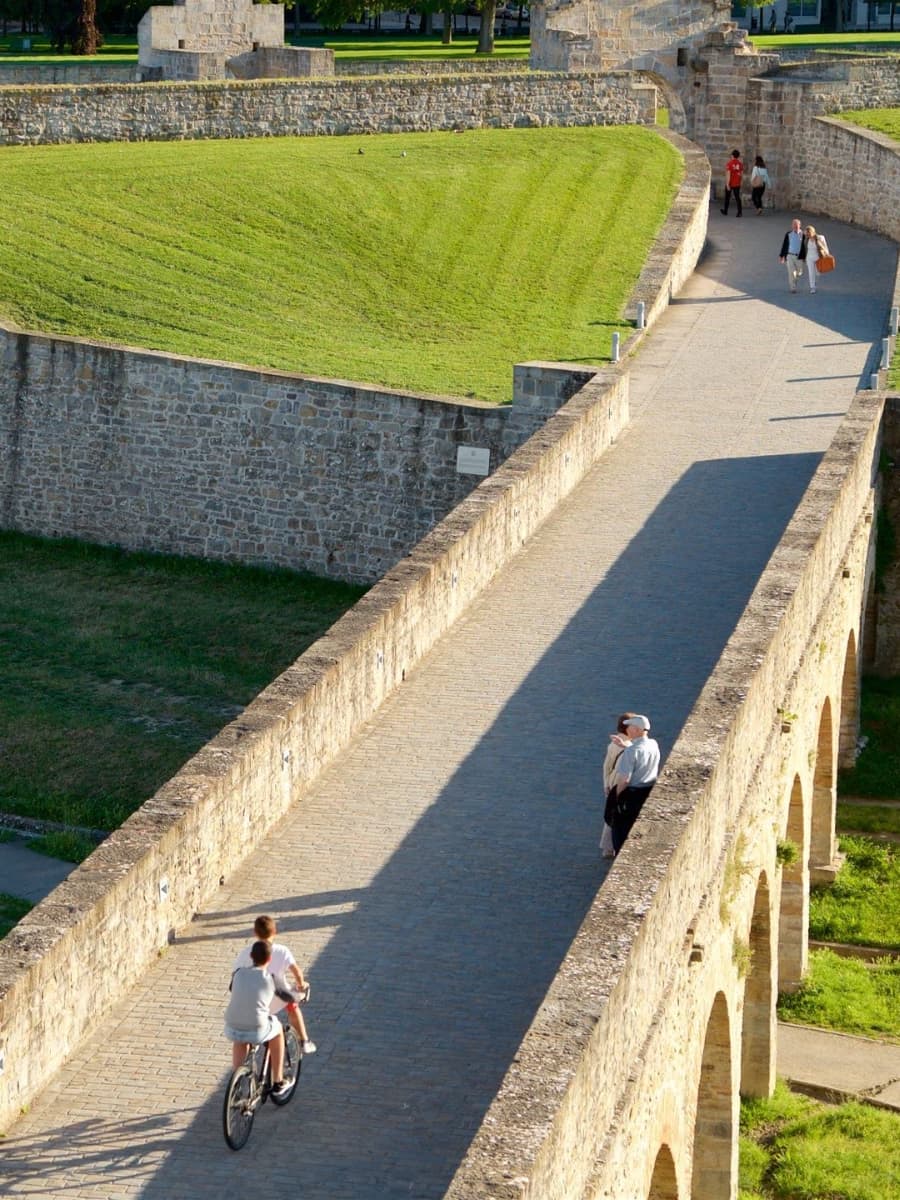
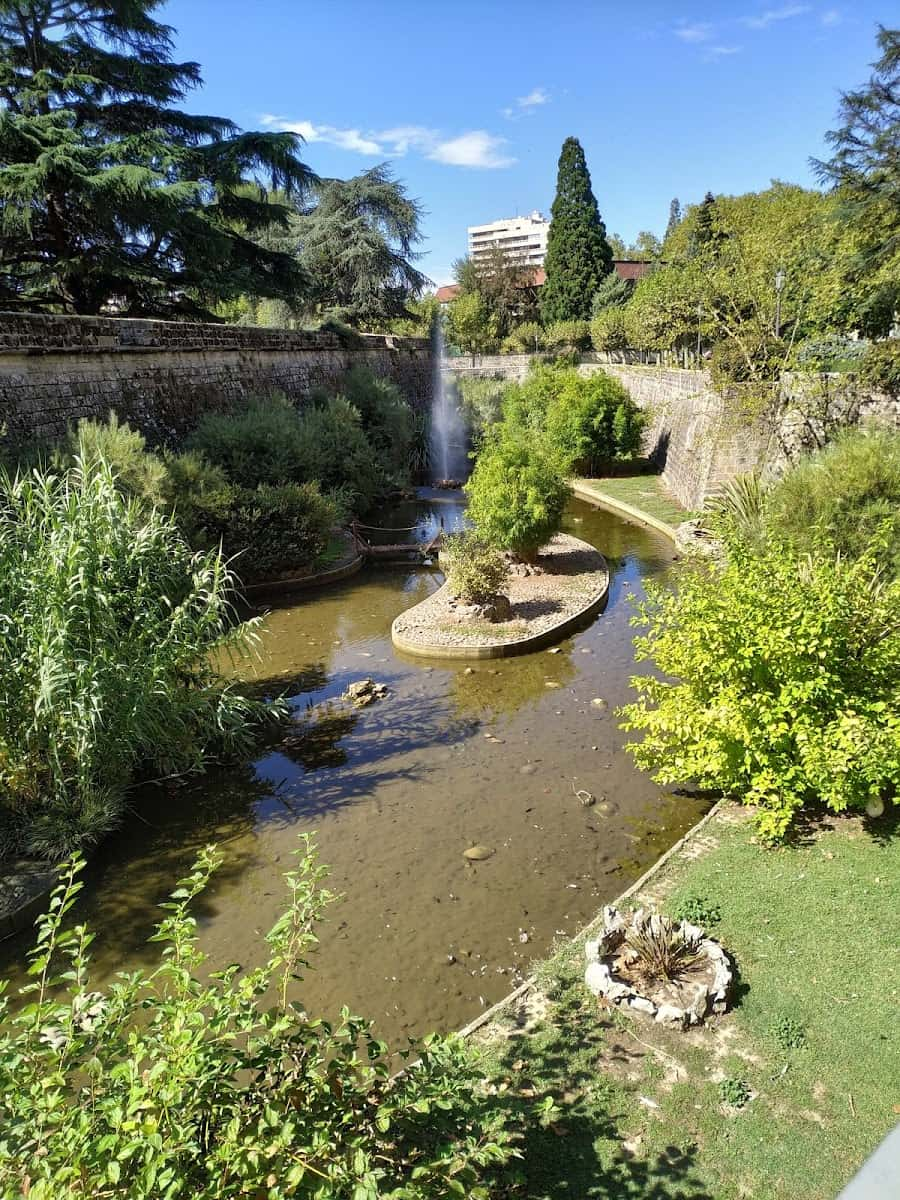
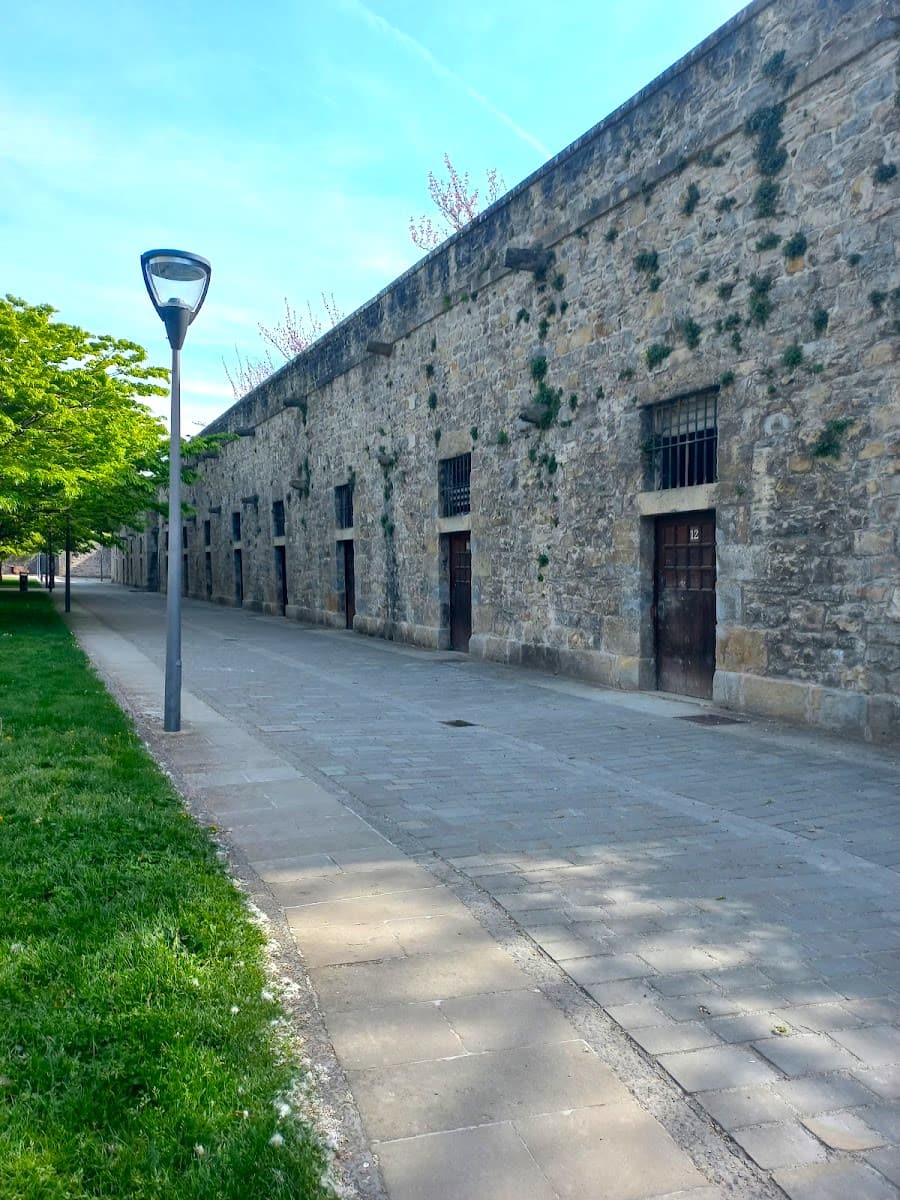
Architectural Significance. The Citadel, built in the 16th century, is a masterpiece of Renaissance architecture and serves as a testament to the town’s military history. It features a unique star-shaped design, making it a fascinating spot for history buffs and architecture enthusiasts. This attraction is one of the top things to see in Pamplona and is open to the public, offering stunning views of the city.
Walking Routes. Visitors can explore parts of the city walls and enjoy panoramic views of the city from various vantage points. The Taconera Gardens circuit offers a scenic route that combines historical significance with natural beauty, allowing locals and tourists alike to appreciate the town’s best views.
⭐ Best Activities
- Private City Tour Pamplona – Experience Pamplona’s rich history and culture on a personalized private tour. This tour allows you to explore the city’s historical center, including landmarks like Plaza del Castillo, Palacio de Navarra, and Catedral de Santa María, while gaining insights into its cultural heritage and traditions.
2. Parks and Gardens
Green Oases. Pamplona’s parks and gardens provide serene escapes from the bustling city life, offering a tranquil atmosphere for both locals and tourists. The Jardines de la Taconera and Parque Yamaguchi are two of the most notable green spaces, located near the city centre of Pamplona. These parks are part of local attractions that showcase its ecological side and are perfect for a day exploring the best of Pamplona.
Taconera Gardens. These gardens are a blend of French and English styles, featuring a variety of flora and fauna, including peacocks and swans. The gardens are part of the medieval fortifications and offer a peaceful stroll with scenic views, making them a must-visit attraction in Pamplona’s old town.
Yamaguchi Park. This park is a Japanese-inspired oasis, designed to promote cultural exchange between Pamplona and its sister city, Yamaguchi, Japan. It includes a Planetarium and offers a serene environment perfect for relaxation and family activities. Visitors can enjoy the park’s tranquility after exploring the town’s main attractions, such as the Pamplona Cathedral and the Museum of Navarre.
Day Trips from Pamplona
1. Day Trip to Rioja
Wine Country. I discovered that a day trip to Rioja from Pamplona is a must for wine enthusiasts. This region, known for its rich wine-making traditions, offers a scenic escape with vineyards stretching as far as the eye can see. Visitors can explore the Rioja Alta and Rioja Alavesa wine routes, sampling some of the best wines in Spain.
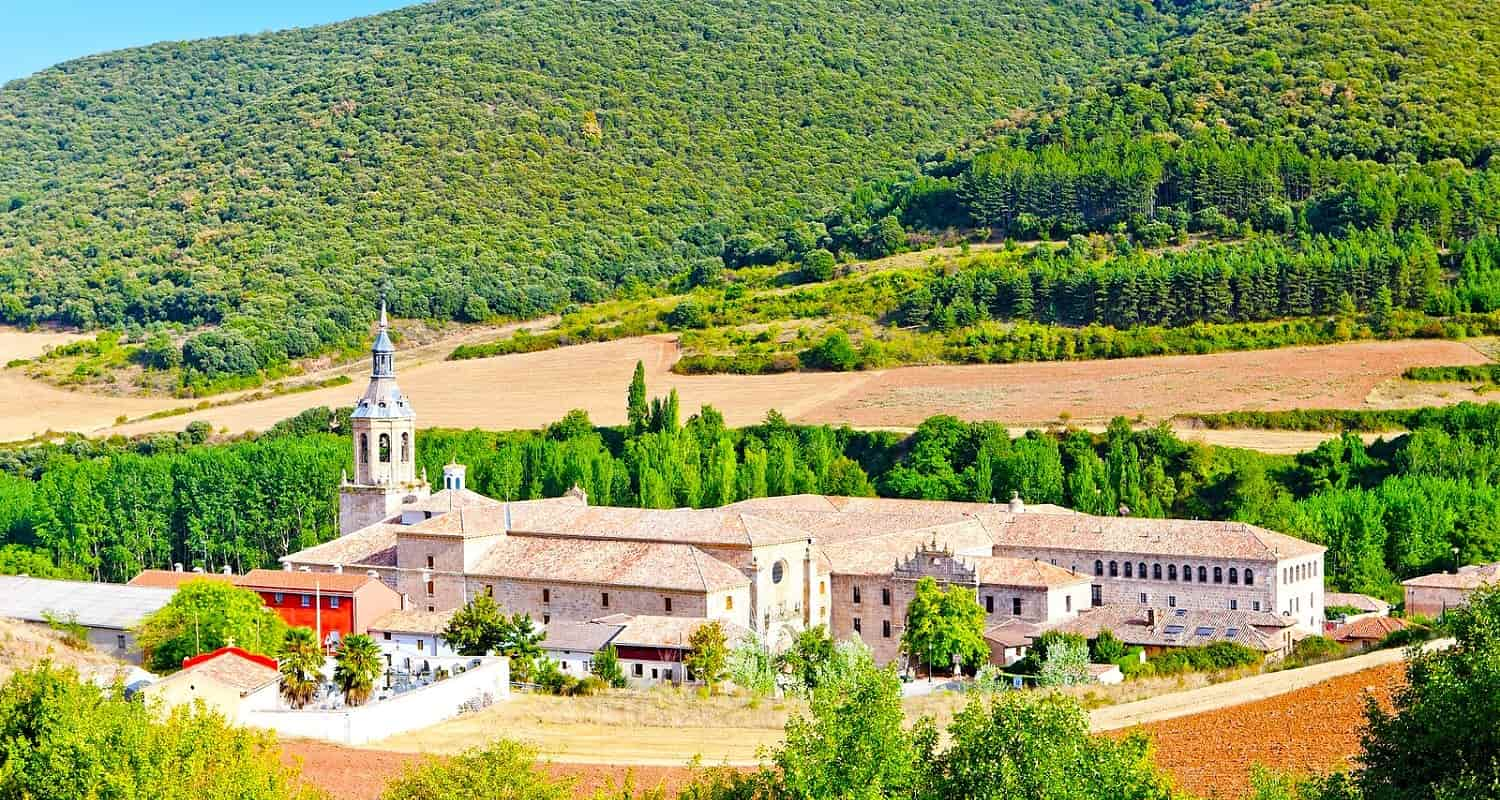
Wine Tours. My advice is to book a guided tour that includes a visit to a local winery. These tours typically cost between €250 and €350 (approximately $270-$380) and include a traditional lunch. Here’s a comparison of popular tours:
| Tour Type | Duration | Price (EUR/USD) |
|---|---|---|
| Rioja Alta Tour | 8 hours | €250 / $270 |
| Rioja Wine Route | 6-7 hours | €230 / $250 |
Practical Tips. Be sure to book in advance, especially during peak season. The scenic drive from Pamplona takes about an hour, making it an ideal day trip.
⭐ Best Activities
- La Rioja Small-Group Winery Tour with Lunch – Experience the best of La Rioja’s wine culture with a small-group tour, including wine tasting and lunch.
2. Day Trip to San Sebastián
Coastal Gem. San Sebastián, located about an hour from Pamplona, is a stunning coastal city known for its beautiful beaches and gastronomic excellence. Visitors can enjoy the city’s famous pintxos, visit the iconic Kursaal Congress Centre, or simply relax on La Concha Beach.
Cultural Experiences. I enjoyed exploring the city’s old town, which features a mix of Belle Époque and modern architecture. The city is also a great place to try local seafood and Basque cuisine, which shares similarities with the Navarrese cuisine found in Pamplona.
Practical Information. Public transportation from Pamplona is convenient, with buses running frequently. My tip is to combine this trip with a visit to the nearby Camino de Santiago route for a more immersive experience.
⭐ Best Activities
- San Sebastian & Basque Coast Tour From Pamplona – Discover San Sebastián’s stunning beaches and gastronomic excellence on this day trip from Pamplona, including lunch.
Free and Fun Activities
1. Walking Tours
Exploring the City. Walking tours are an excellent way to discover the rich history and cultural heritage of this vibrant city. I enjoyed strolling through the historical center, which includes the three ancient boroughs of San Cernin, Navarrería, and Población de San Nicolás. Each neighborhood offers a unique glimpse into the town’s past, with its own distinct architecture and traditions.
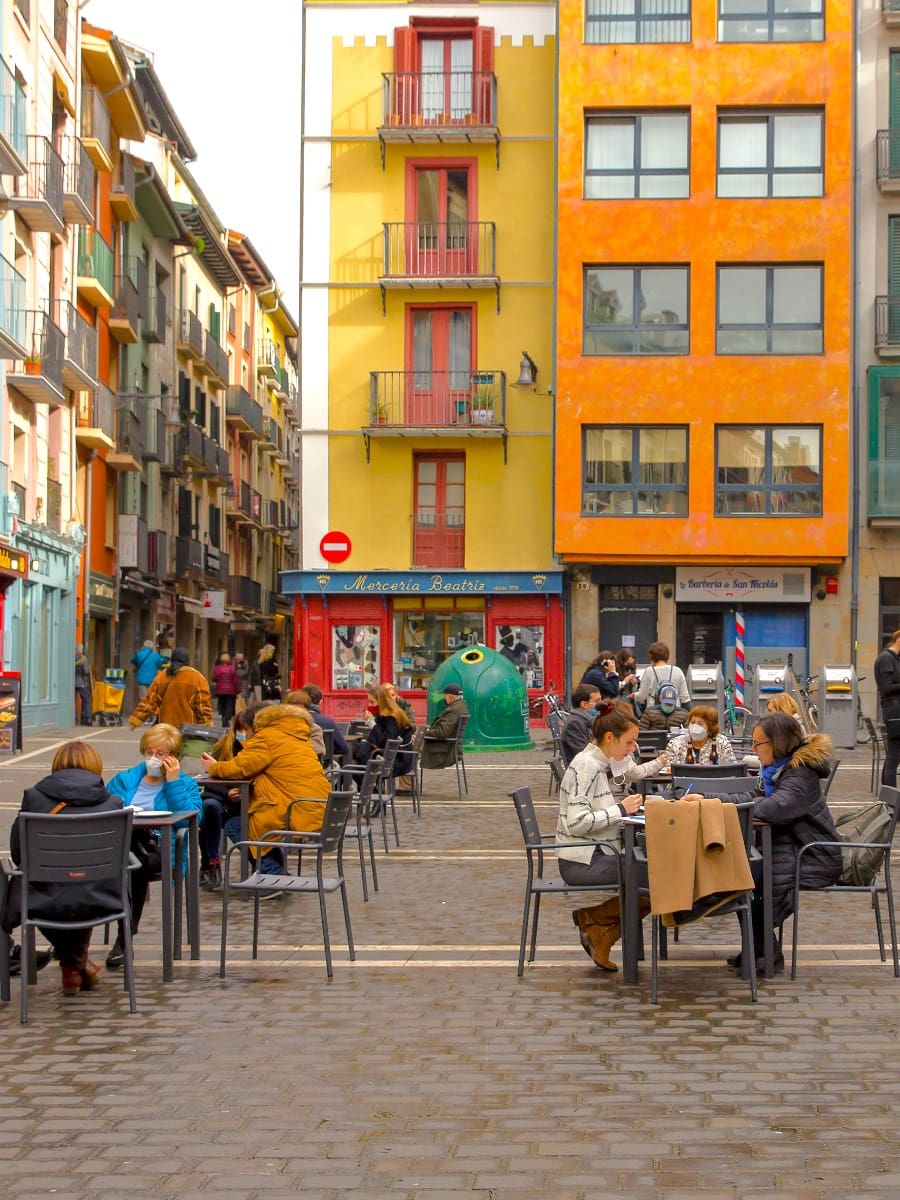
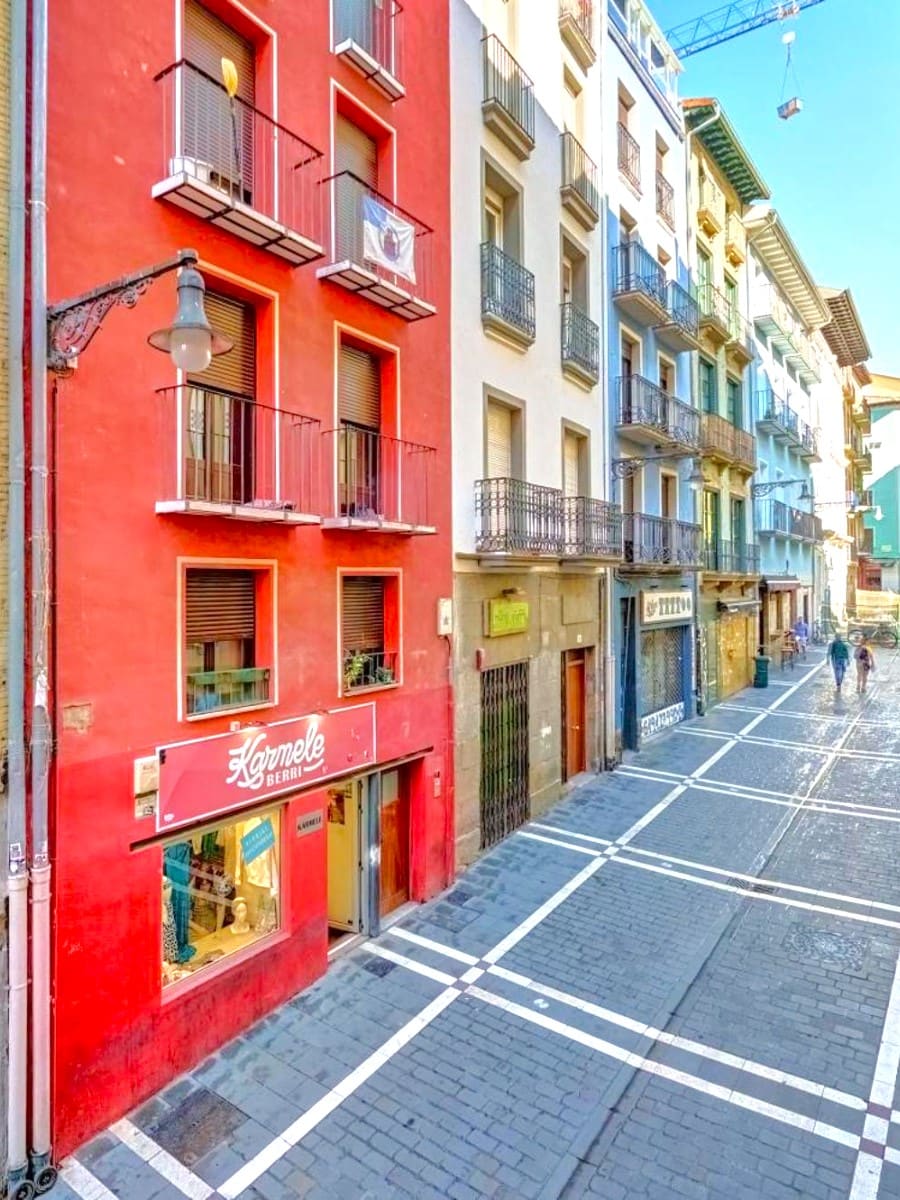
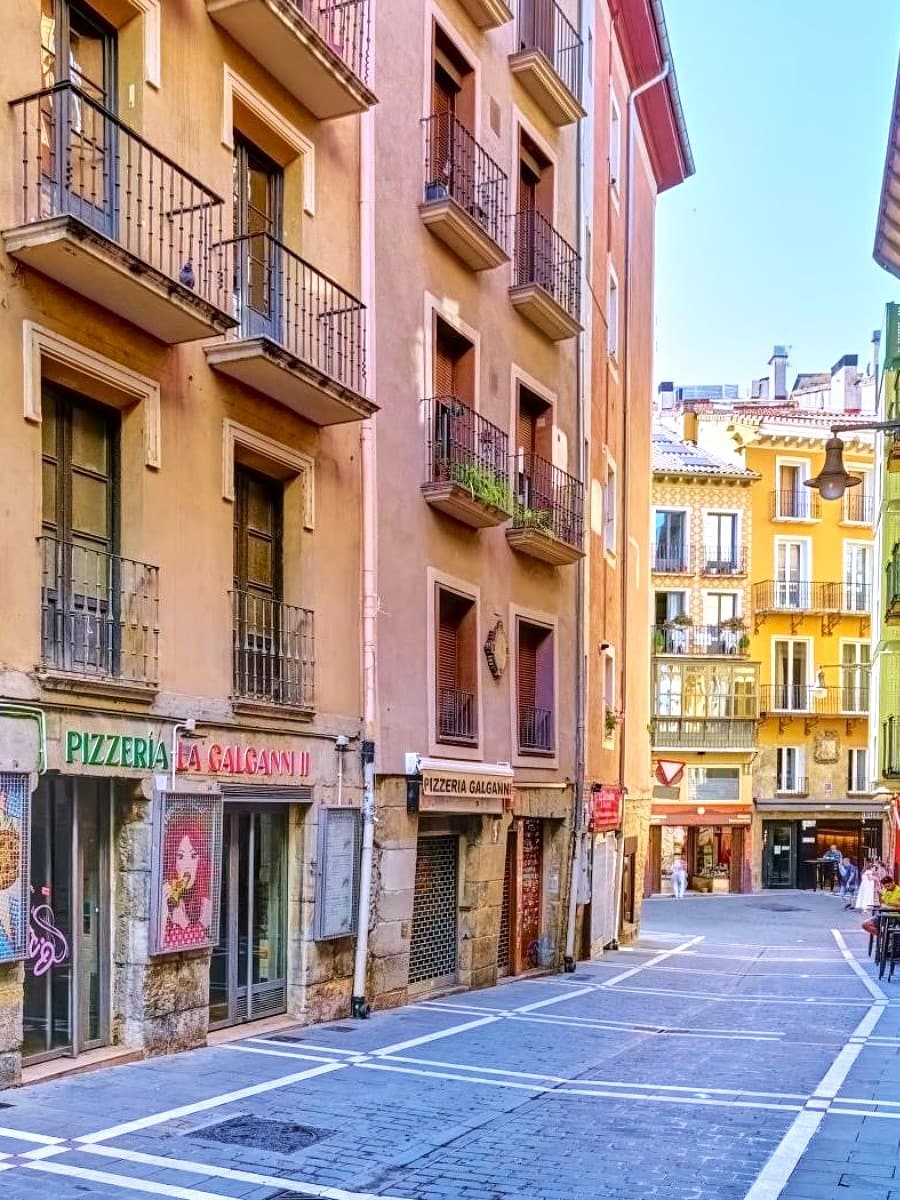
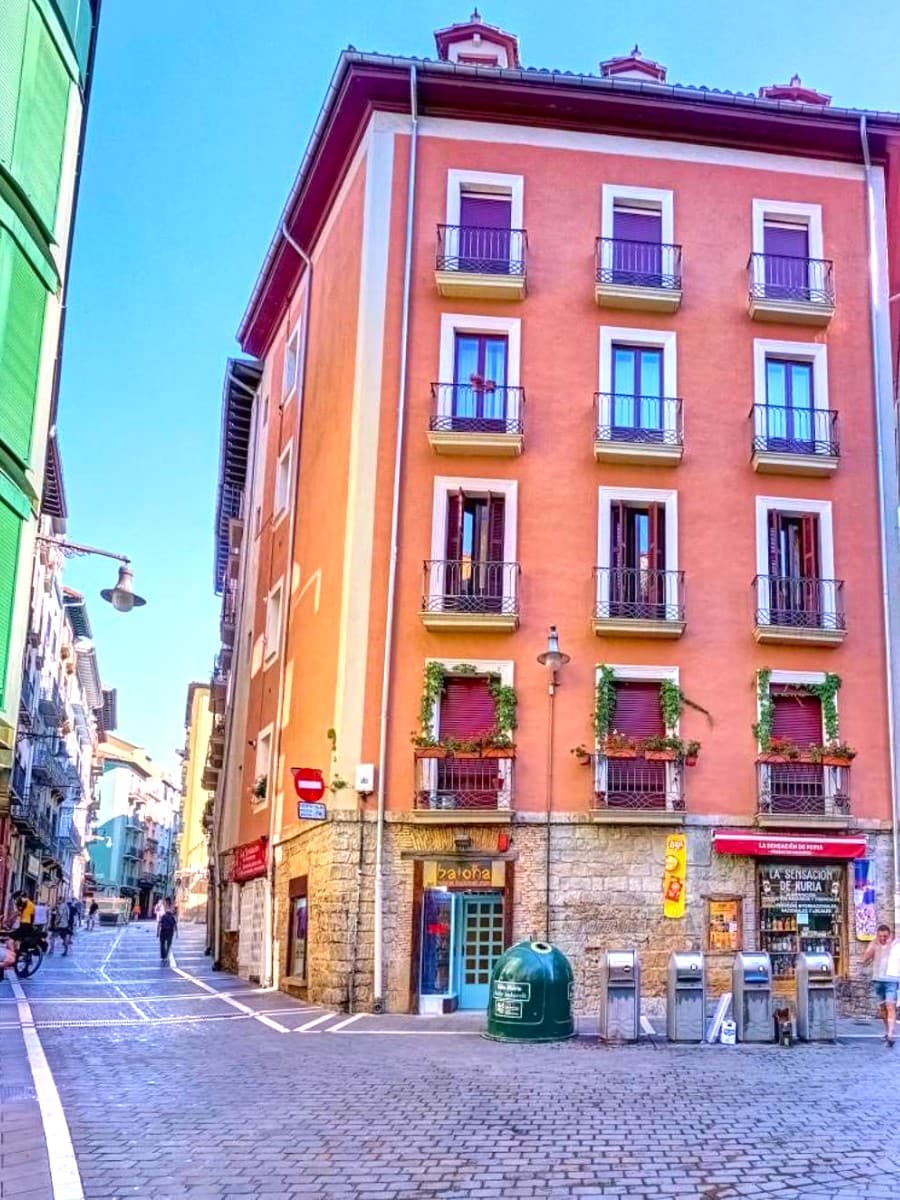
Historical Landmarks. The tours often cover iconic sites like Plaza del Castillo, Palacio de Navarra, and Catedral de Santa María, providing insights into their historical significance and architectural styles. Visitors can also explore the city walls and Citadel, which offer panoramic views of the city.
Gastronomic Tours. For food enthusiasts, gastronomic tours are available, focusing on the local pintxos culture and Basque influence on the cuisine. These tours allow visitors to sample the best of the region’s culinary delights while exploring the town’s culinary hotspots like Estafeta street and San Nicolás street.
2. Mirador del Caballo Blanco
Panoramic Views. The Mirador del Caballo Blanco offers breathtaking panoramic views of the city, making it a must-visit for anyone looking to capture the essence of the landscape. This viewpoint is particularly popular for its stunning vistas of the surrounding countryside and the town’s historical center.
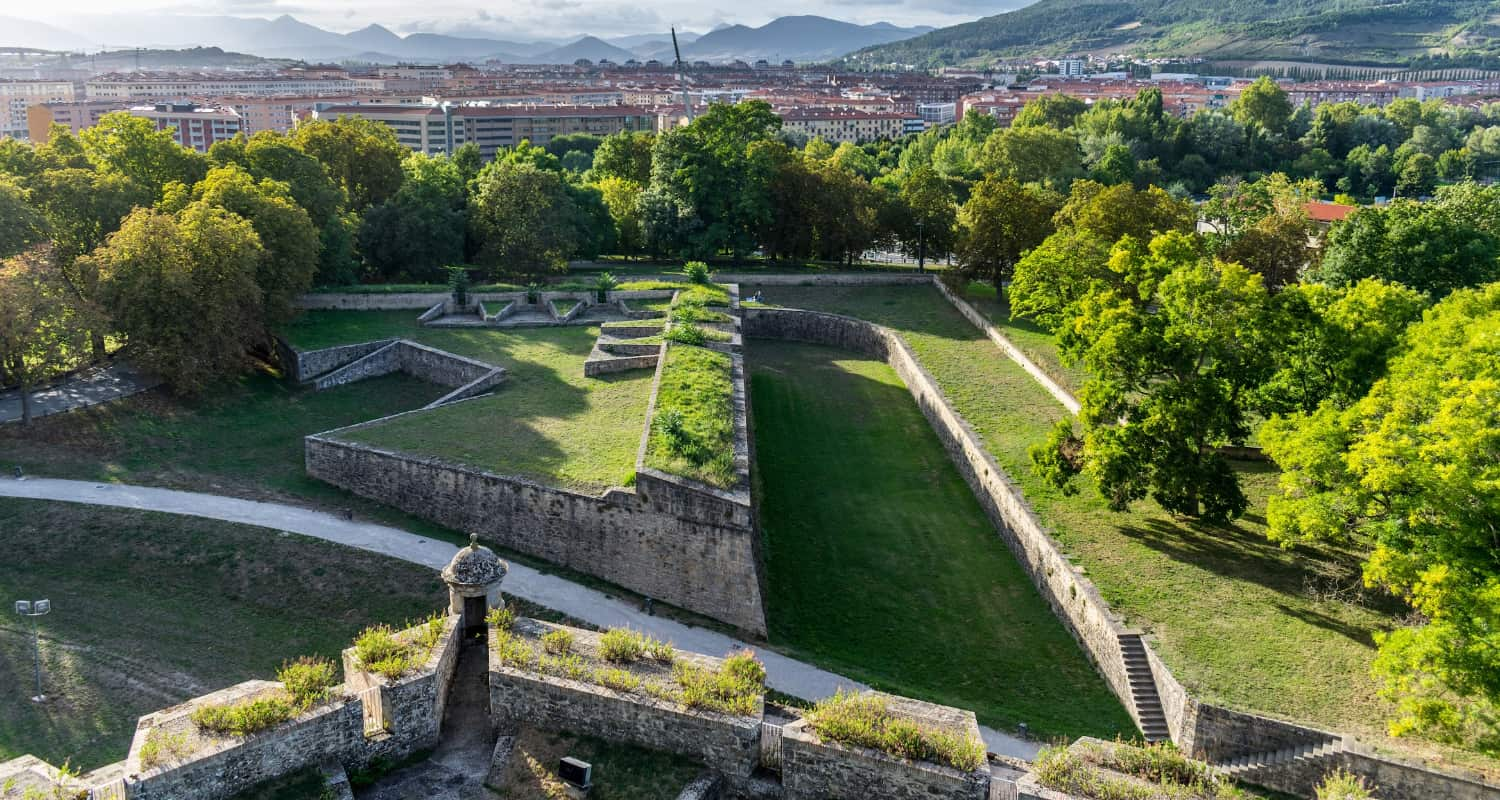
Scenic Walks. Visitors can enjoy scenic walks around the viewpoint, which is surrounded by green spaces and offers a peaceful retreat from the bustling city streets. It’s an ideal spot for photography, with the town’s skyline and the Arga River providing a picturesque backdrop.
Practical Tips. Access to the viewpoint is free, and it’s easily accessible on foot from the city center. My advice is to visit during late afternoon for the best light and views.
❓ FAQ about Trips to Pamplona
When is the Running of the Bulls in Pamplona Spain?
The Running of the Bulls takes place during the San Fermin festival, held annually from July 6-14. The bull runs occur each morning at 8:00 AM through the streets of the Old Town, attracting thousands of spectators and participants.
What are the top things to see in Pamplona city centre?
Plaza del Castillo is considered the heart of Pamplona, featuring historic cafés like Café Iruña where Ernest Hemingway once frequented. Other must-visit attractions include the Cathedral of Santa María with its Gothic cloister and the Palacio de Navarra with its impressive neoclassical façade.
How can I visit the Old Town and Pamplona city walls?
The Old Town can be explored through self-guided or organized walking tours that cover the three historical boroughs of San Cernin, Navarrería, and Población de San Nicolás. The city walls, designated as a National Monument, offer panoramic views and can be accessed via several walking routes including the scenic Taconera Gardens circuit.
What should I know about the Citadel of Pamplona?
The Citadel is a Renaissance military fortress built in the 16th century featuring a unique star-shaped design. It played a significant role in battles involving the crown of Castile and France, and today serves as a cultural center and public park where visitors can enjoy green spaces and occasional exhibitions.
Where can I find the best pintxos in Pamplona?
The best pintxos can be found along Estafeta street, San Nicolás street, and around Plaza del Castillo, where local bars serve these miniature culinary masterpieces. Traditional options include egg fritos, pepper fritos, and squid fritos, all showcasing the region’s Basque-influenced gastronomy.
How far is San Sebastian from Pamplona?
San Sebastian is approximately 80 kilometers from Pamplona, making it an ideal day trip destination. The journey takes about an hour by car or 1.5 hours by public transportation, allowing visitors to experience both the cultural richness of Pamplona and the coastal beauty of San Sebastian.
What Navarre attractions can I visit around Pamplona?
The Museum of Navarra houses an impressive collection of regional art including Roman mosaics, medieval sculptures, and works by Jorge Oteiza. Outside the city, visitors can explore the Arga River Park for outdoor activities like cycling and canoeing, or take a short trip to the renowned Rioja wine region.
Where is the best souvenir shopping in Pamplona?
The best souvenir shopping can be found in the streets surrounding Plaza del Castillo and in the Old Town, particularly along Mercaderes street. Local markets like Santo Domingo Market offer authentic regional products including Navarra wine, traditional crafts, and San Fermín memorabilia.
What can I do during one day in Pamplona?
With just one day in Pamplona, prioritize visiting the Cathedral of Santa María, strolling through Plaza del Castillo, exploring the city walls, and enjoying pintxos at local bars. A visit to the Centro Temático del Encierro y los Sanfermines will provide insight into the famous bull-running tradition that made the city internationally known.
How can I book a tour of Pamplona attractions?
Tours can be booked through the Tourism Information Office located in Plaza Consistorial or online through various tour operators. Options range from general city tours to specialized experiences focusing on San Fermín traditions, gastronomy, or the Camino de Santiago pilgrimage route that passes through the city.
